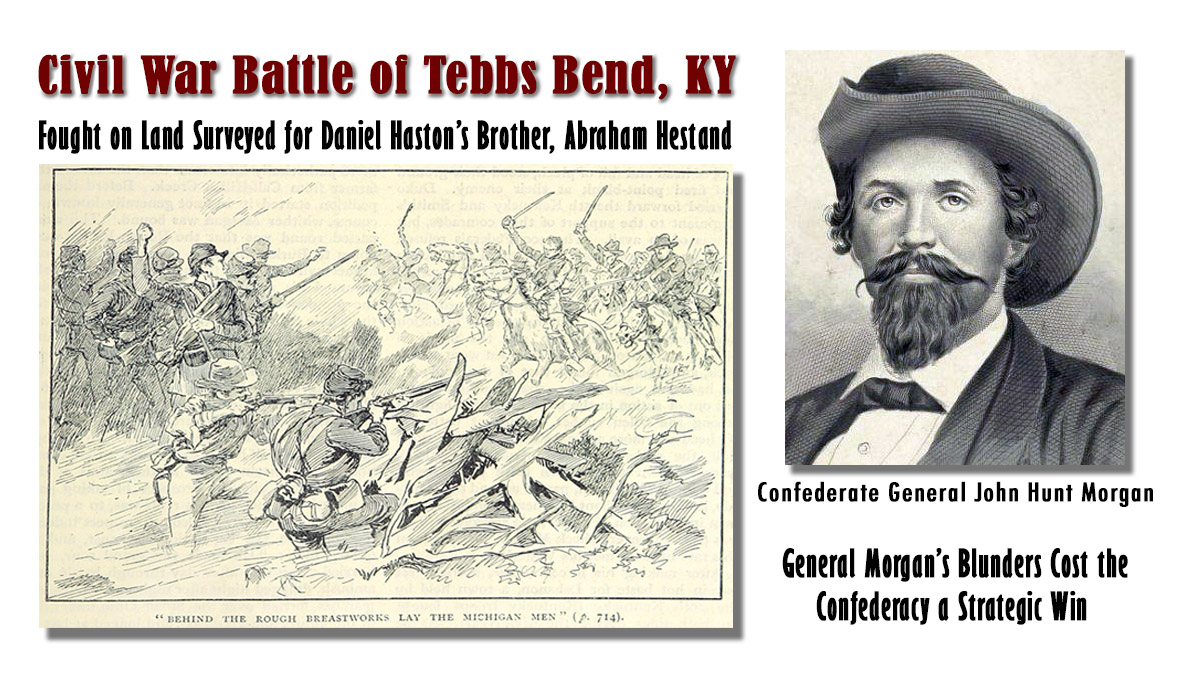Our 300th Blog Post

Our 300th Blog Post/Article - Browse All of Them





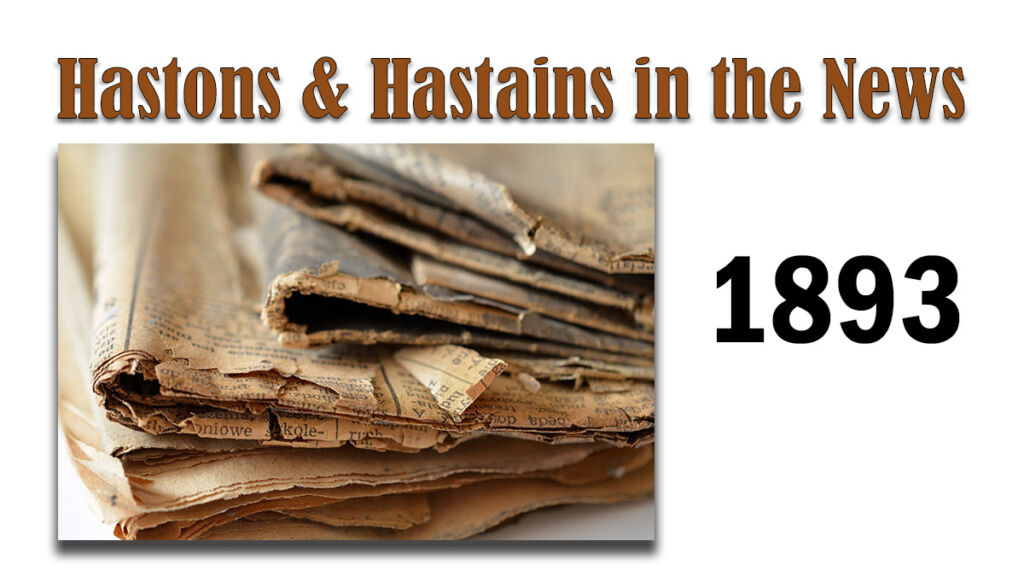





















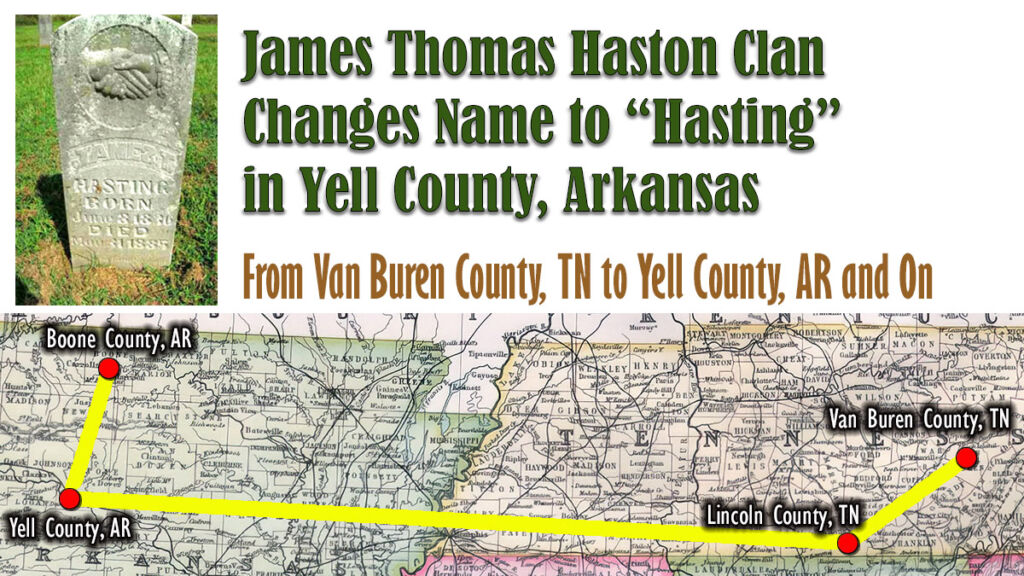

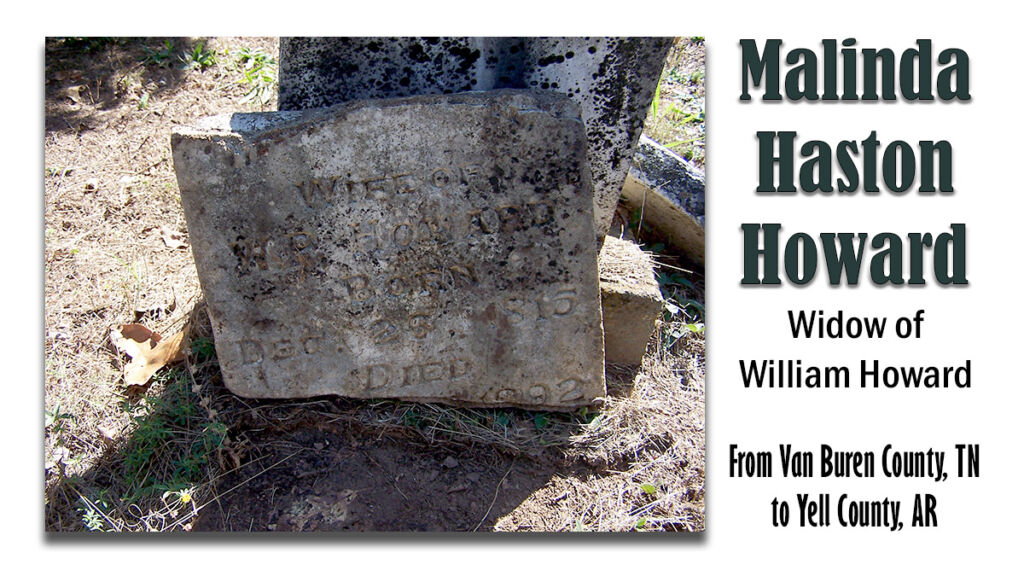

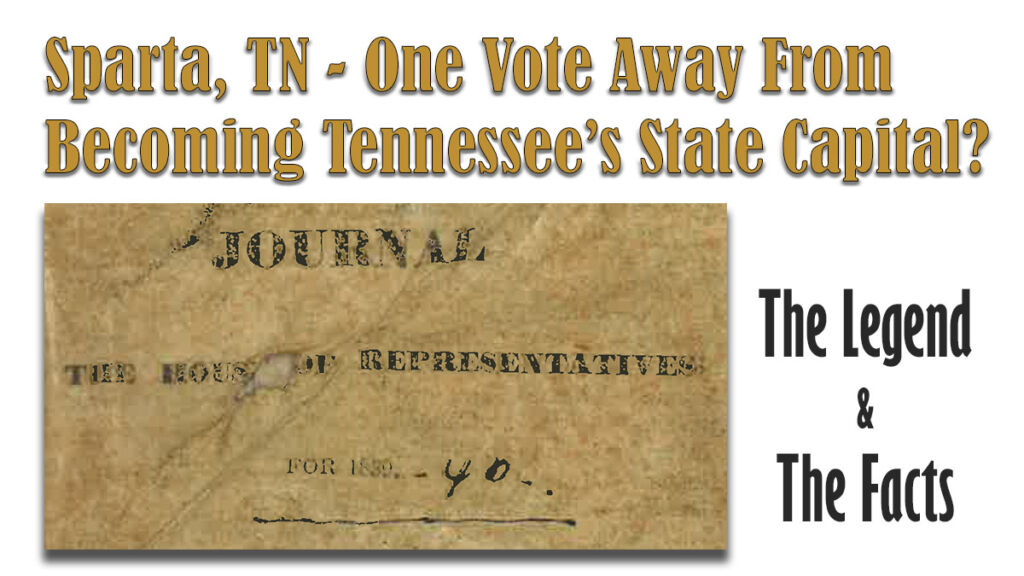






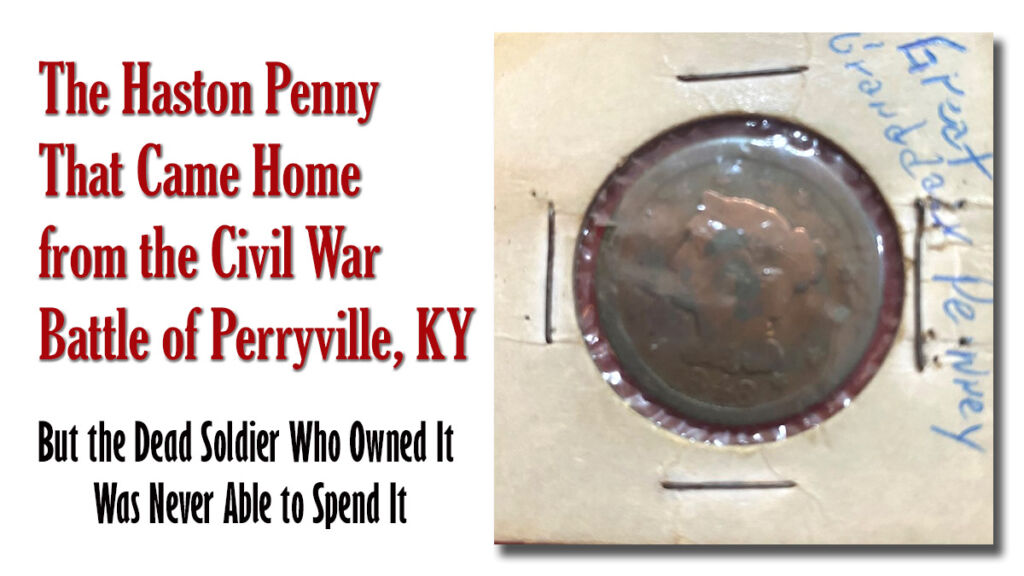

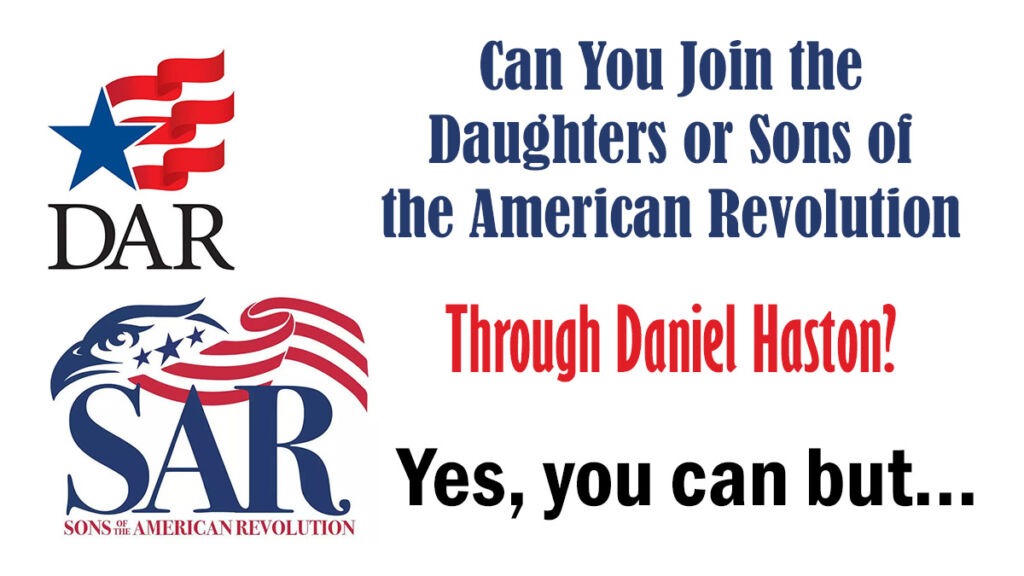



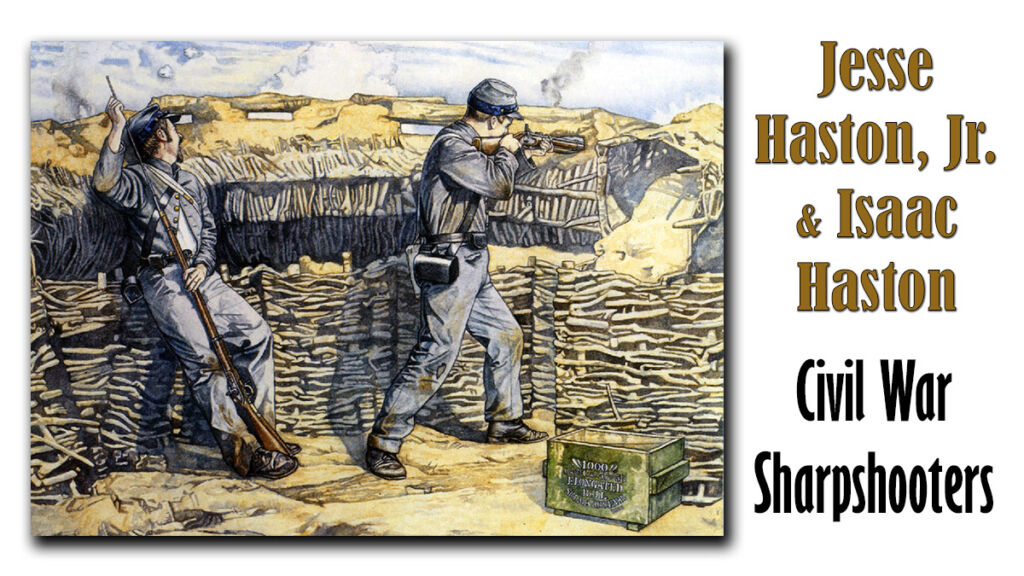



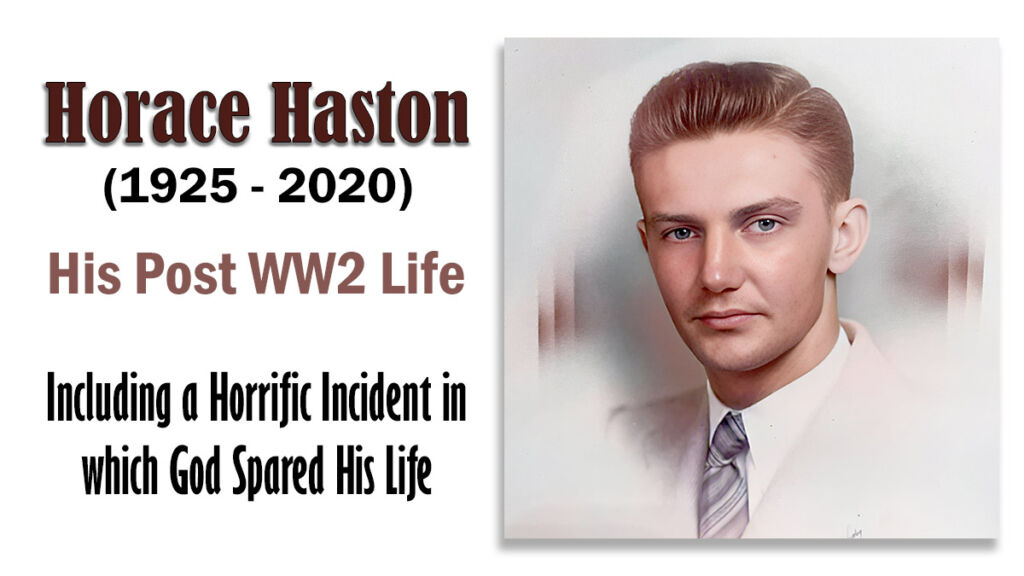


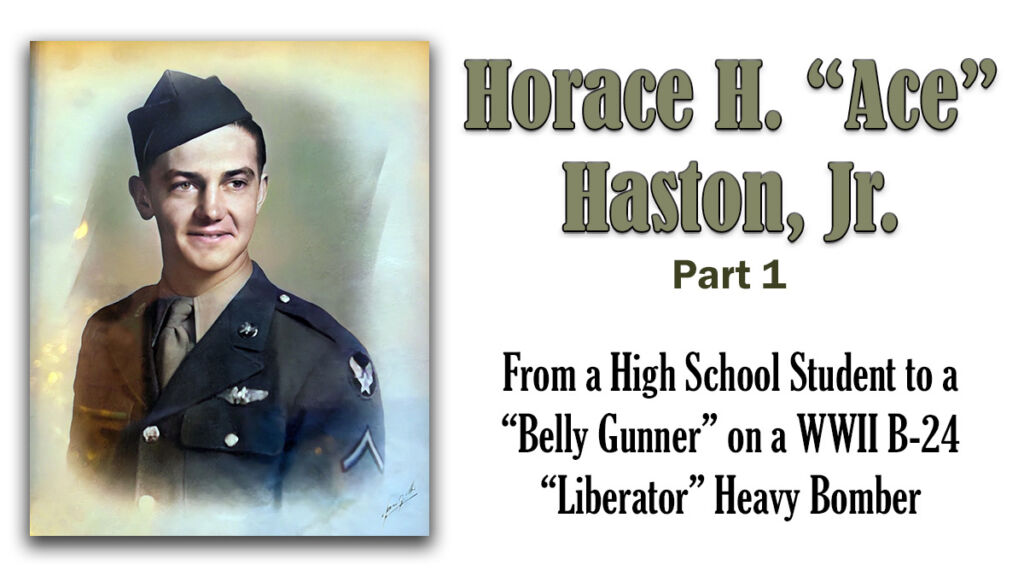

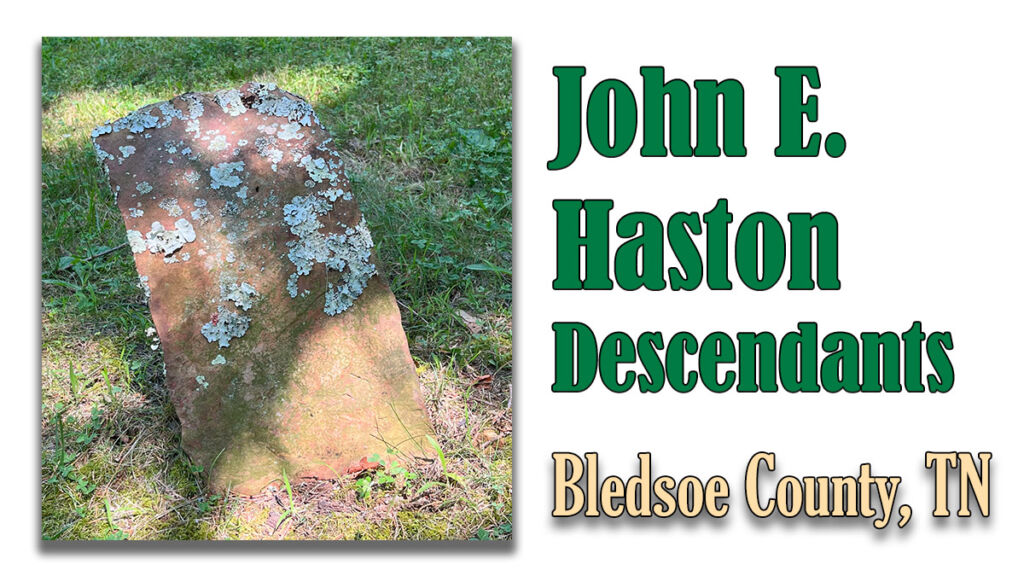




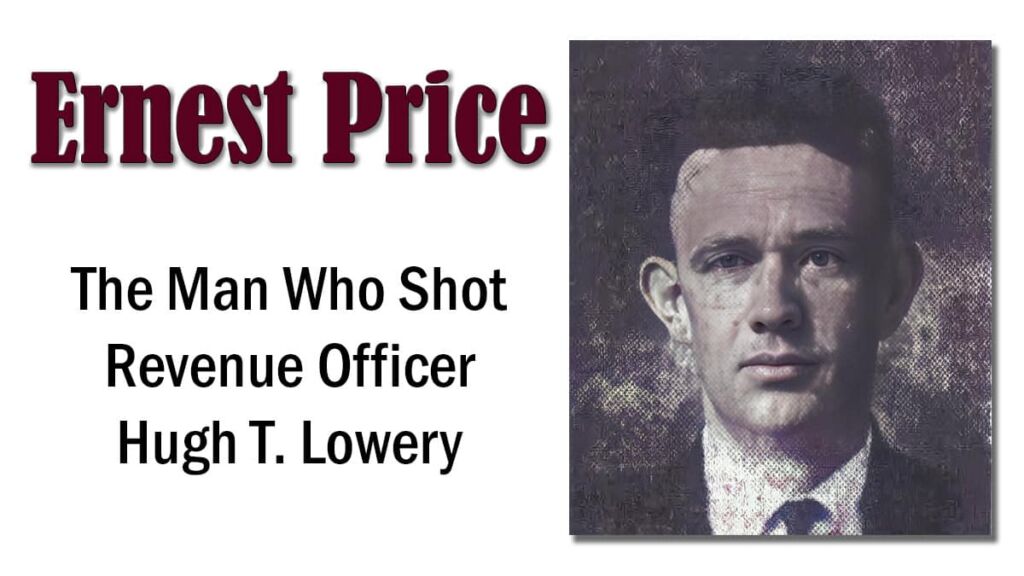







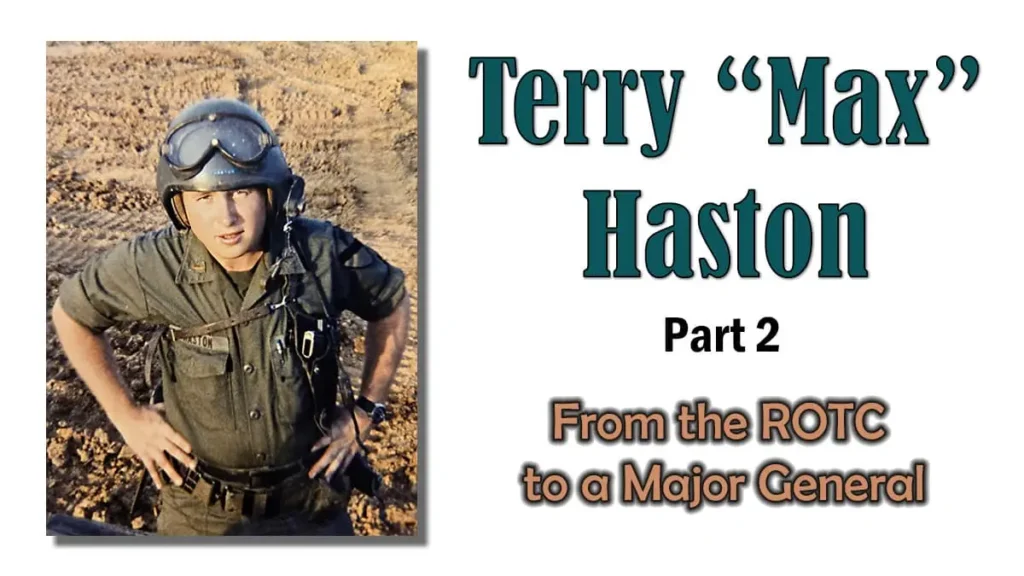

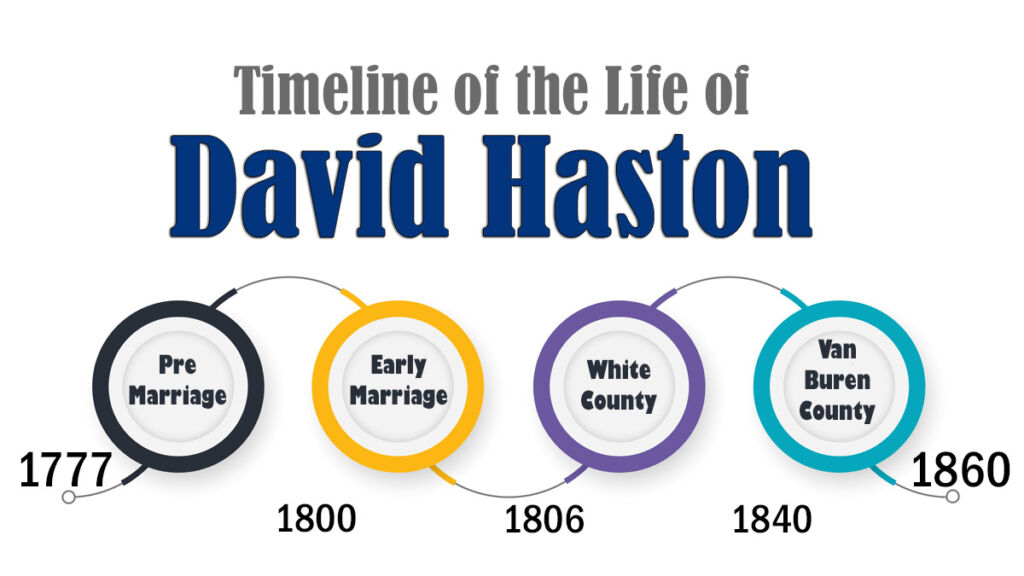

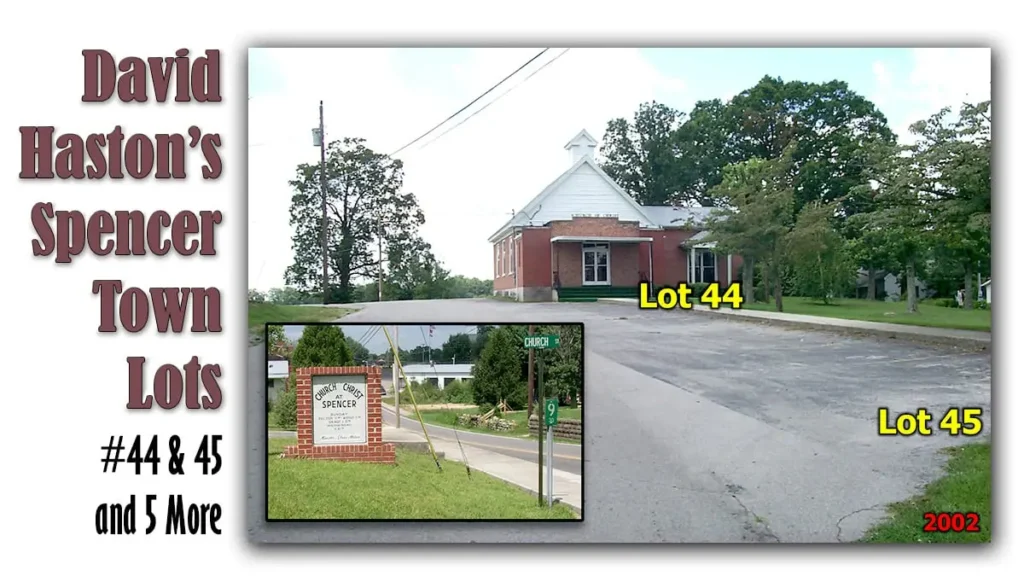



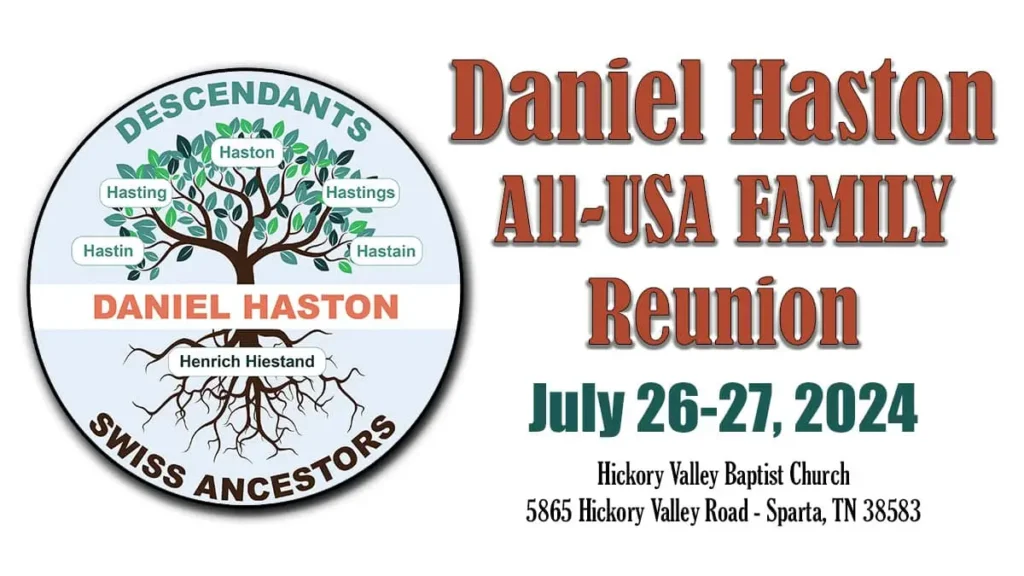
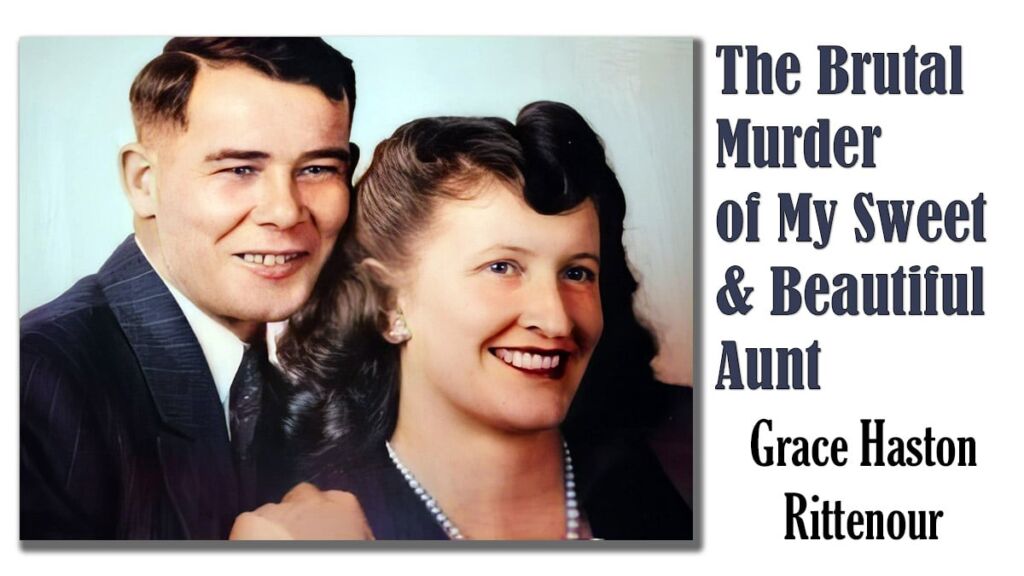






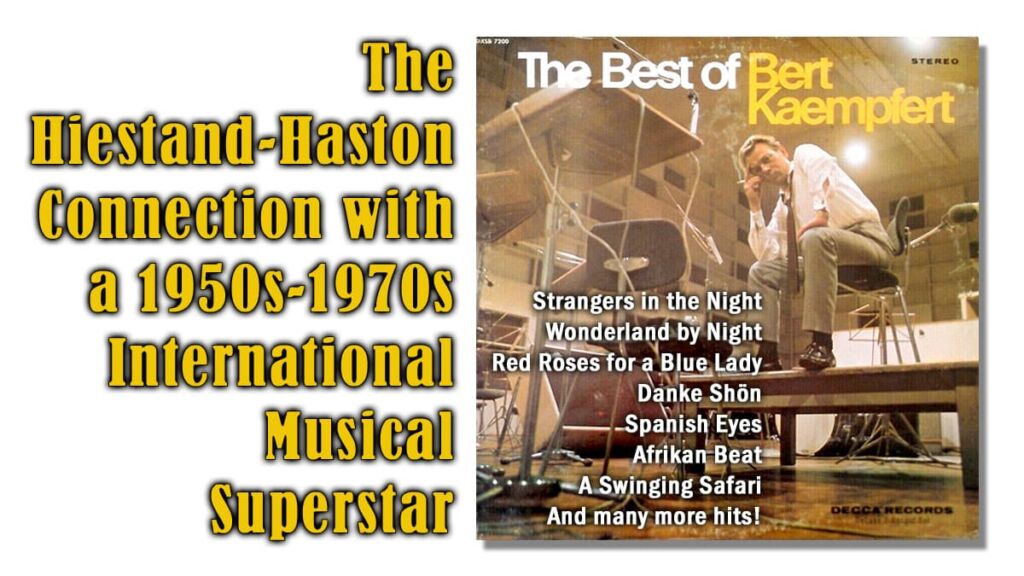
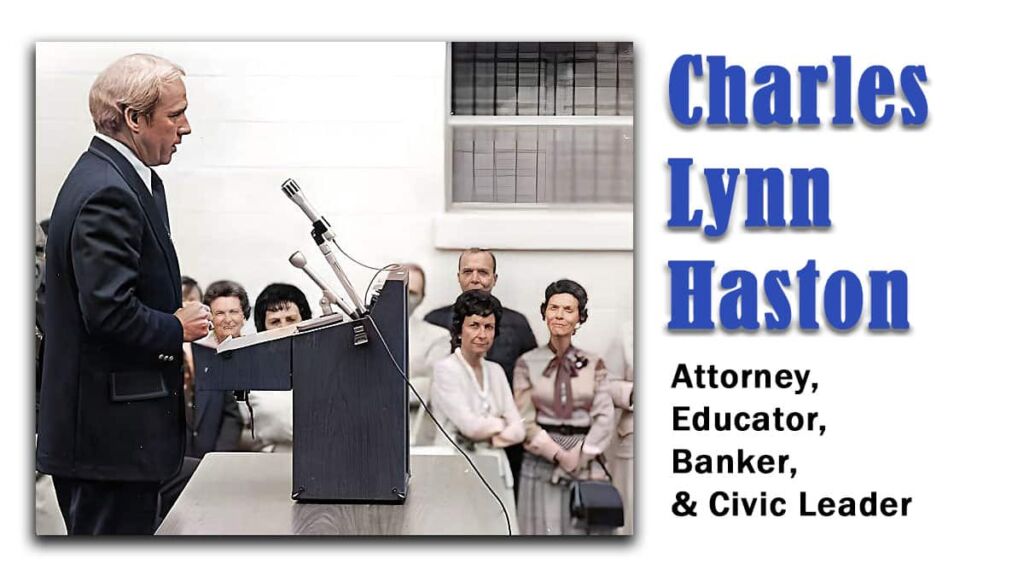

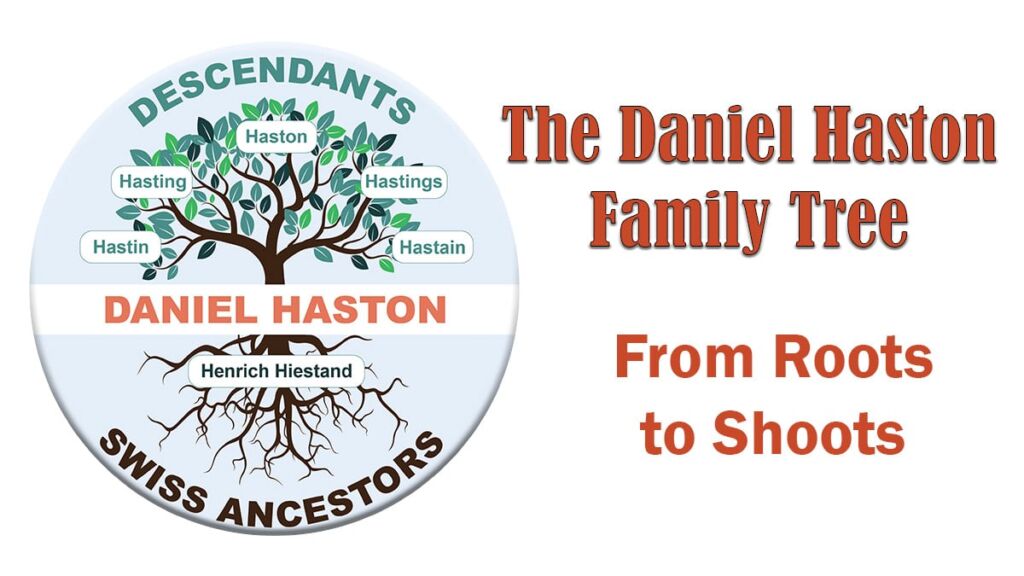

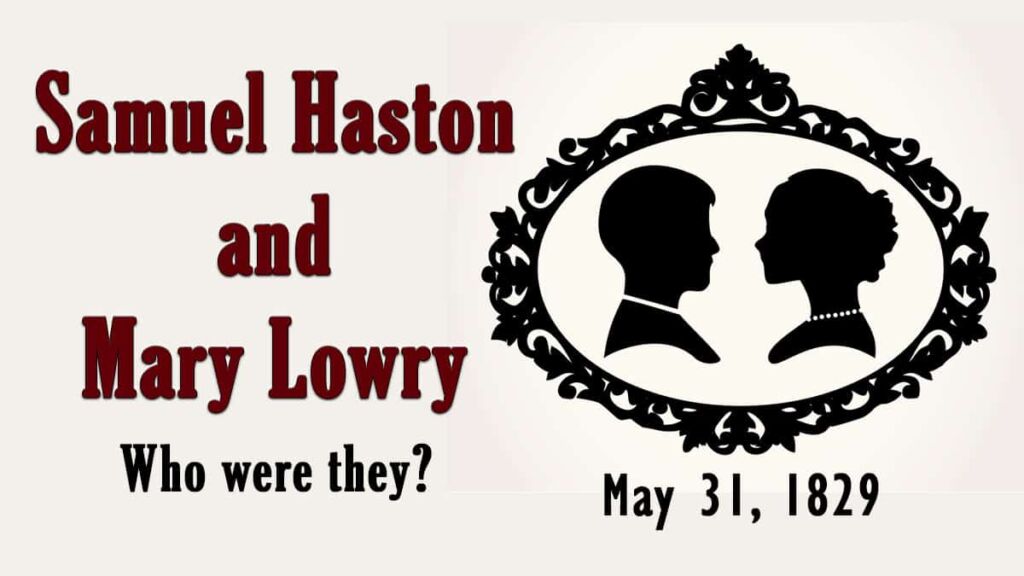

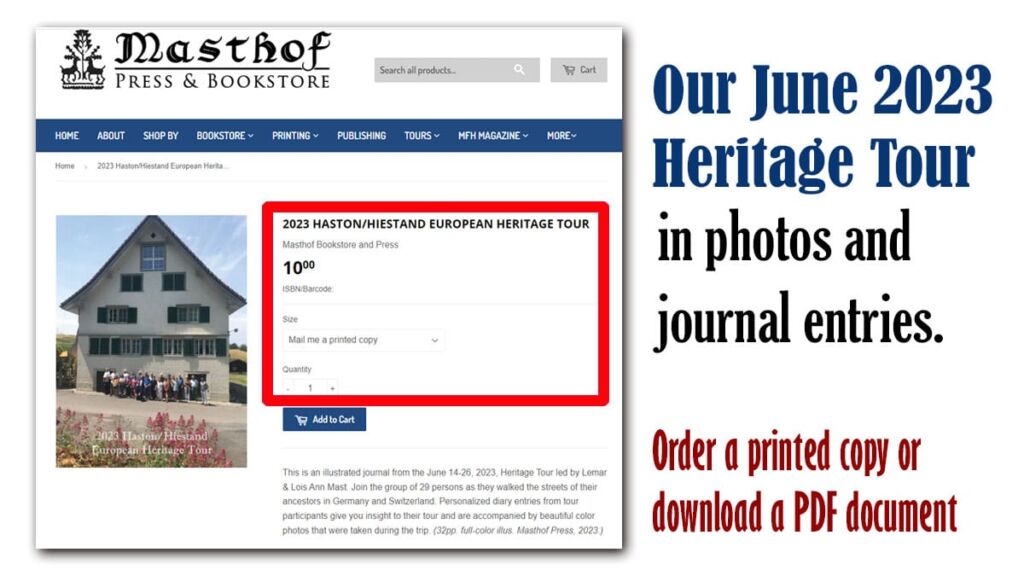
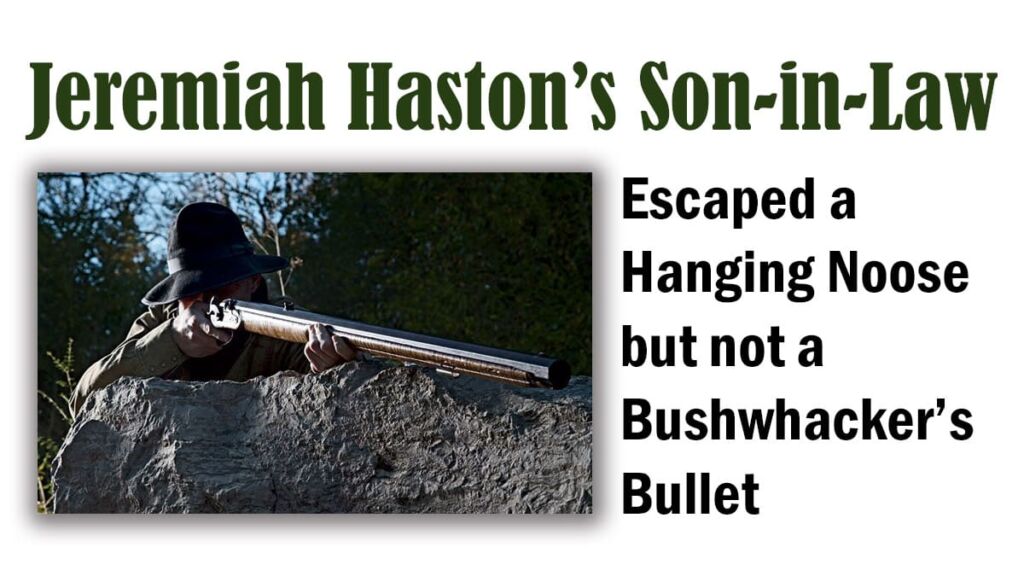



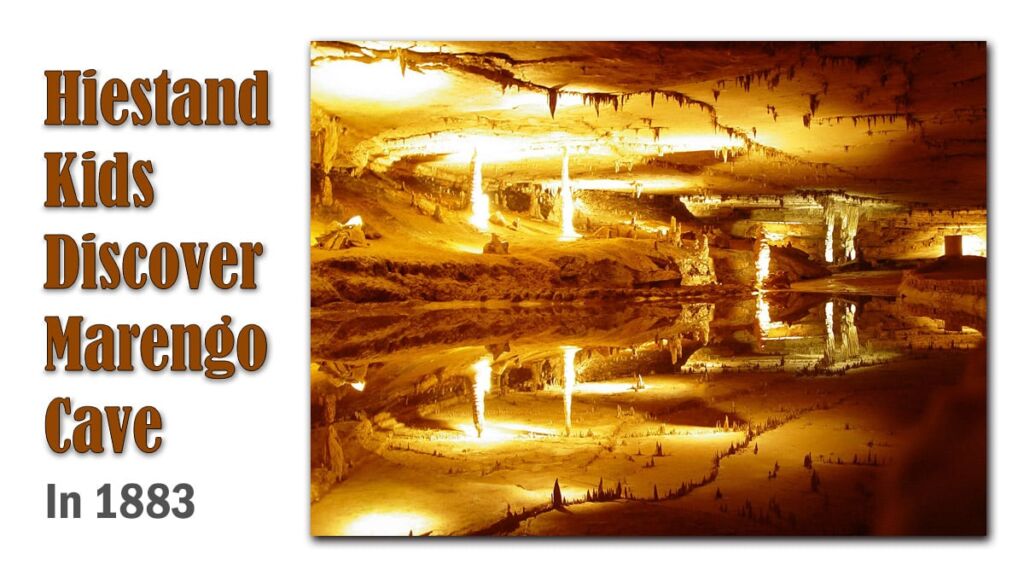









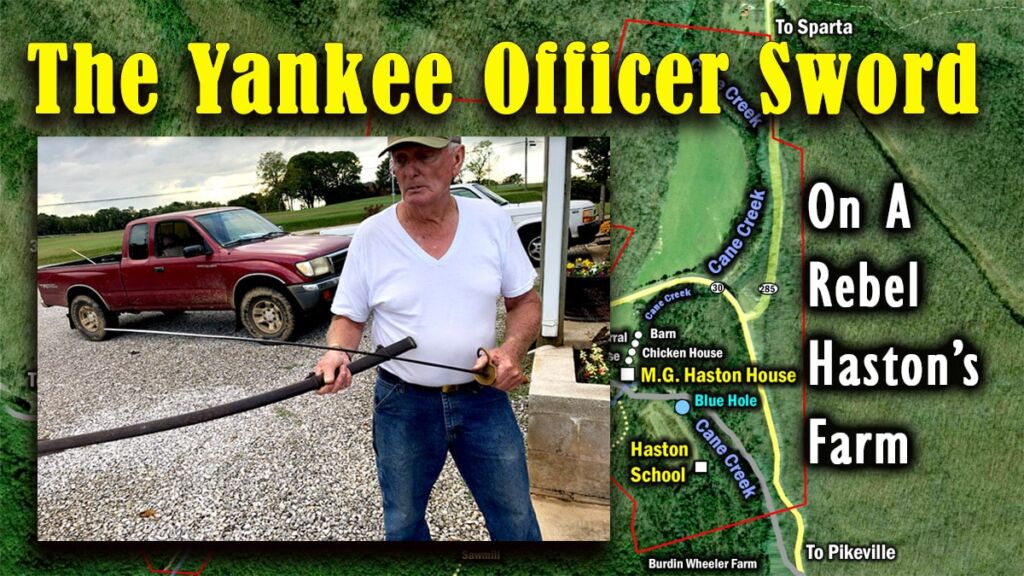
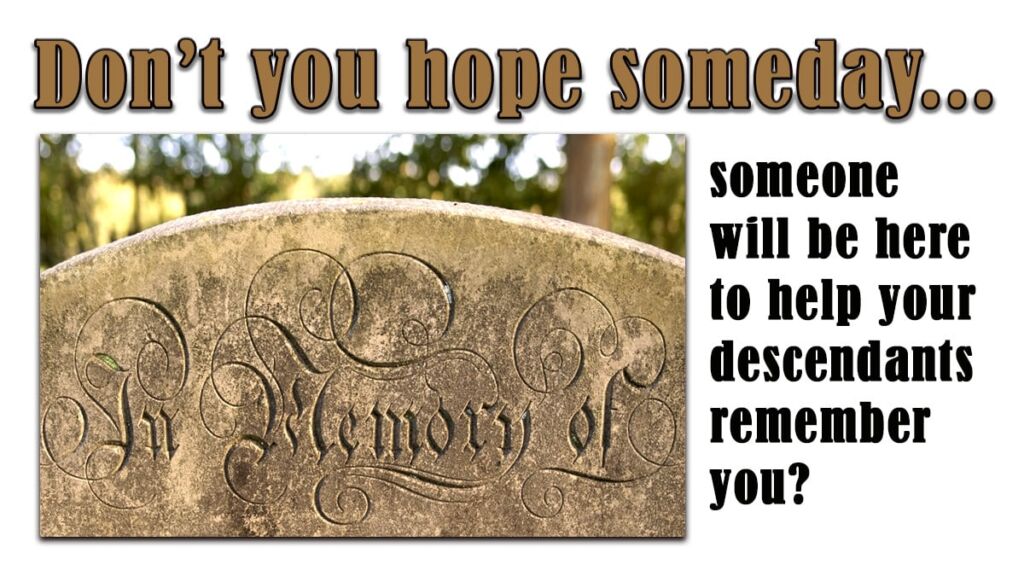
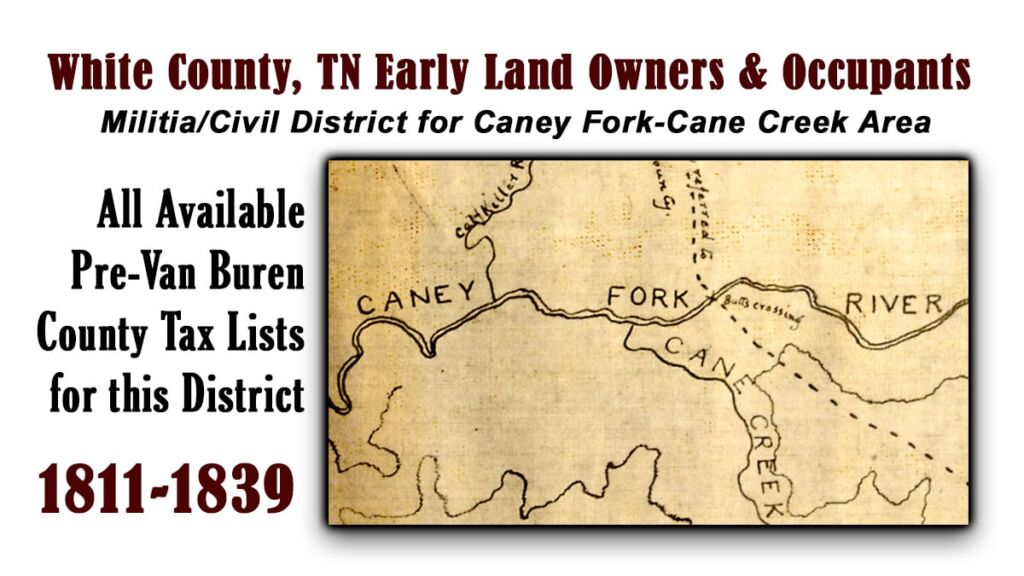

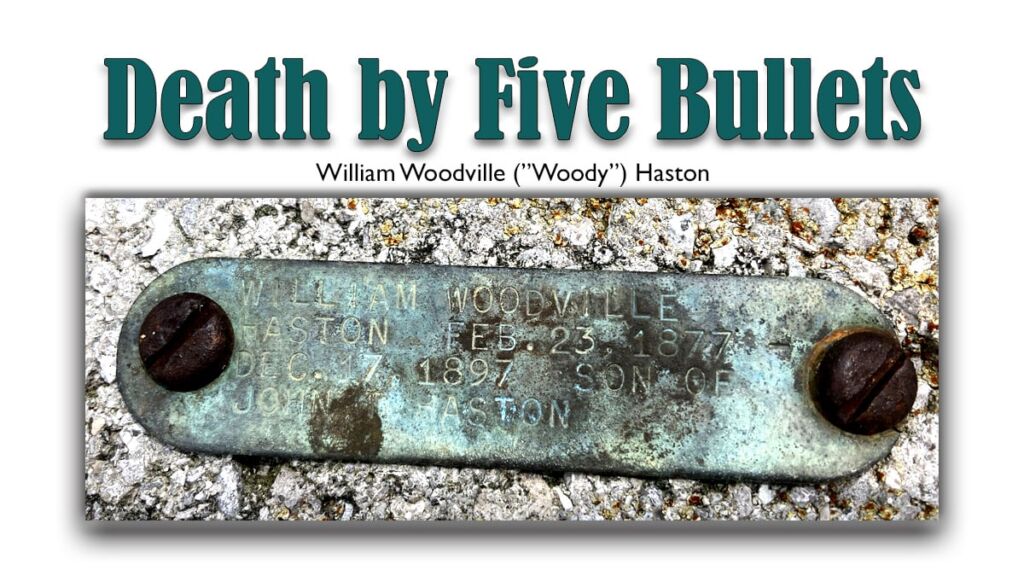






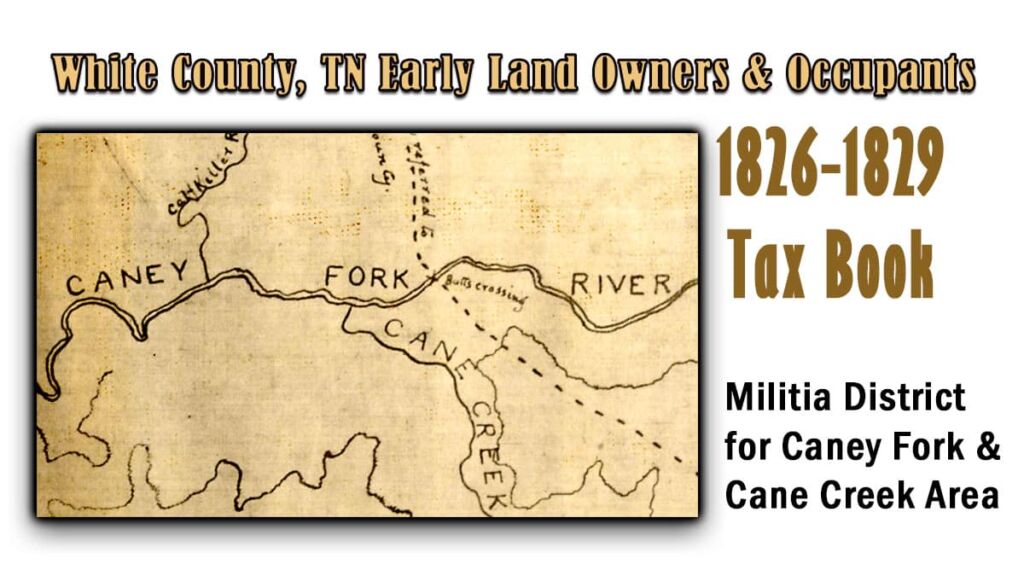
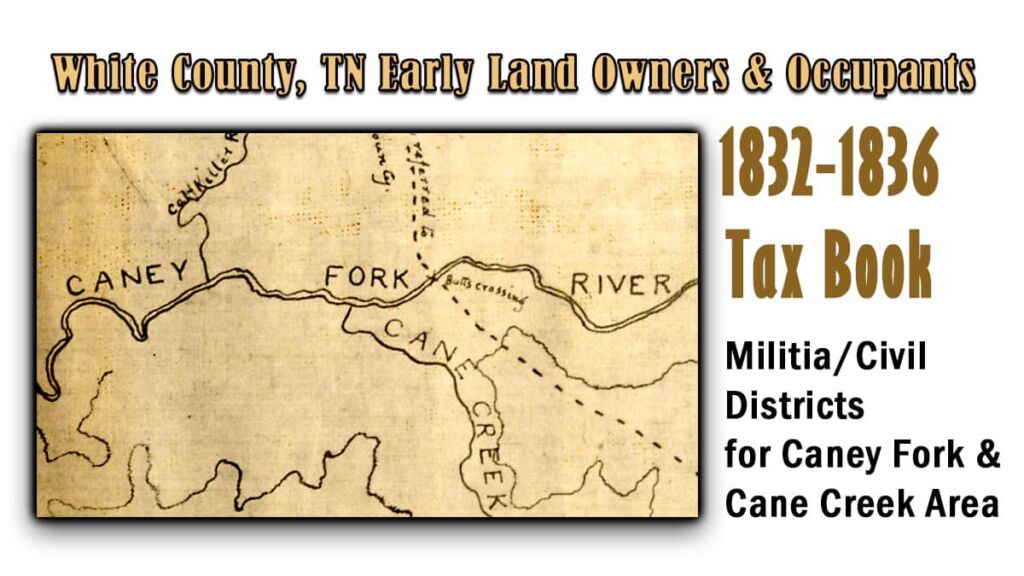
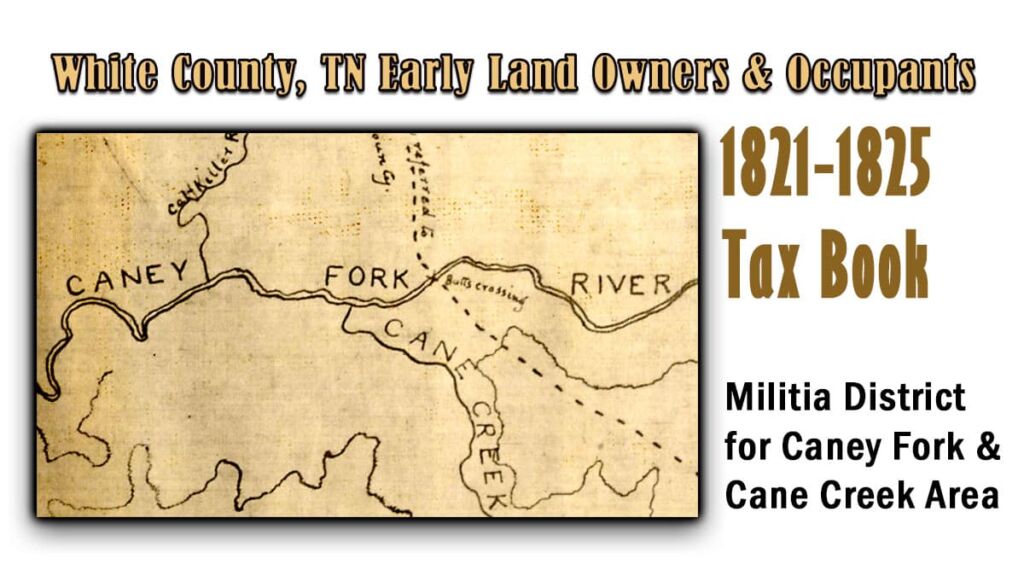




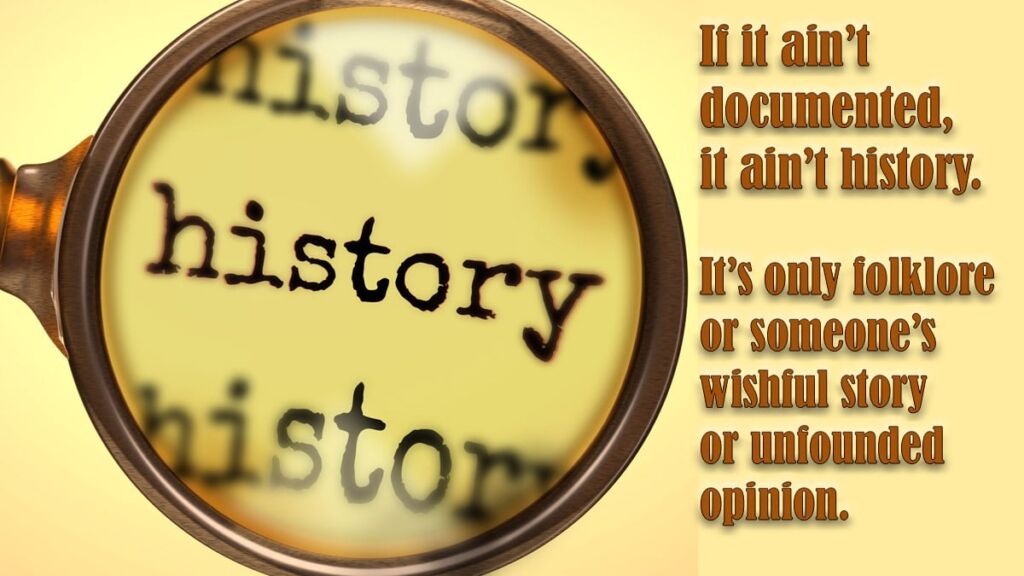
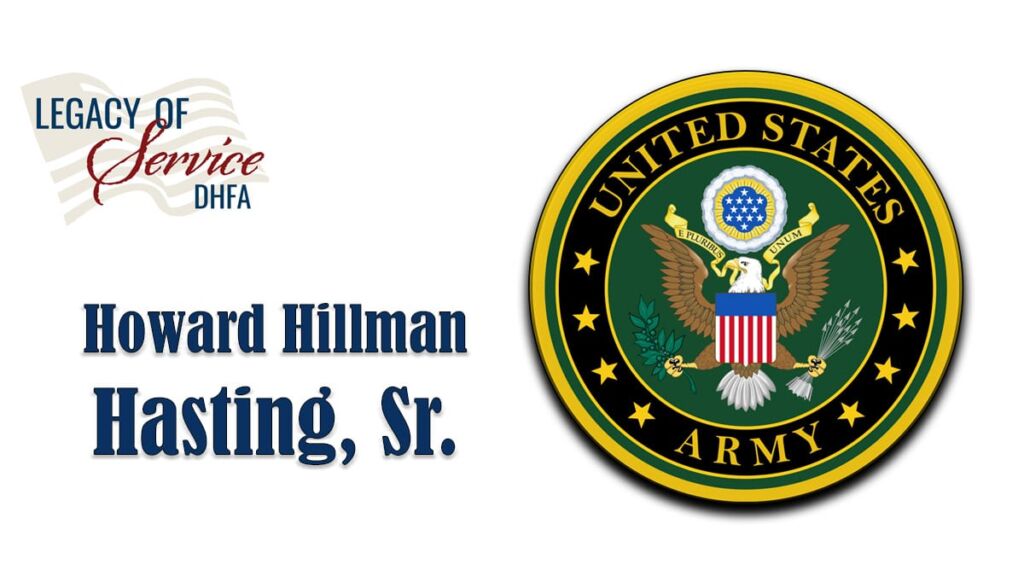
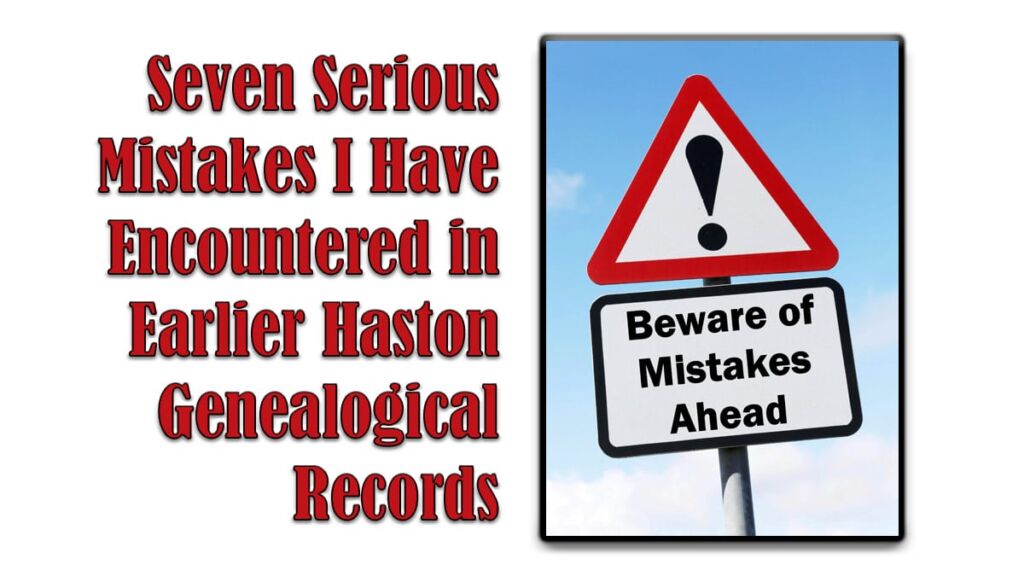

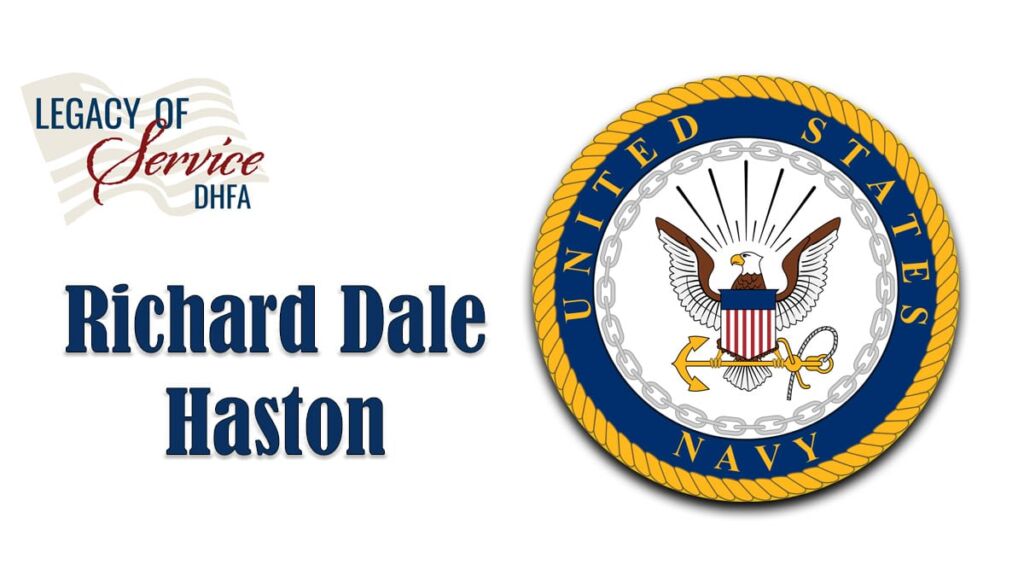

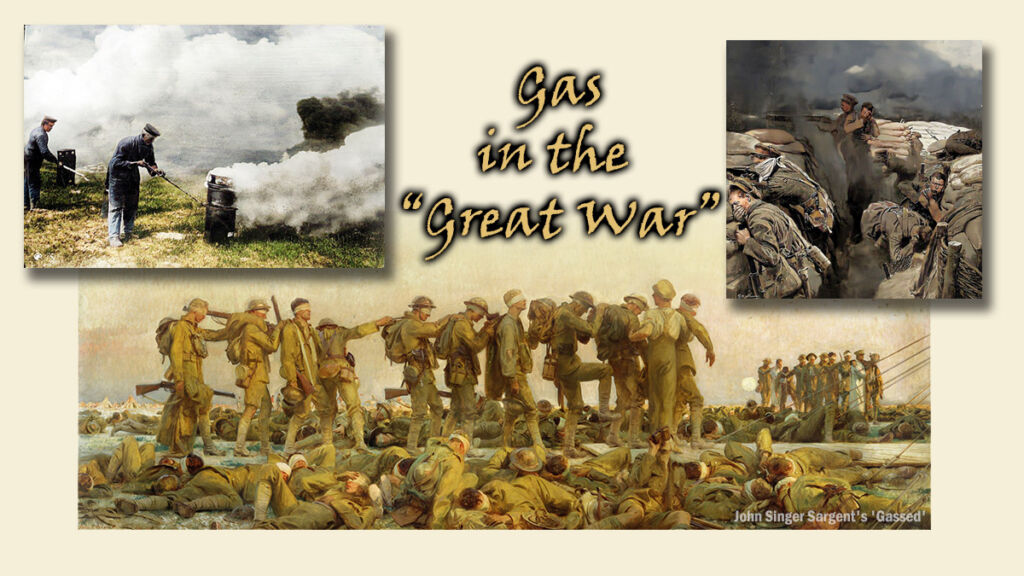
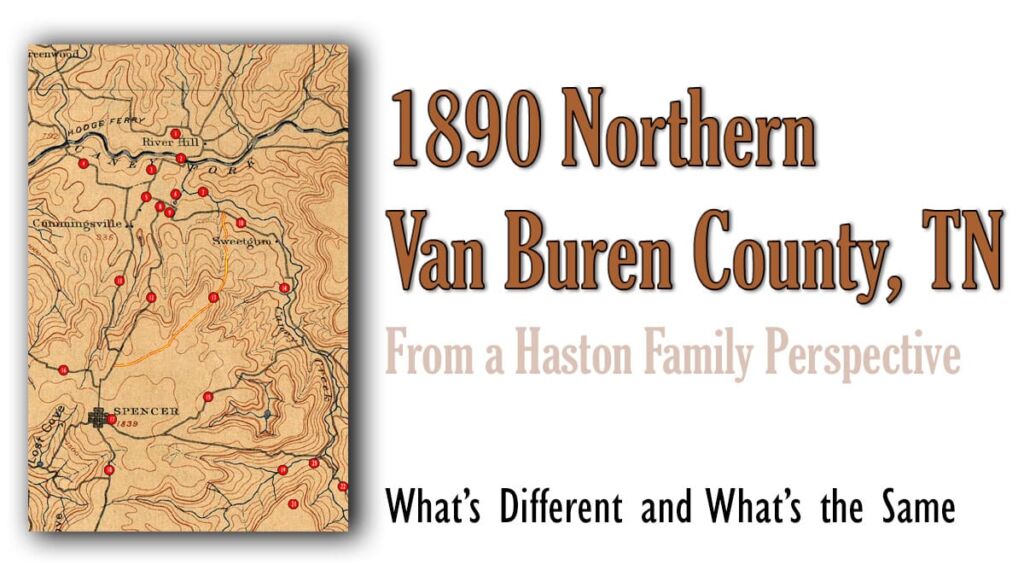
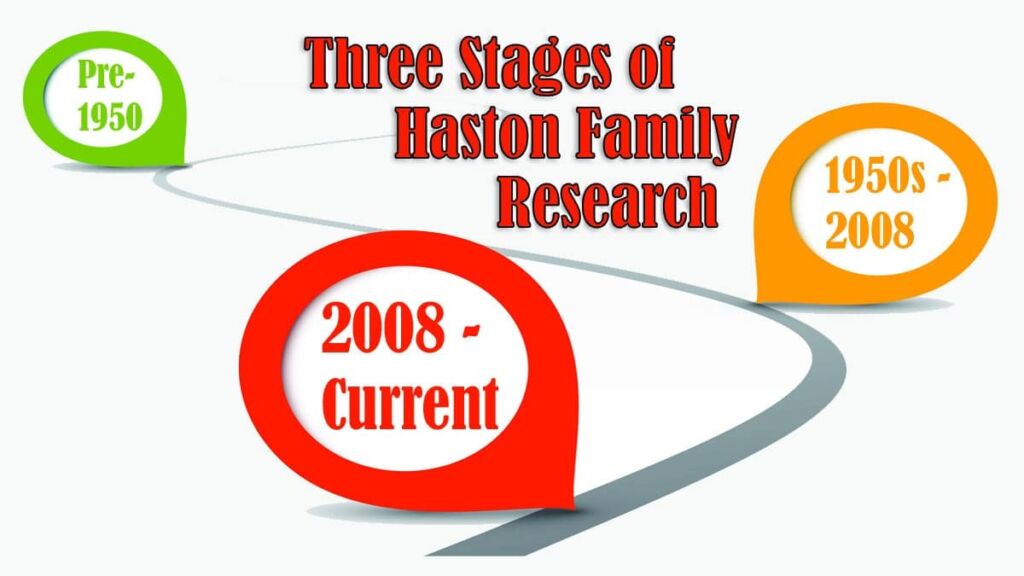






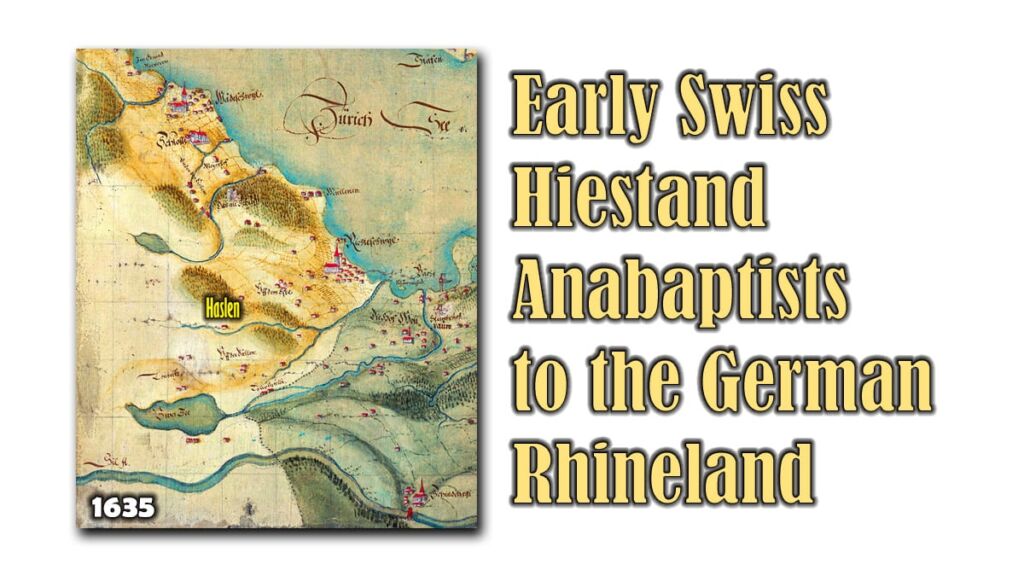









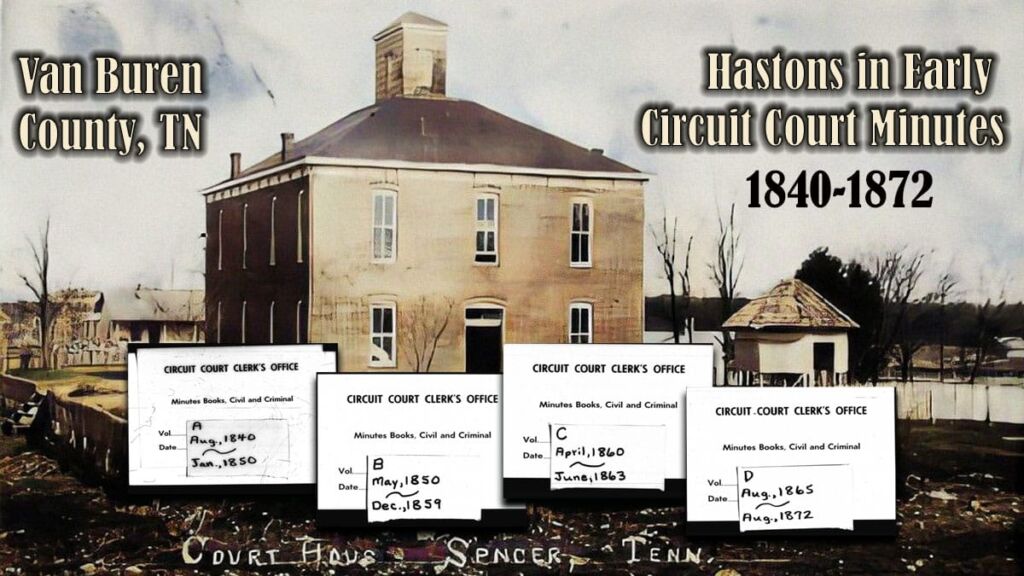






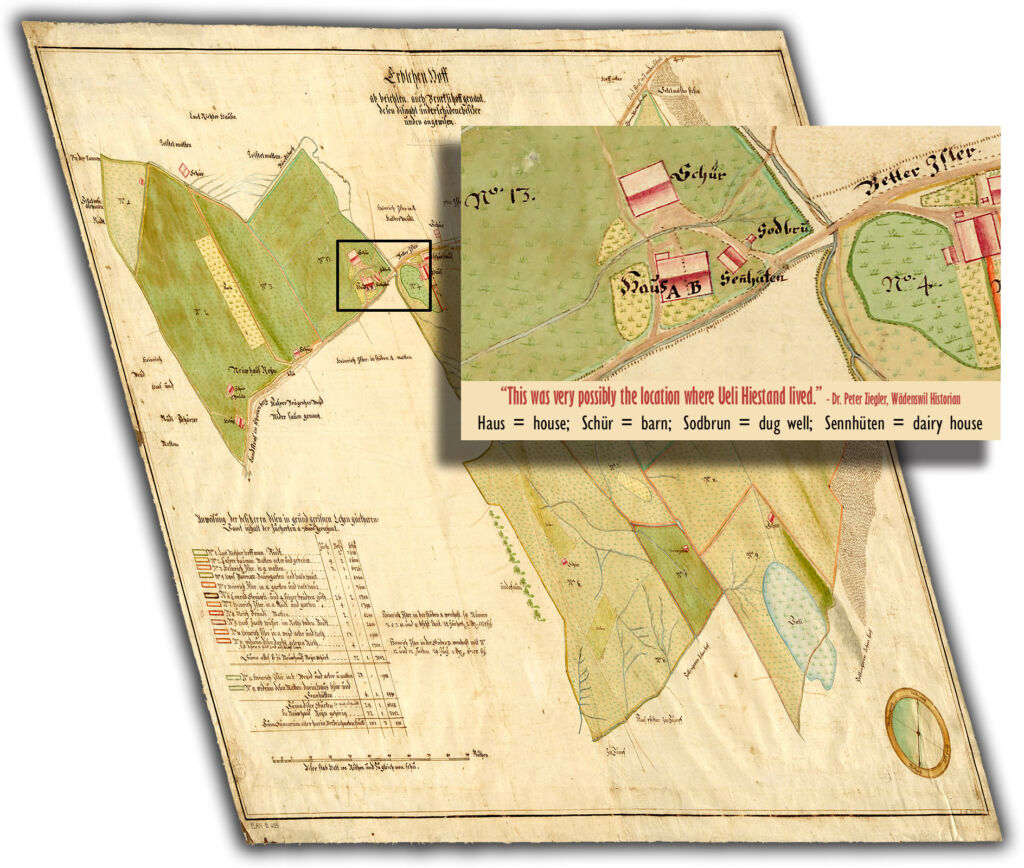
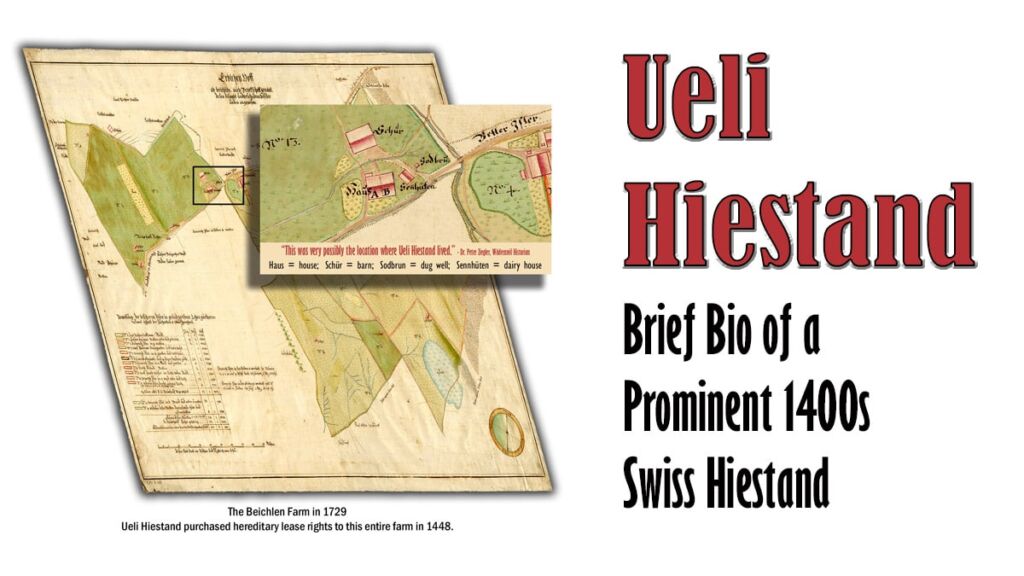


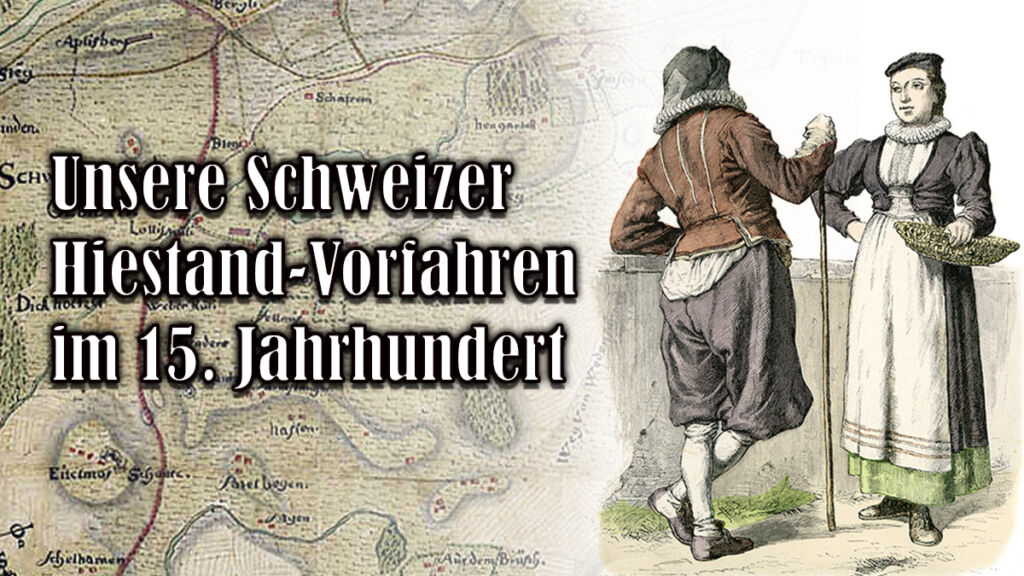


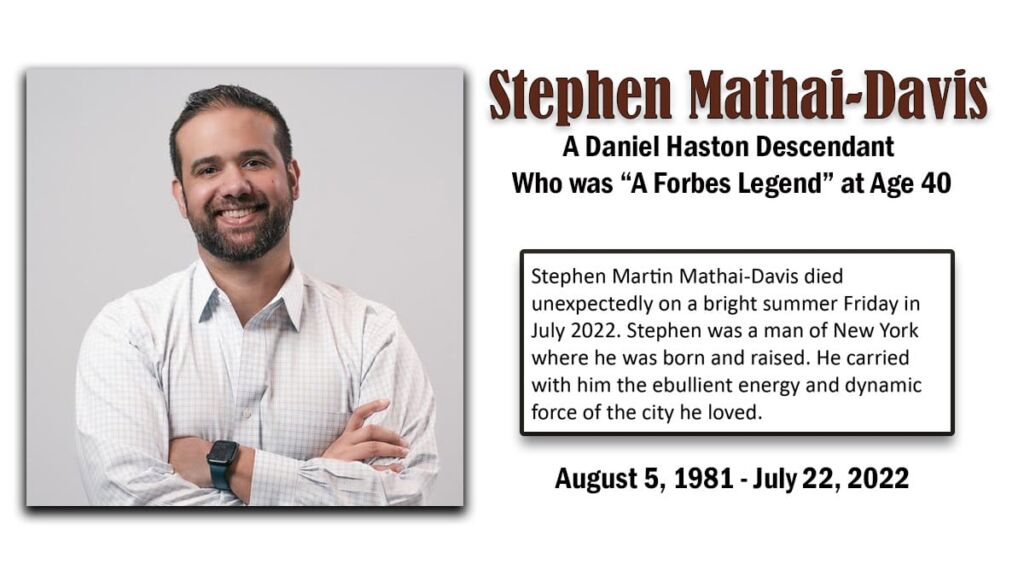


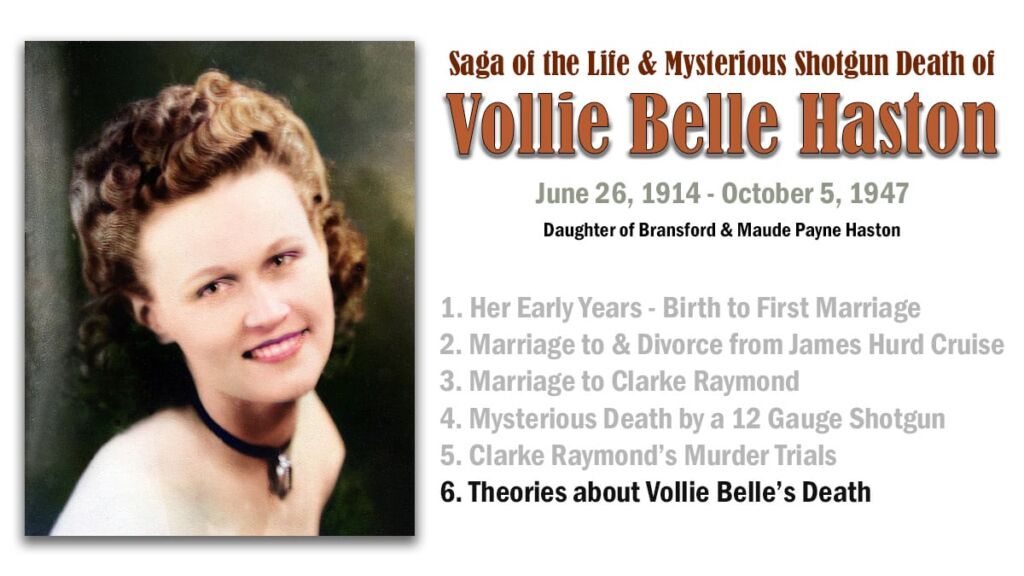




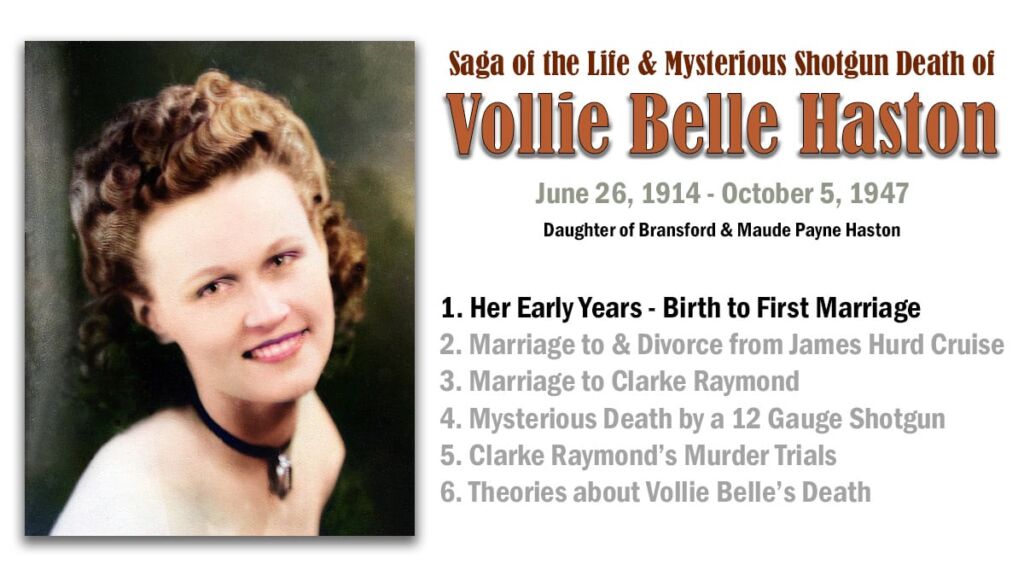




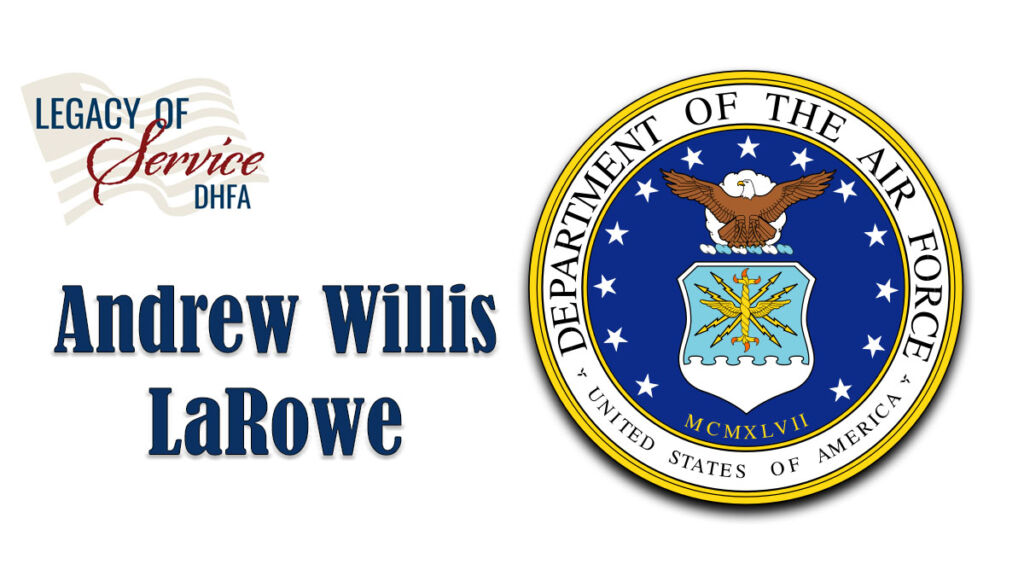
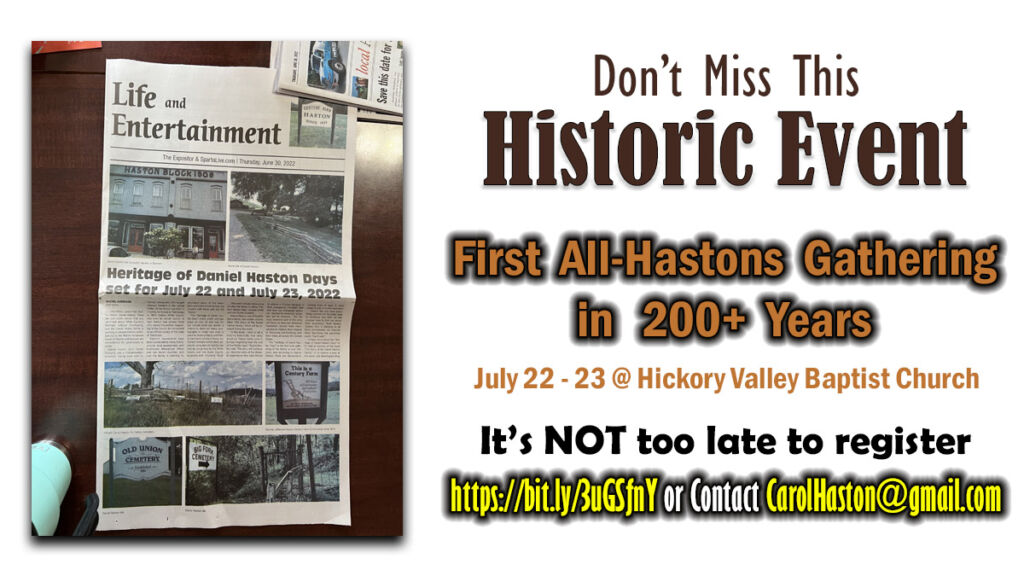

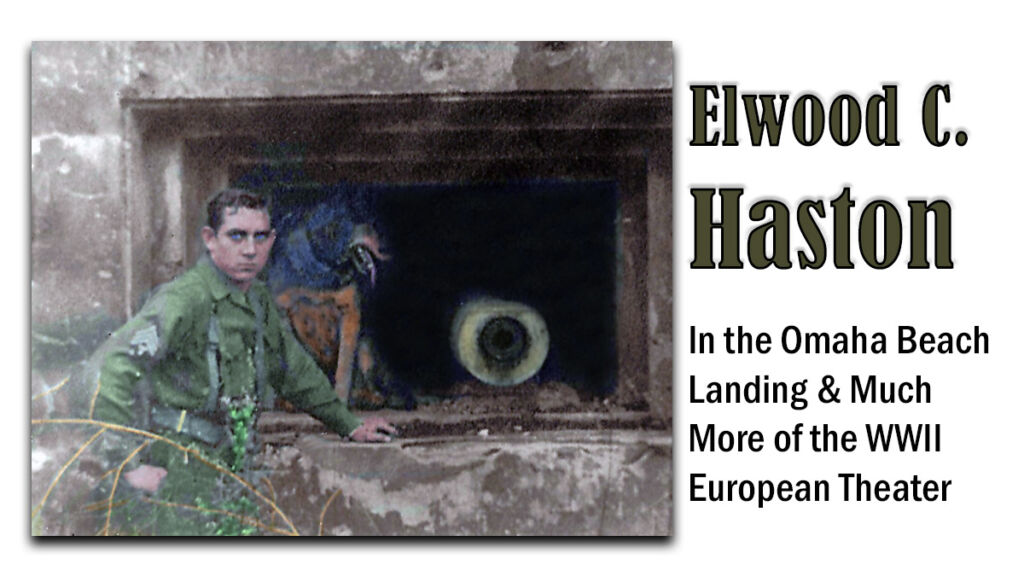
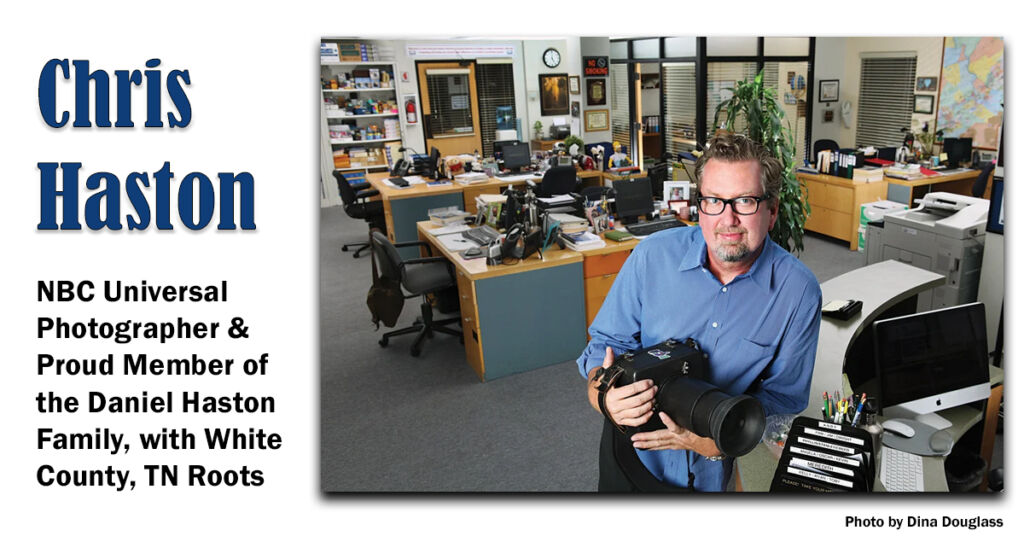

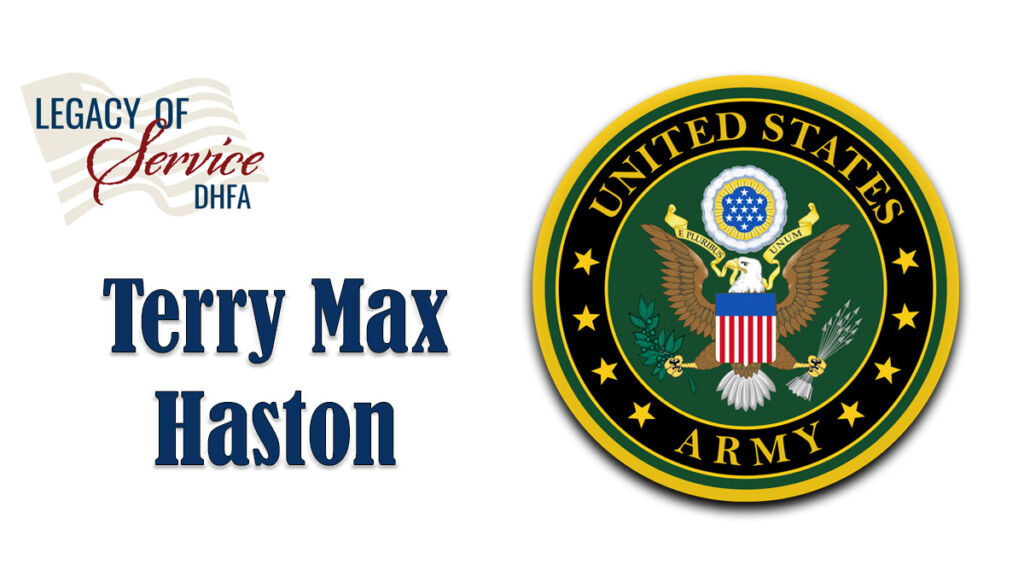
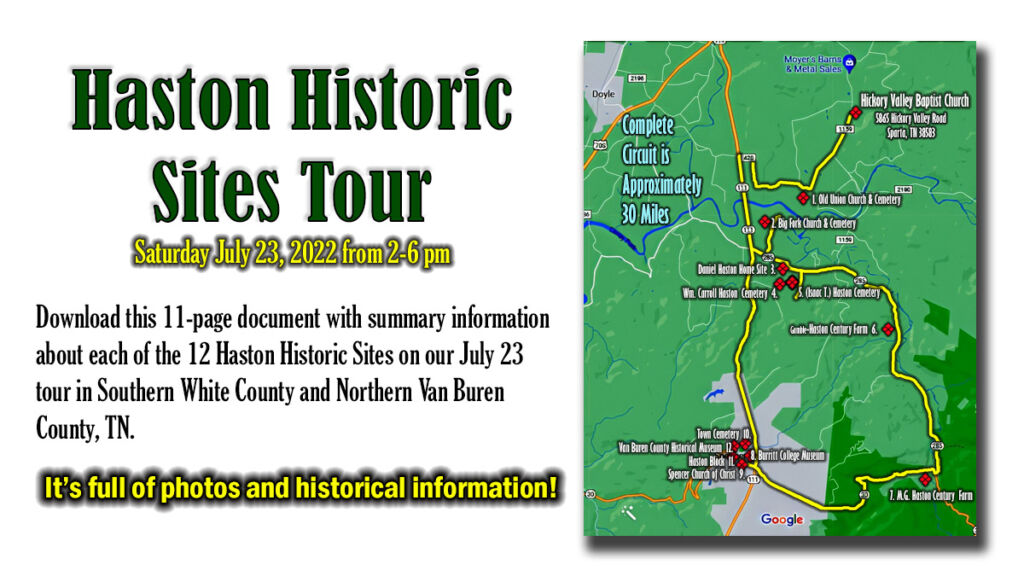






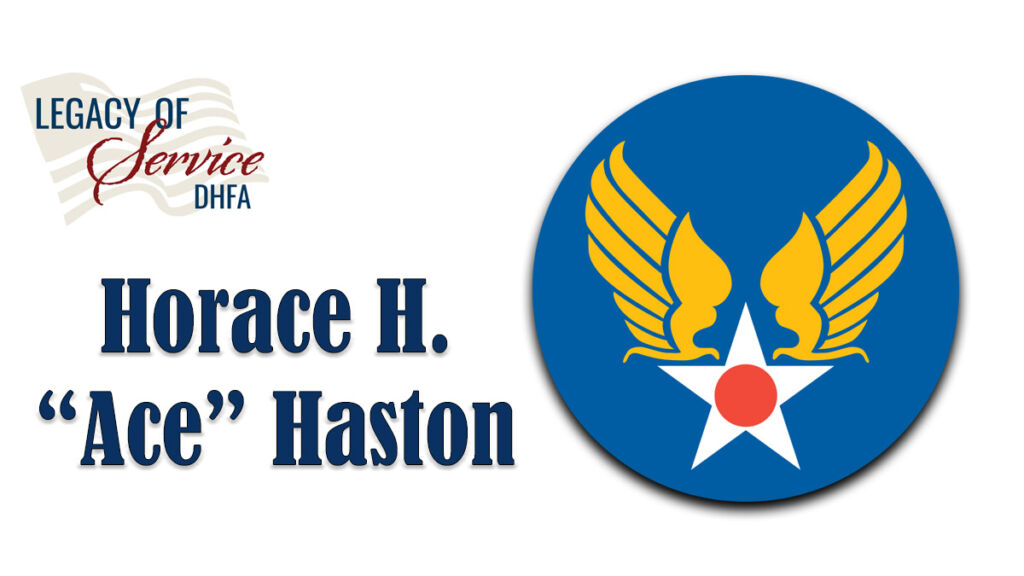
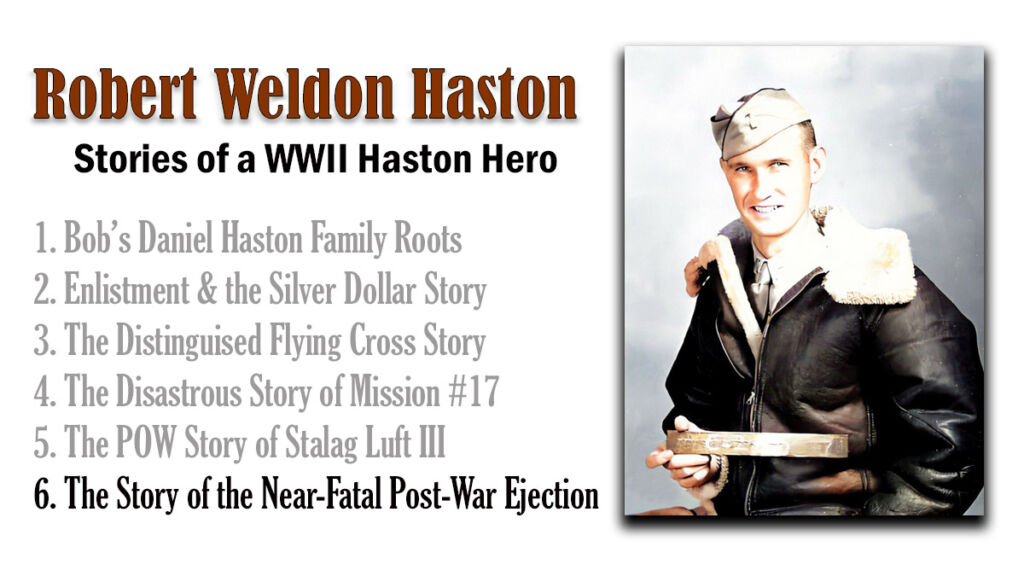
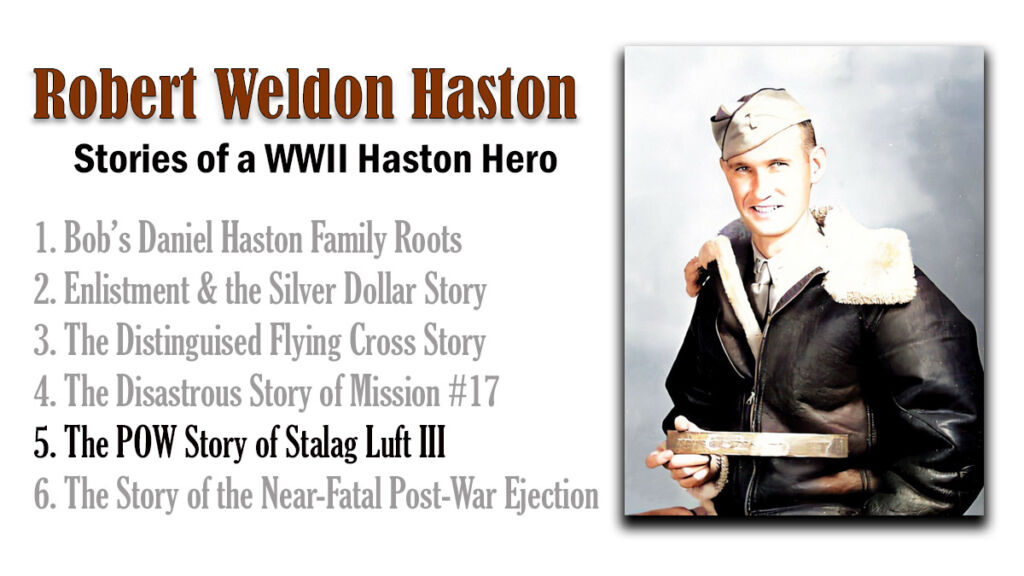
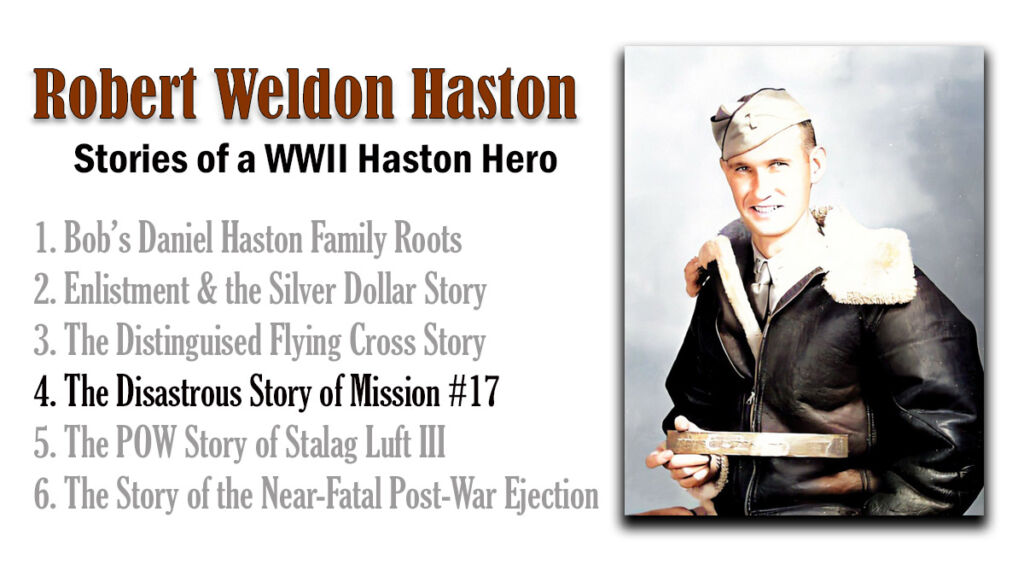
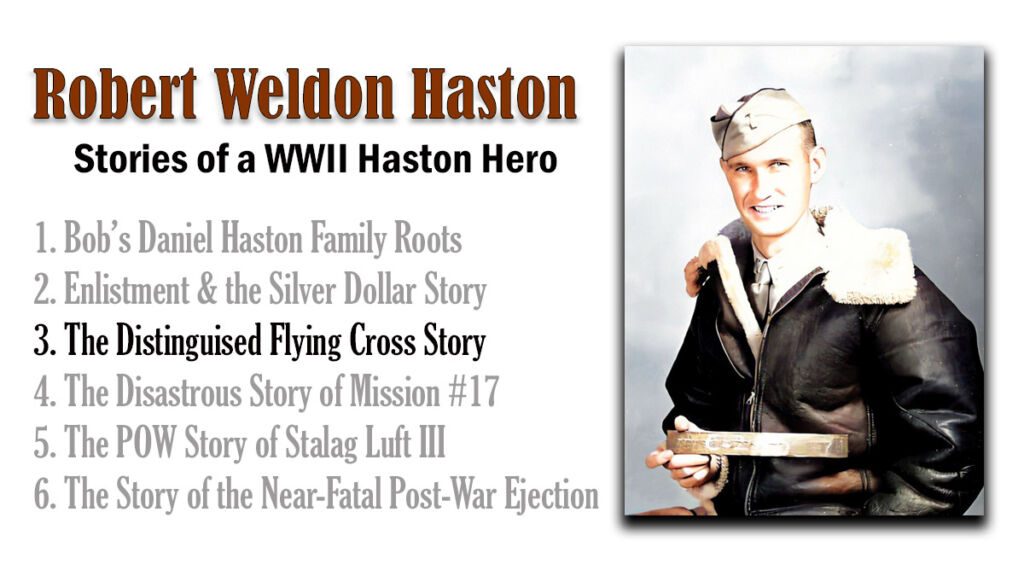

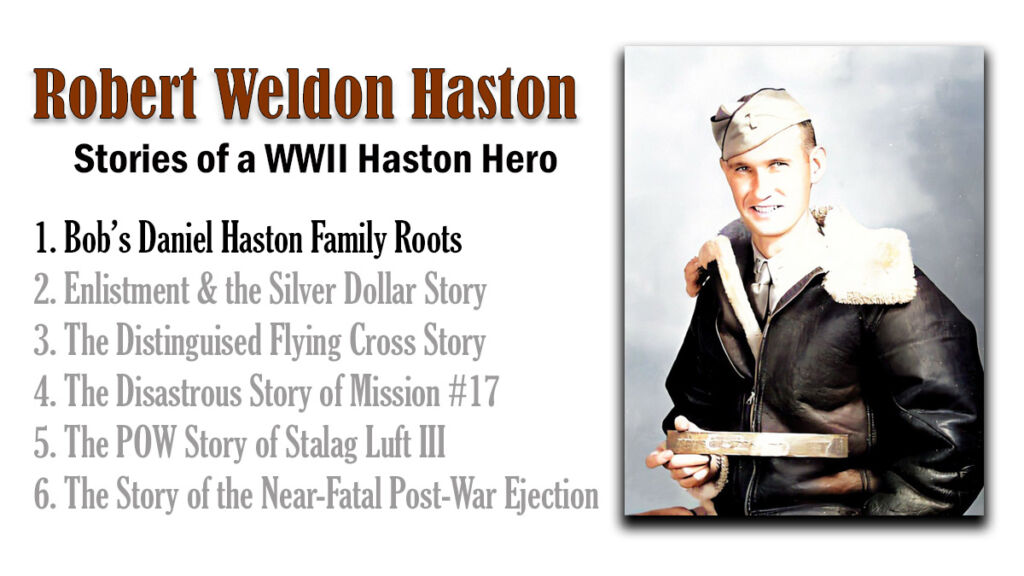


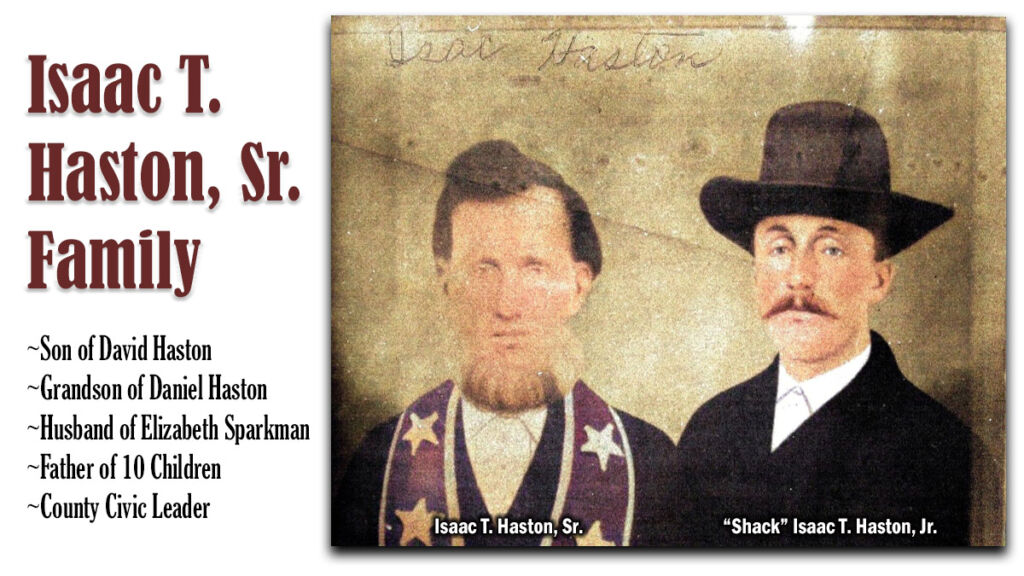







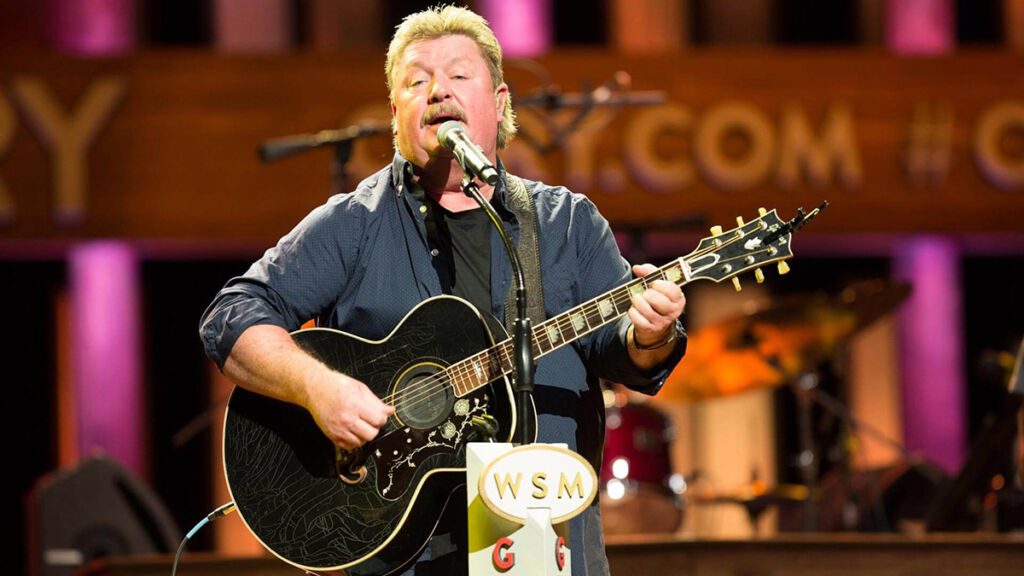
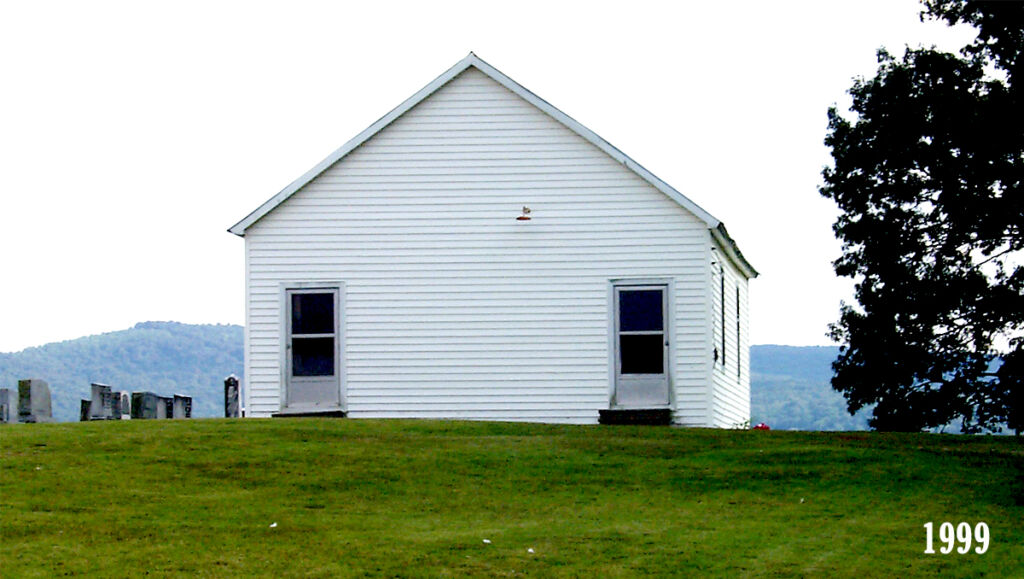
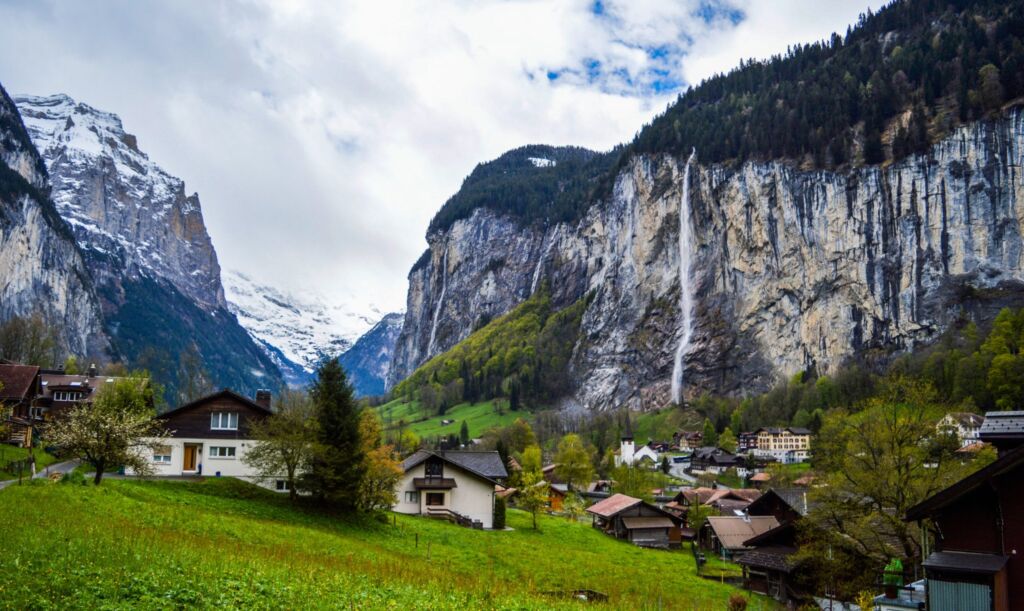


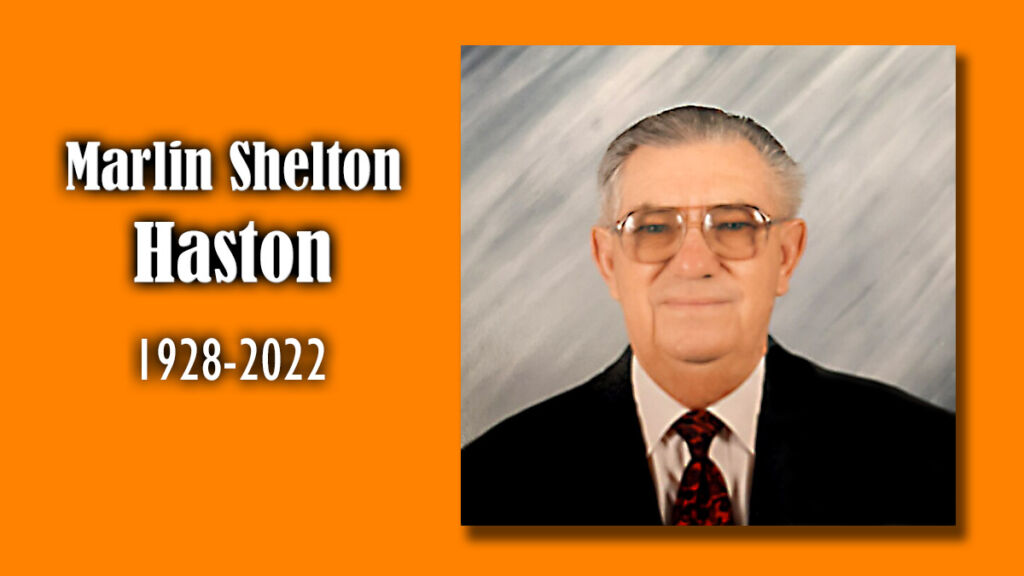

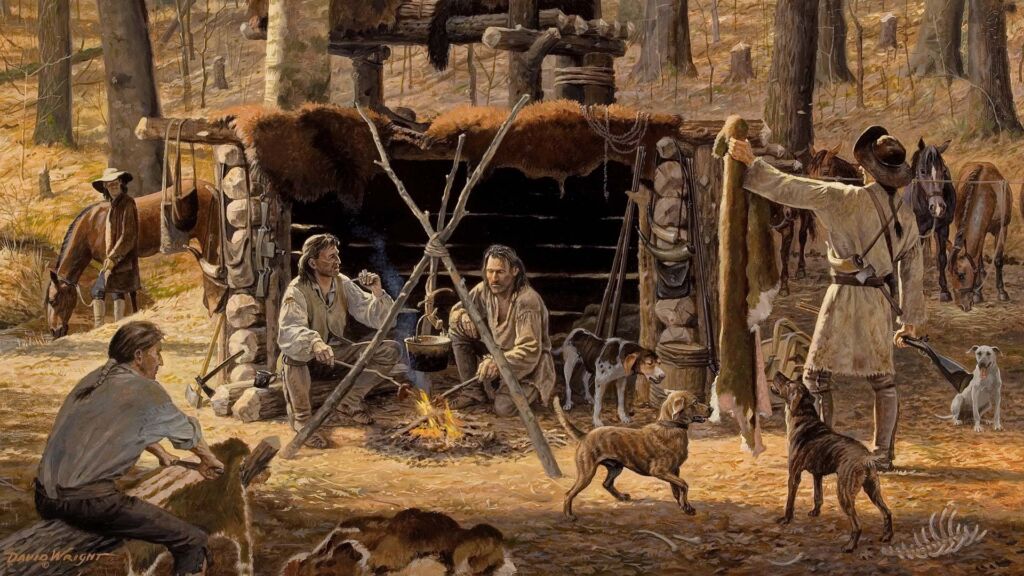












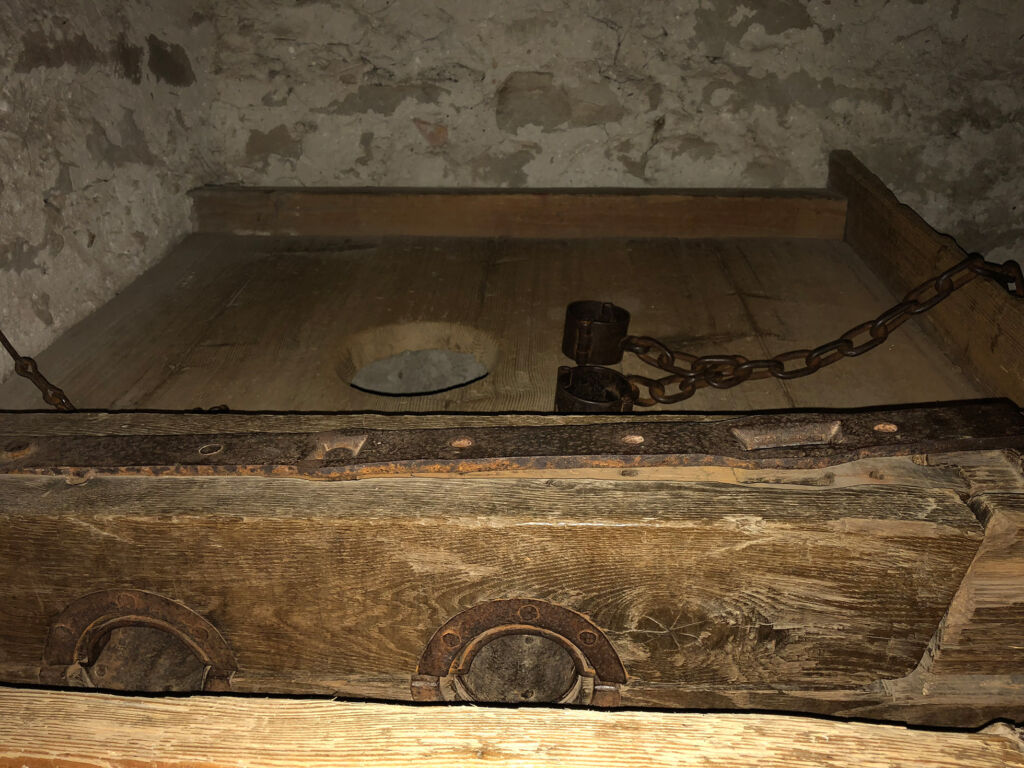



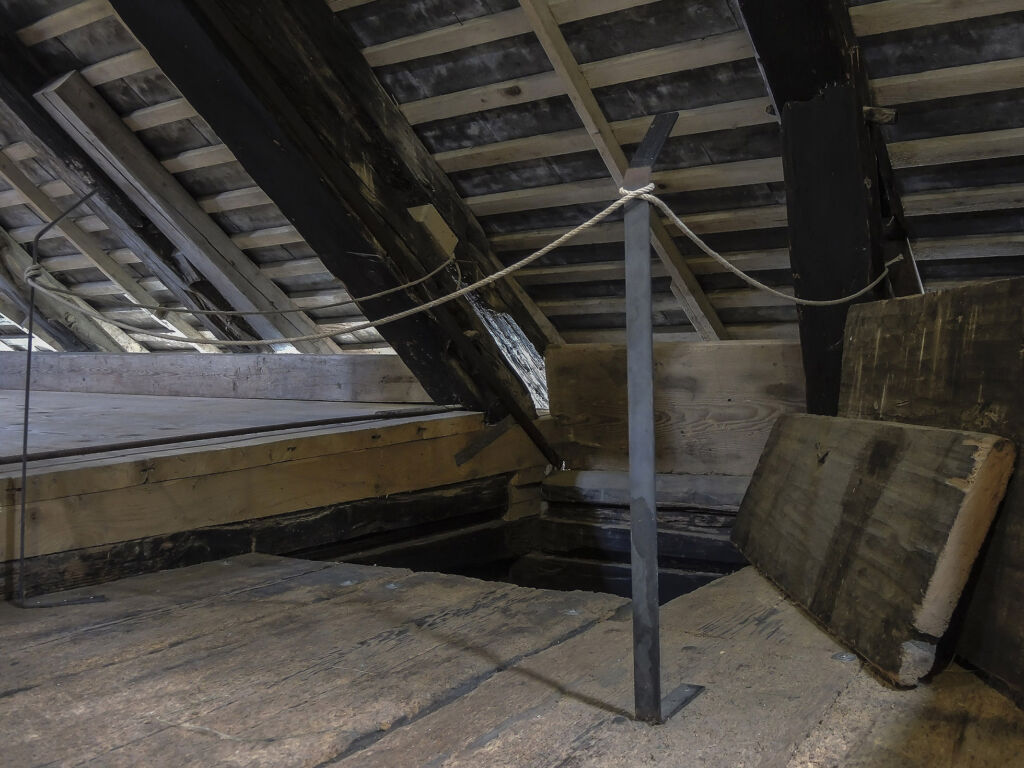
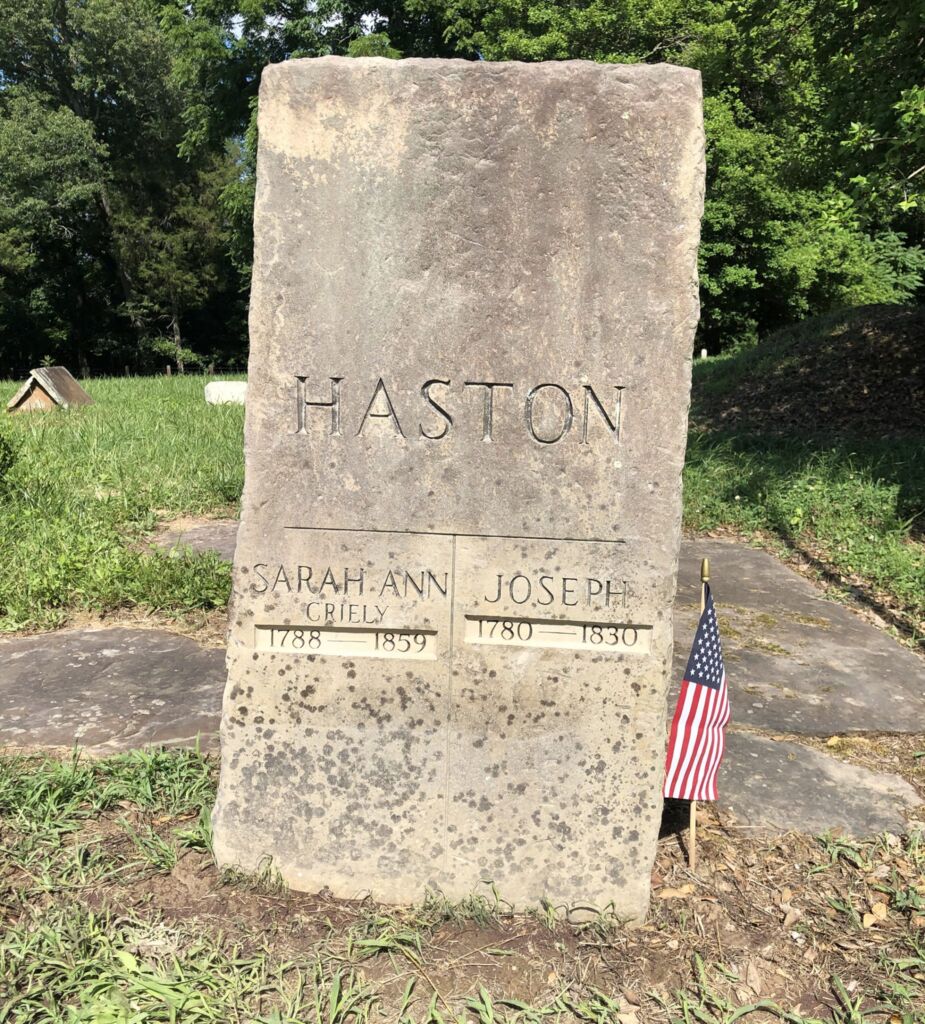
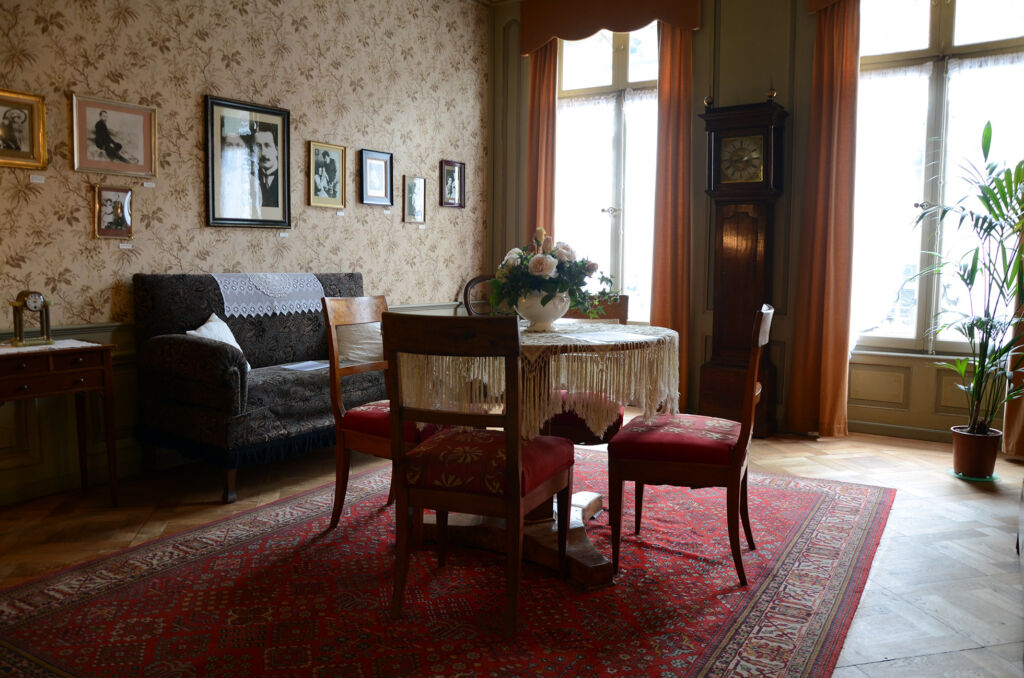

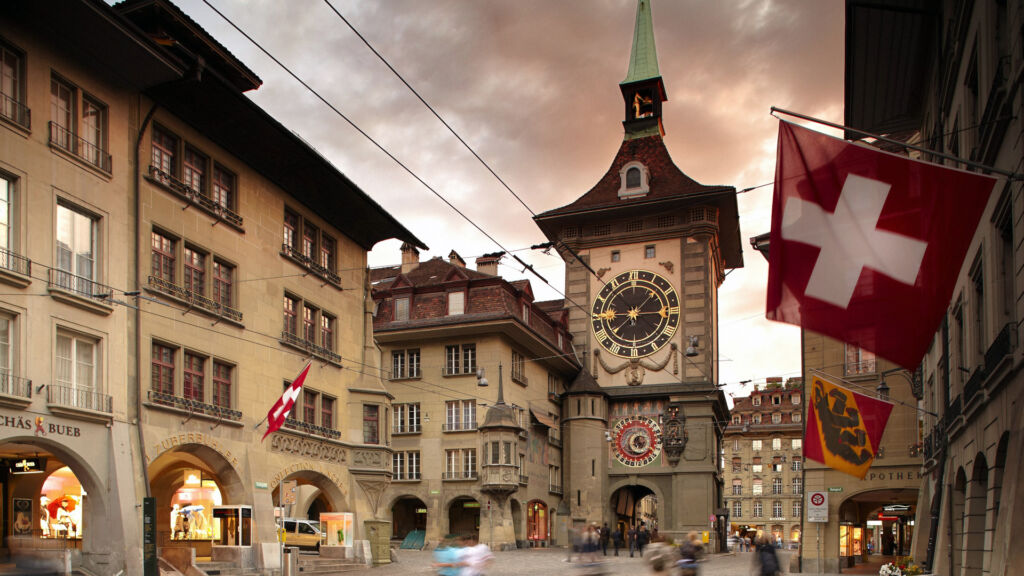
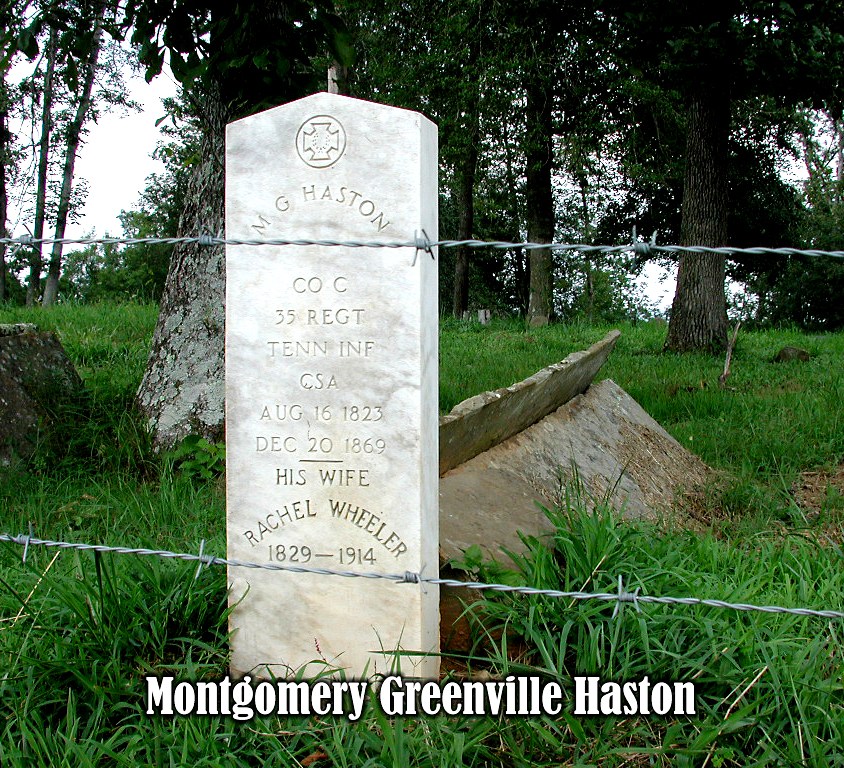

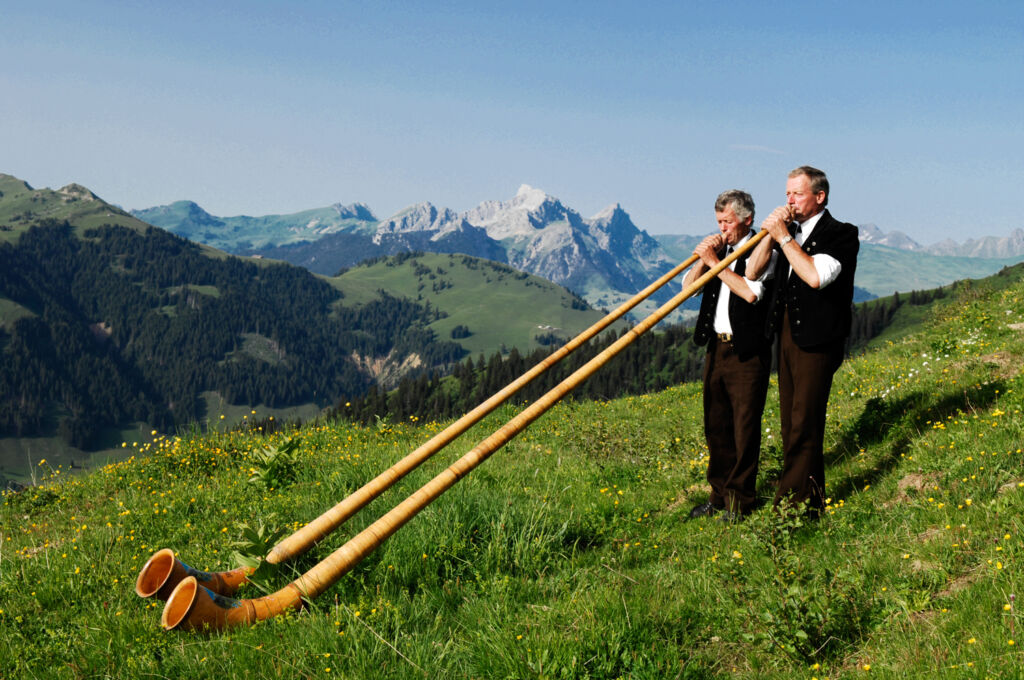

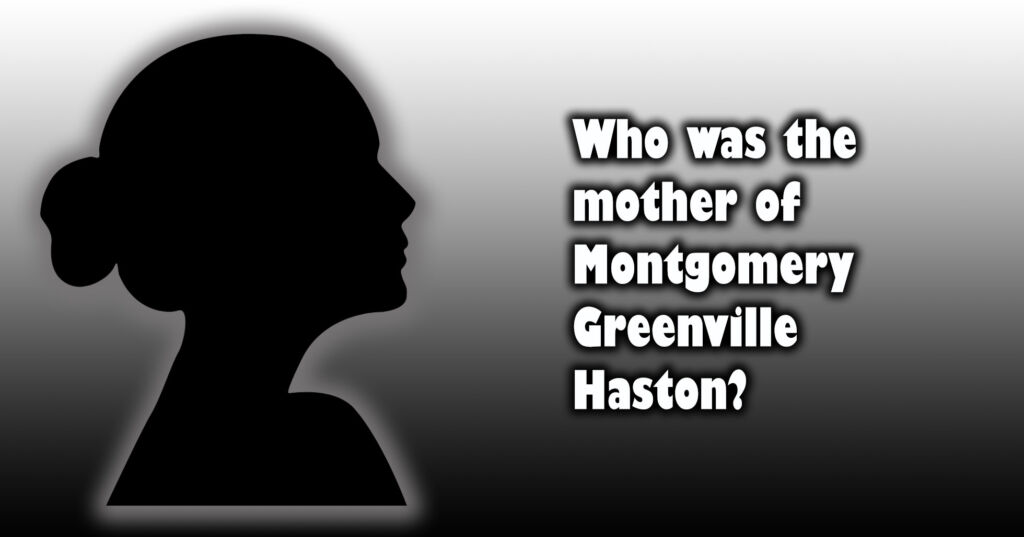








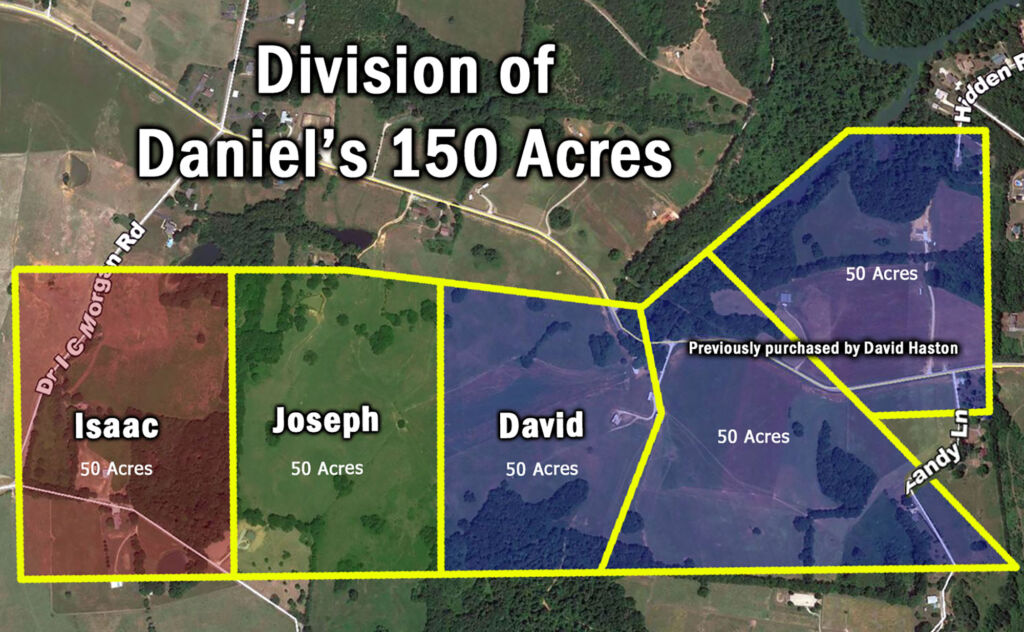
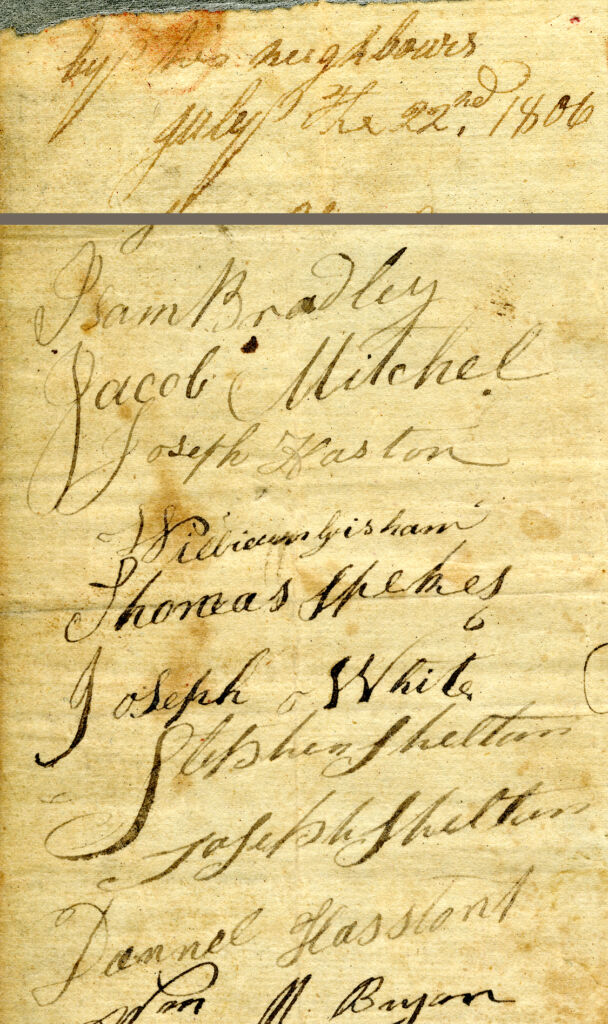


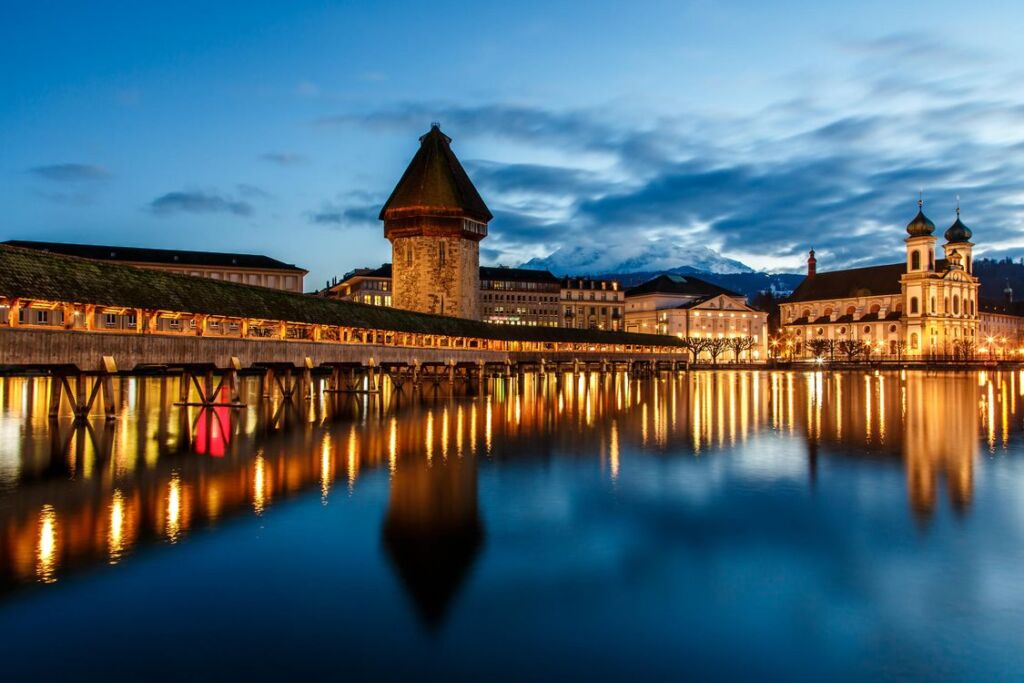
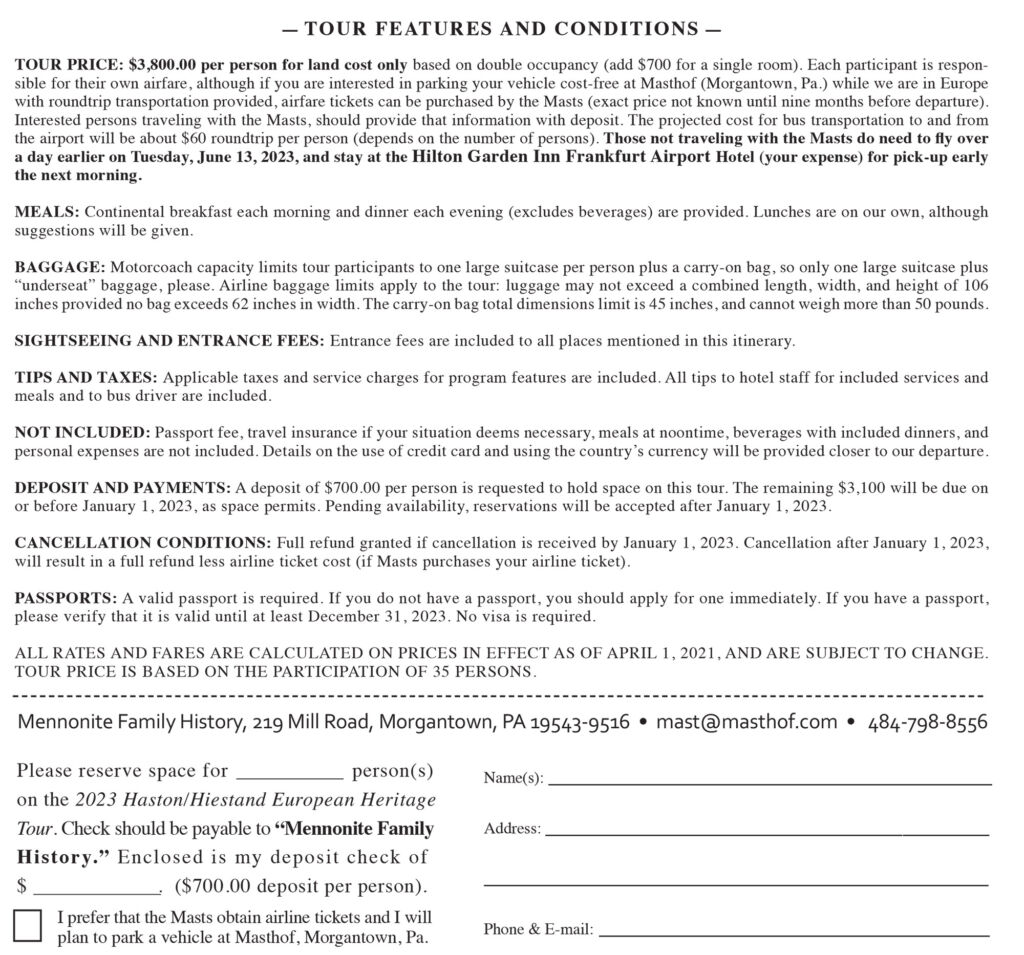

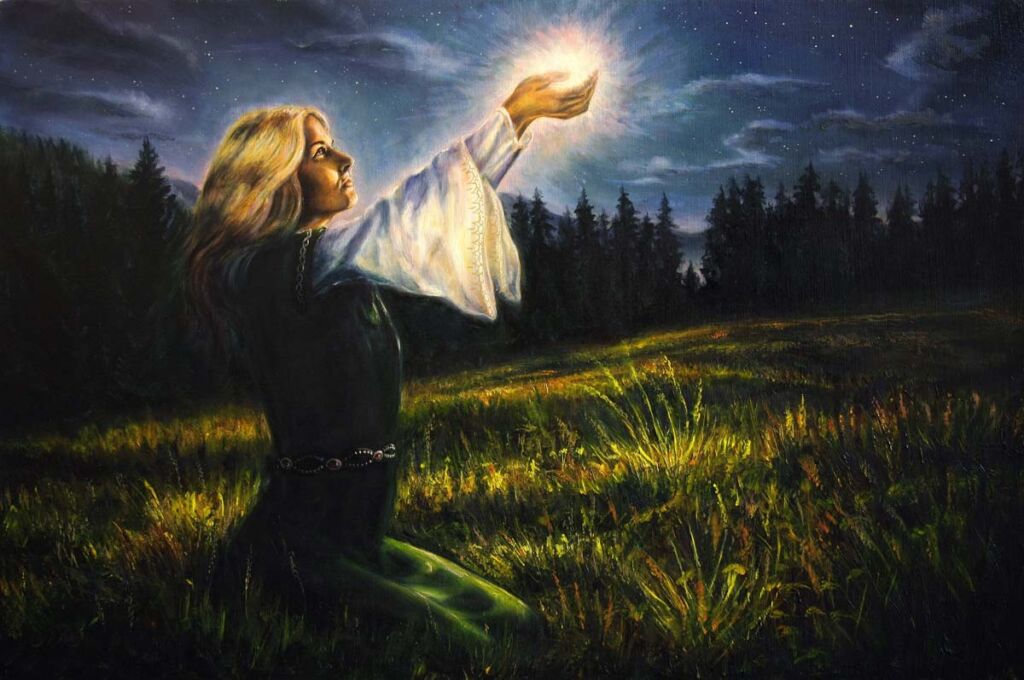


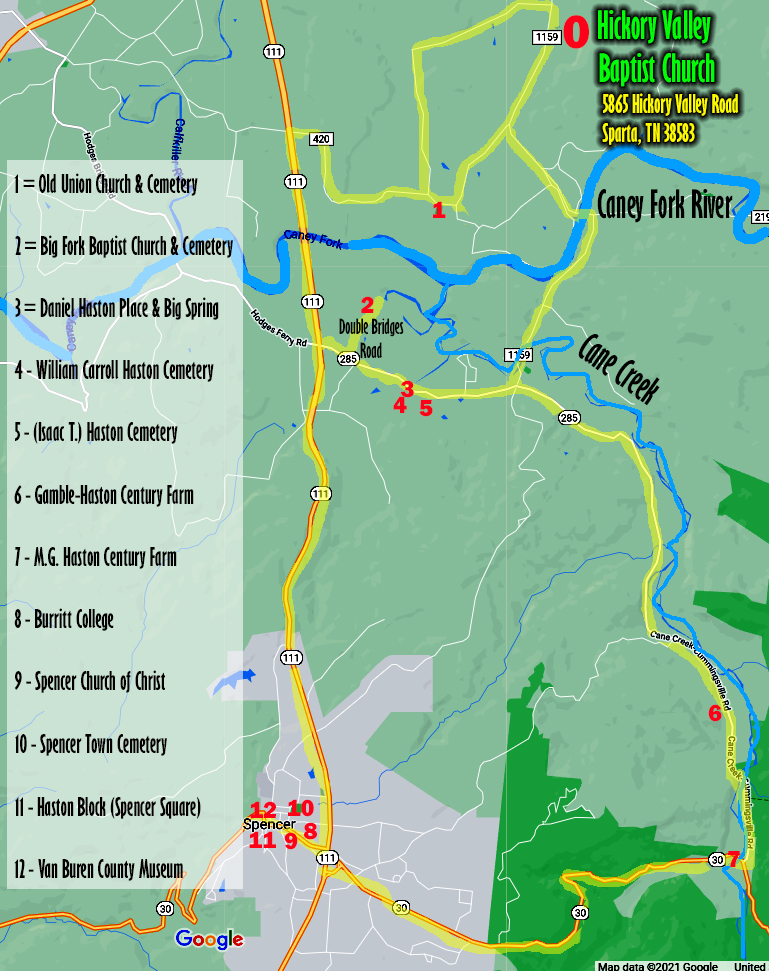
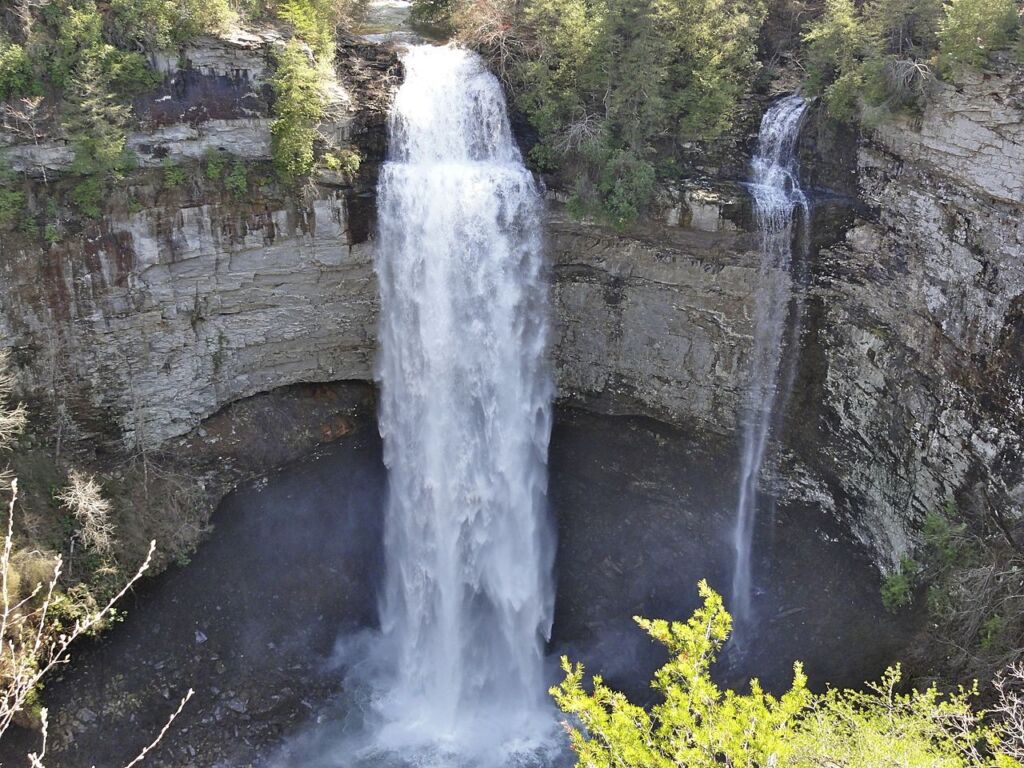


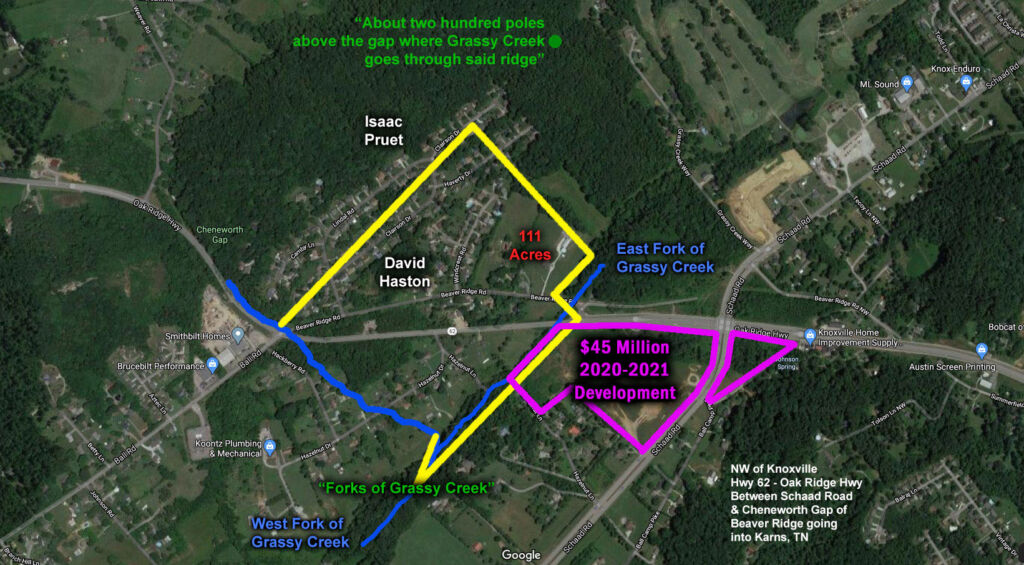
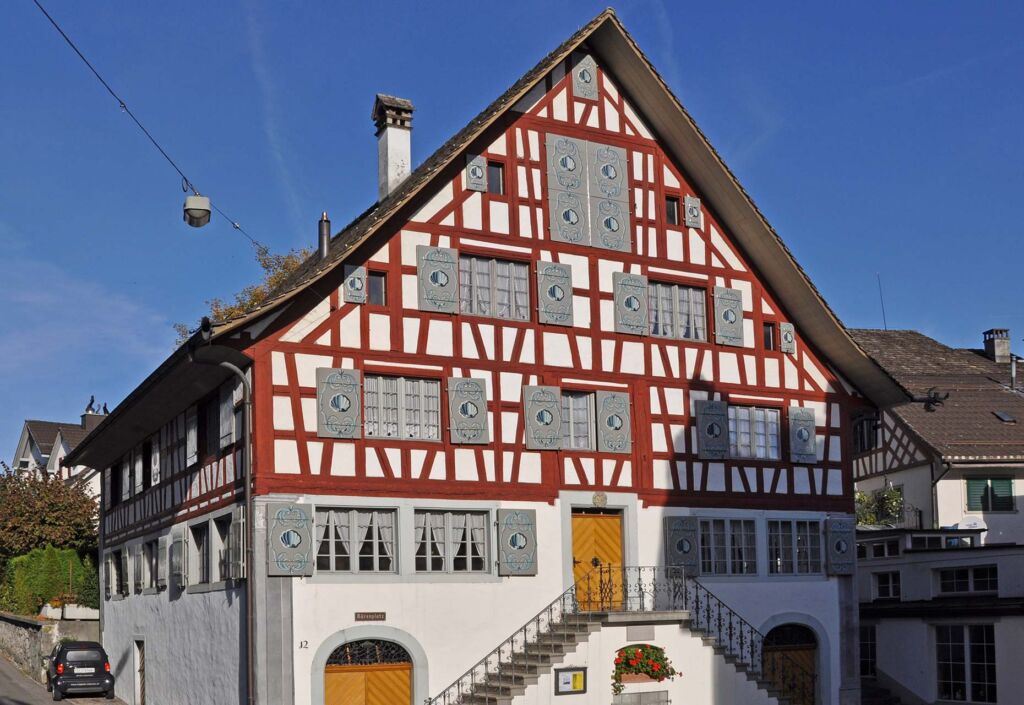
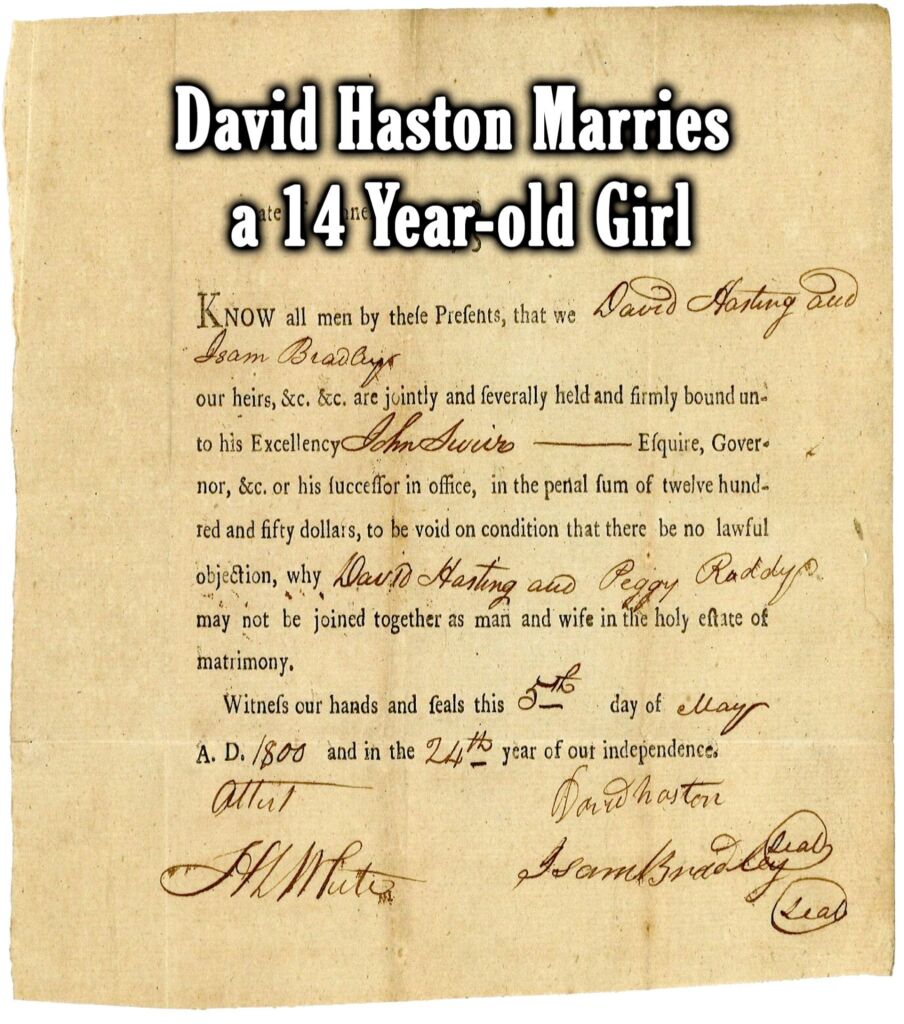
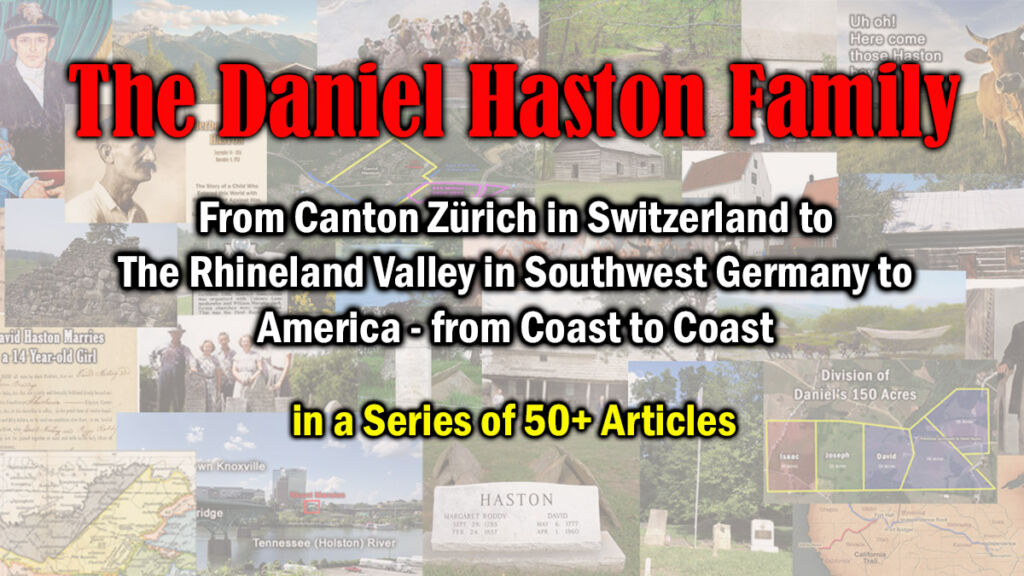
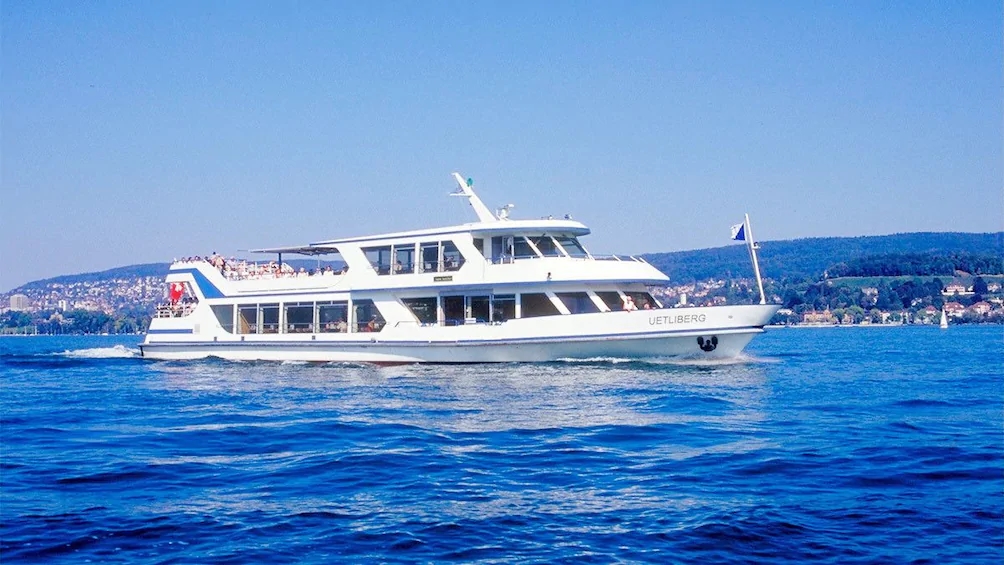
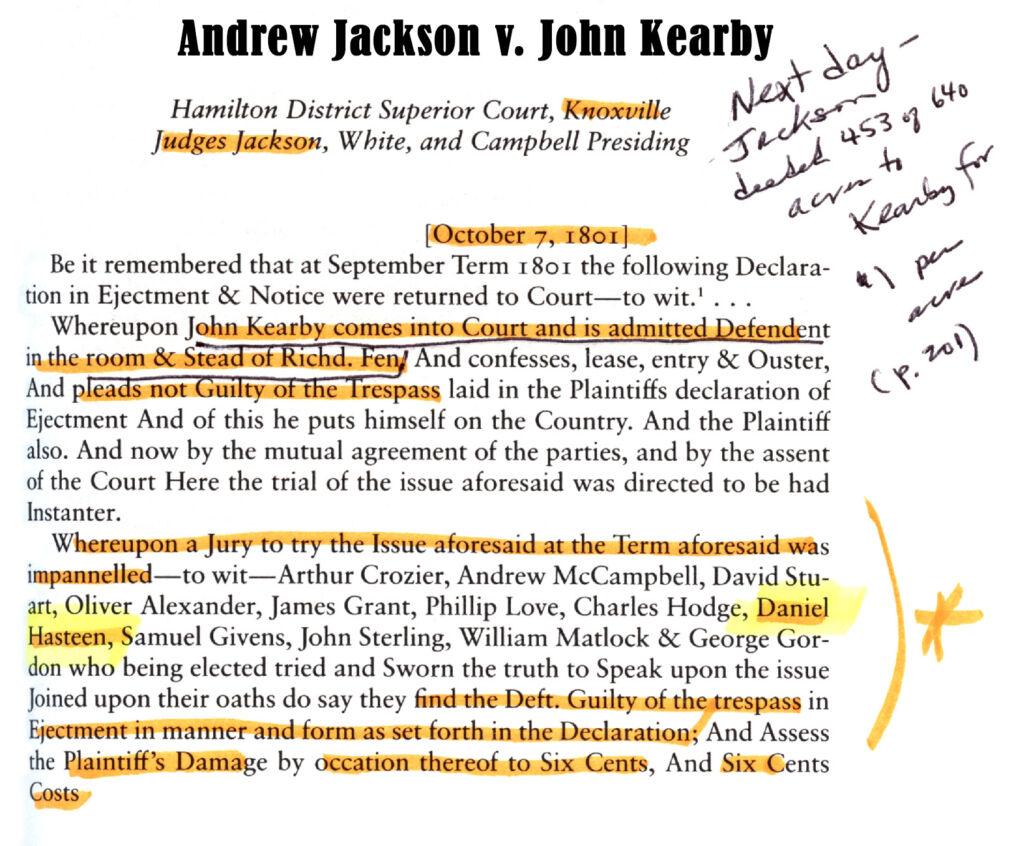

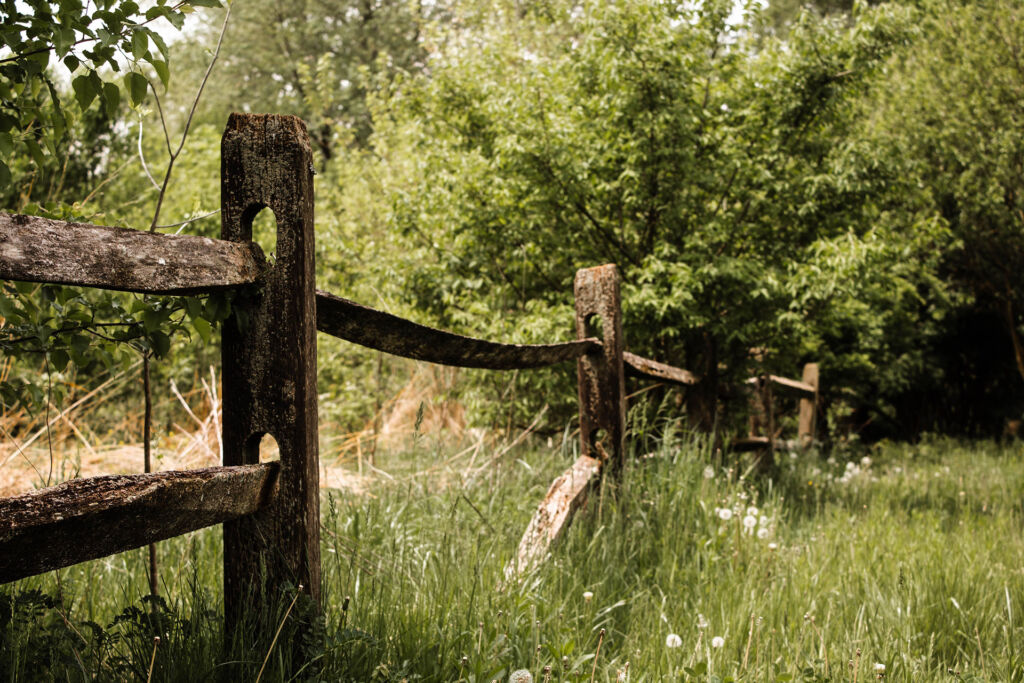


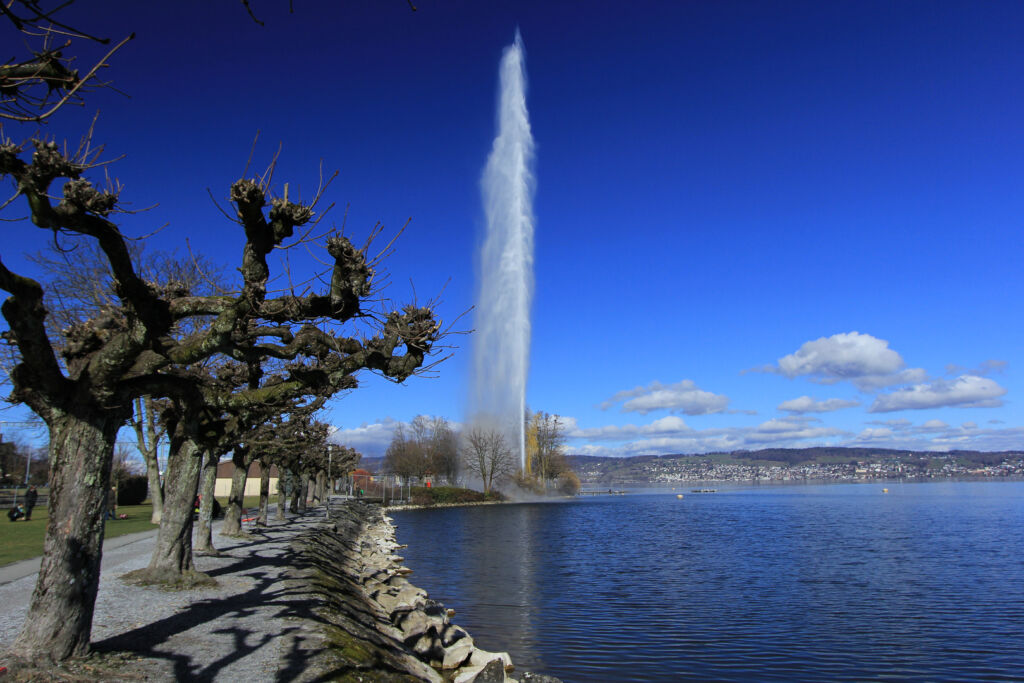





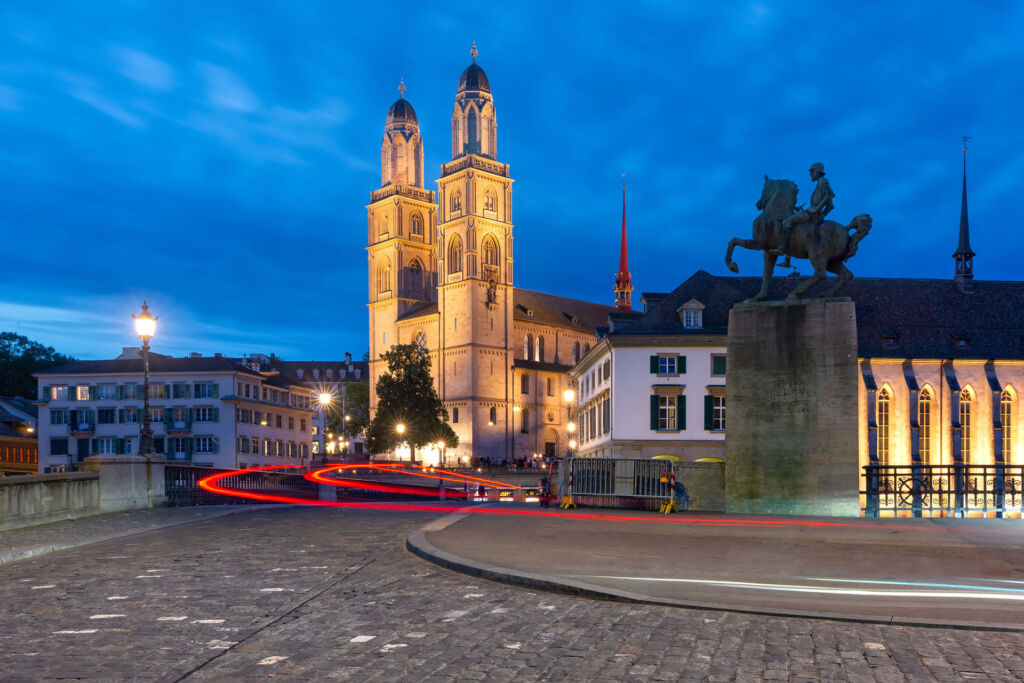


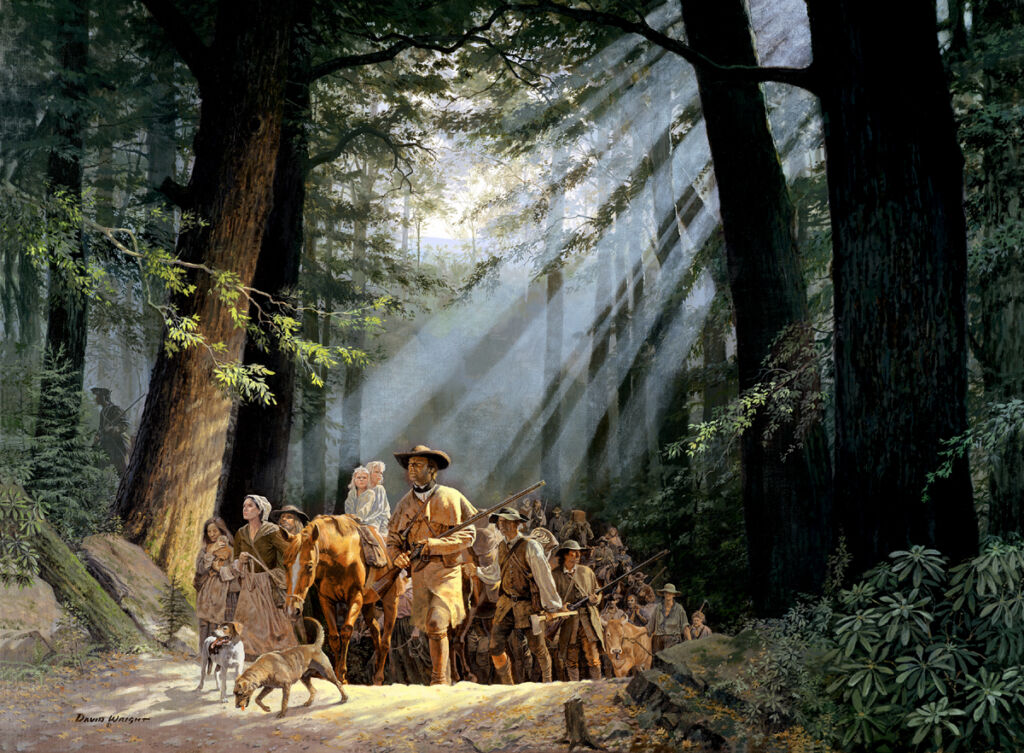


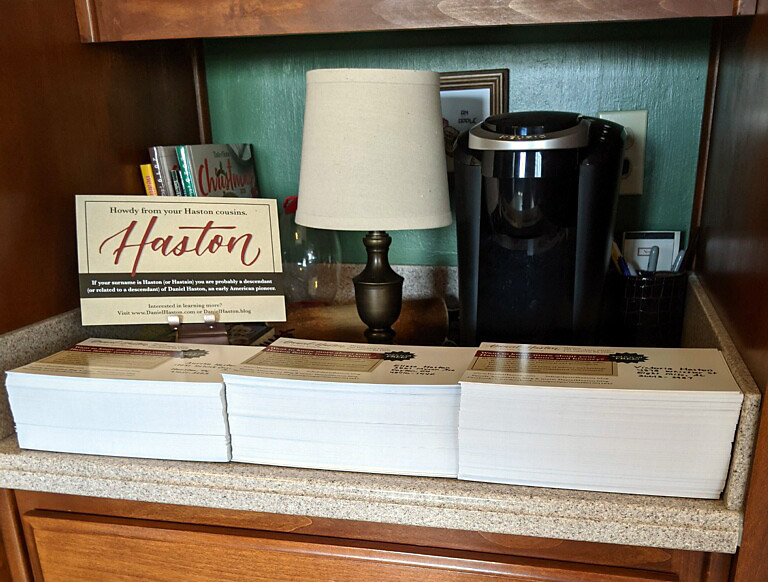



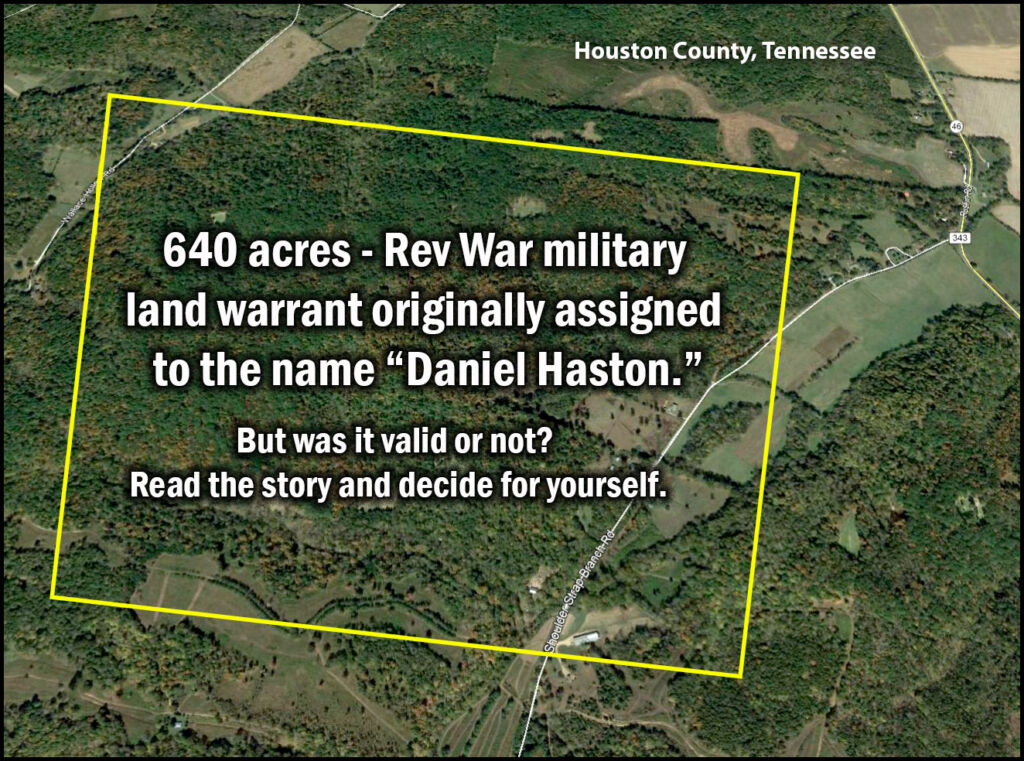

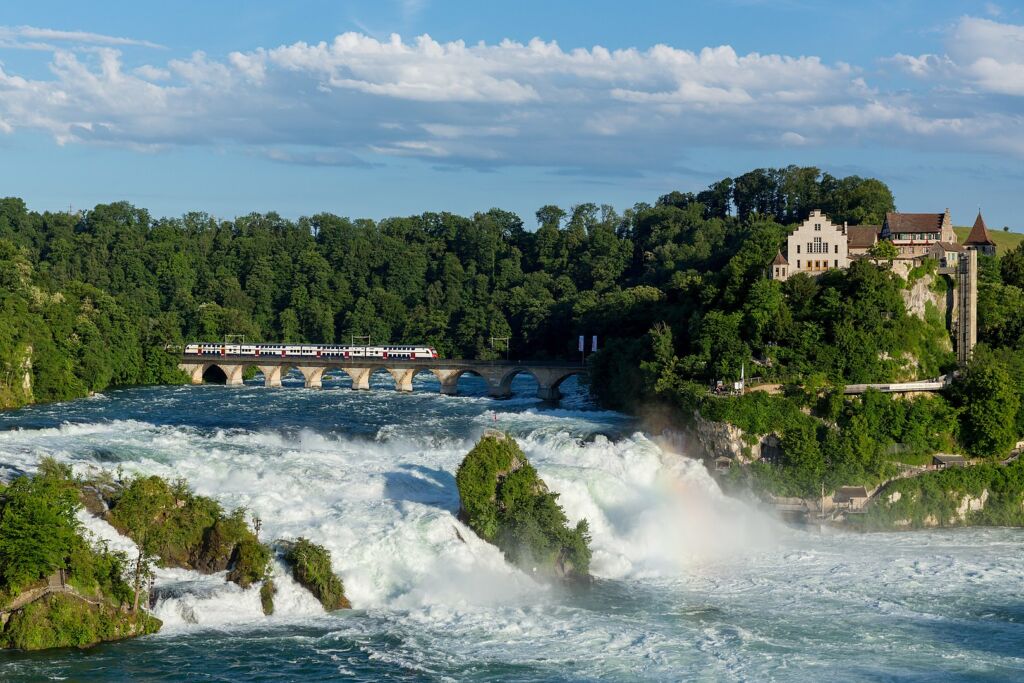
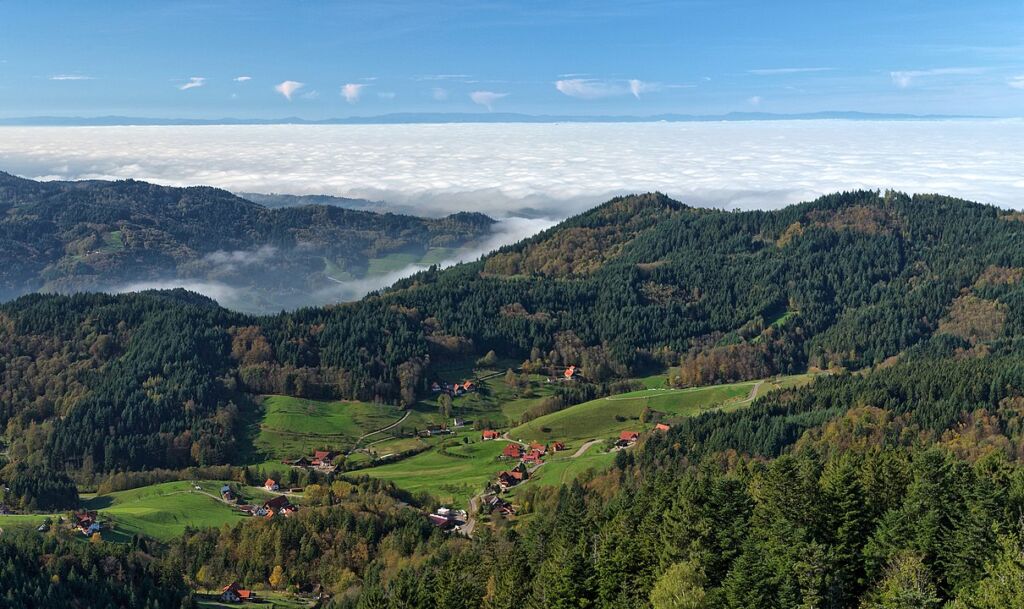




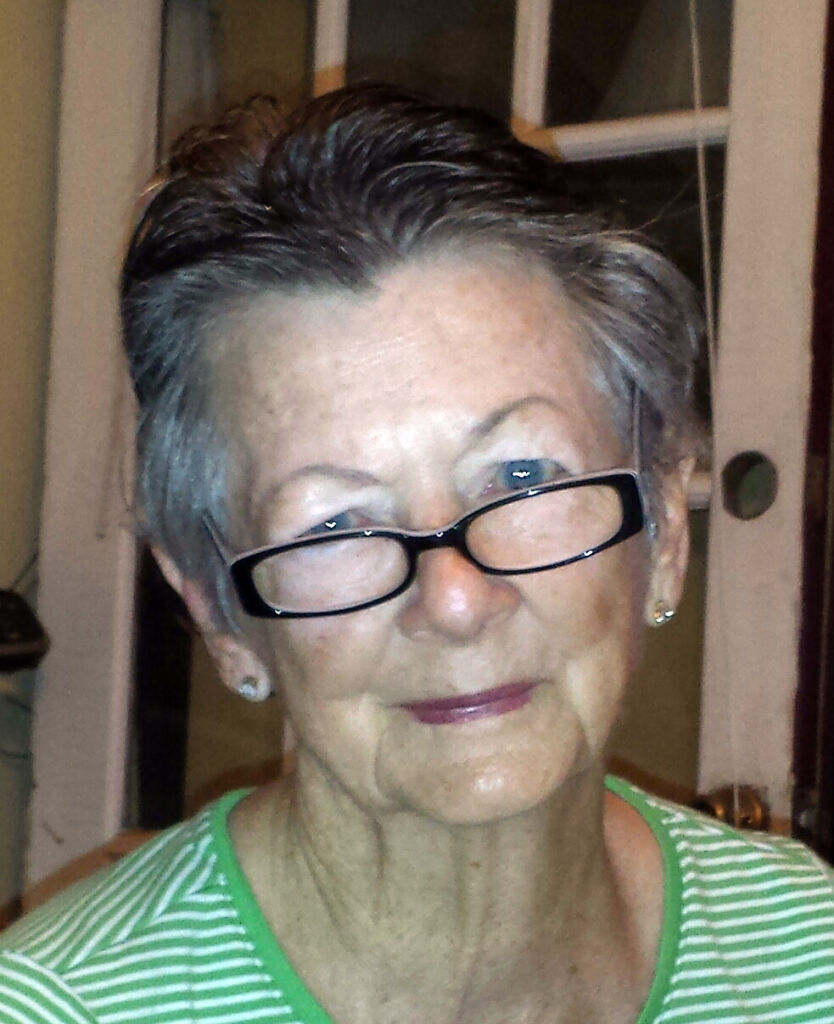
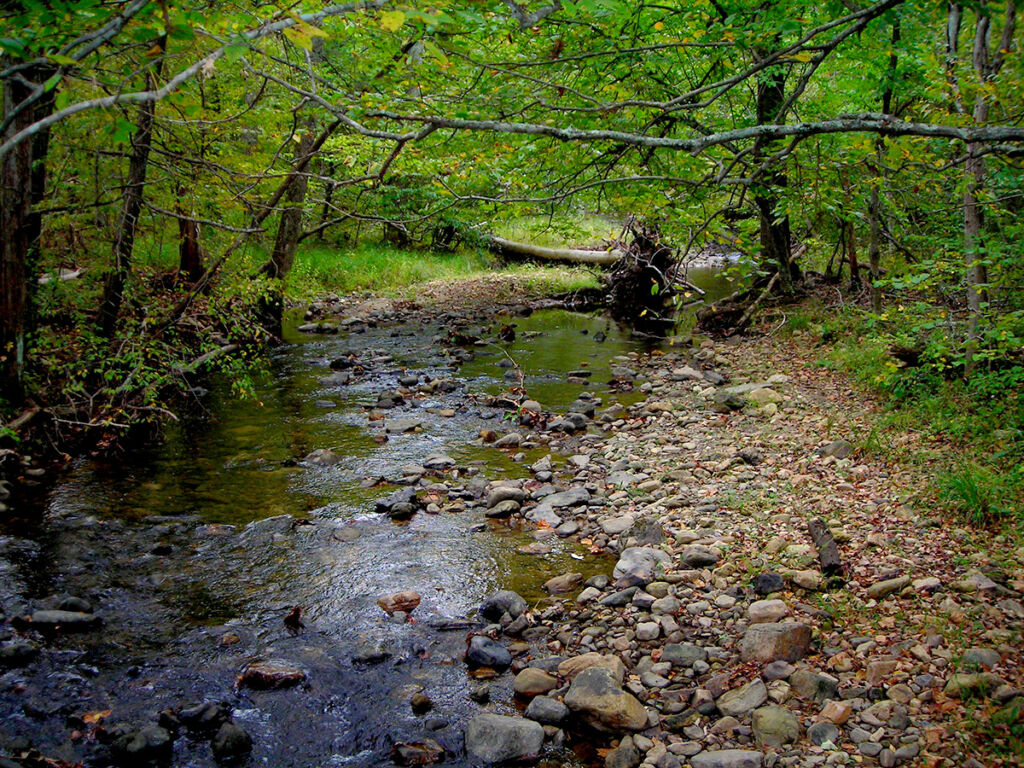


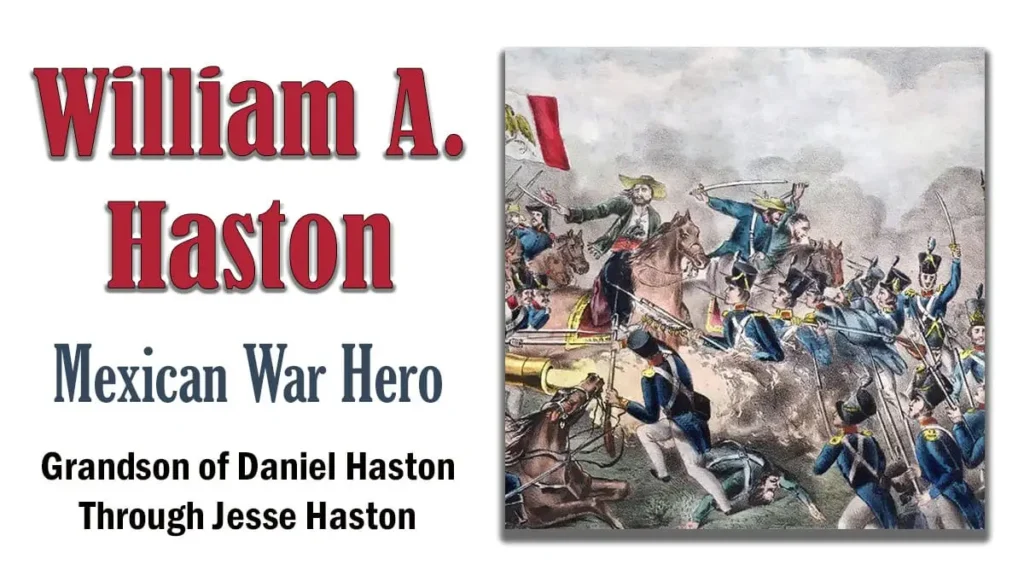


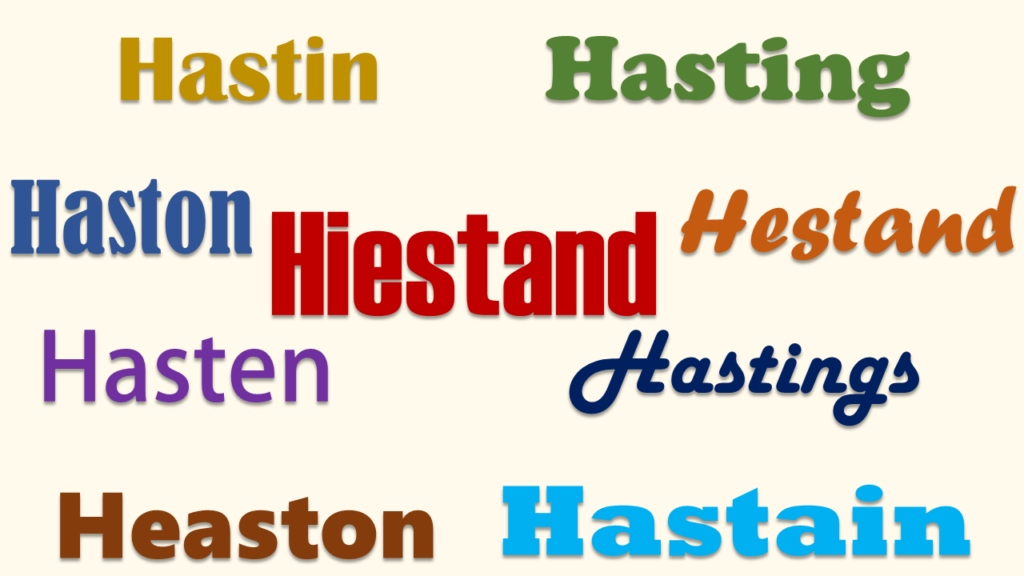

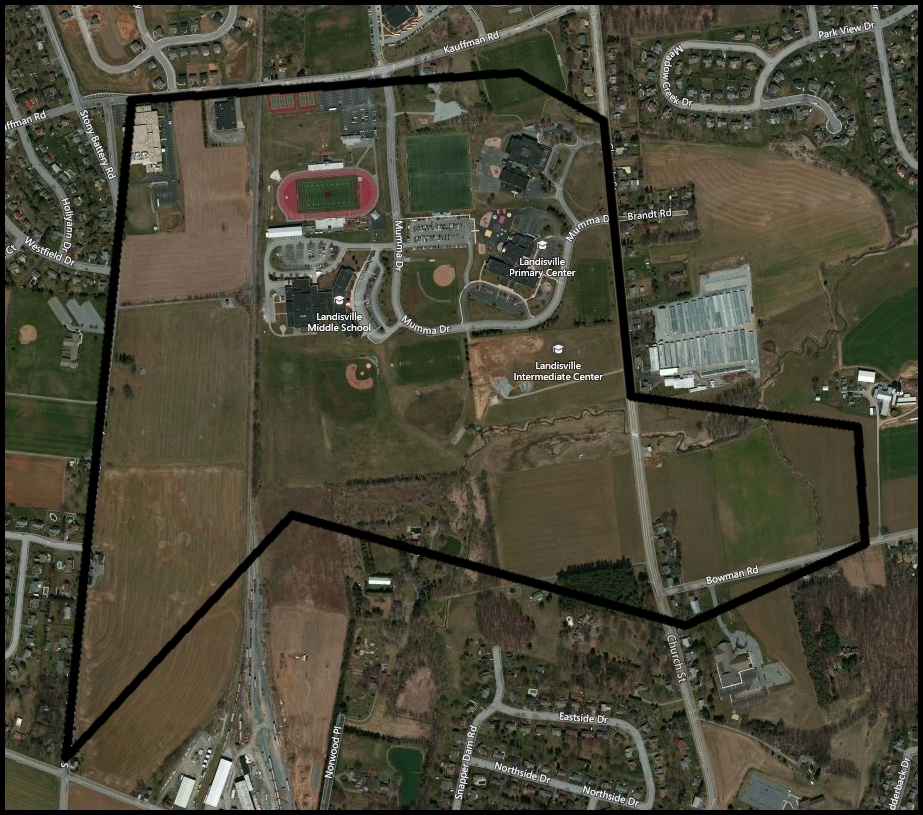

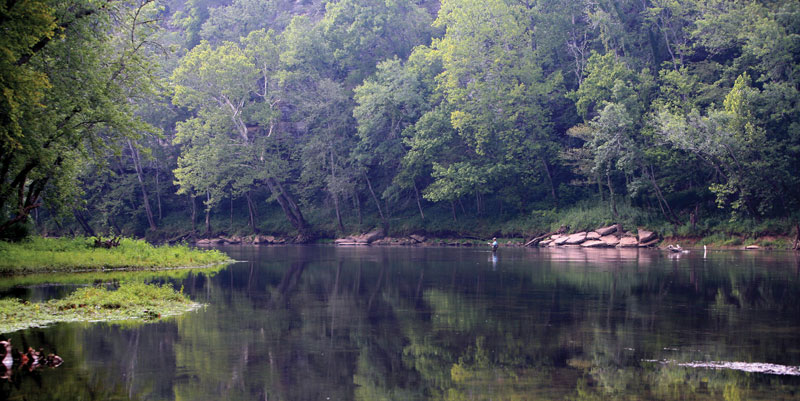



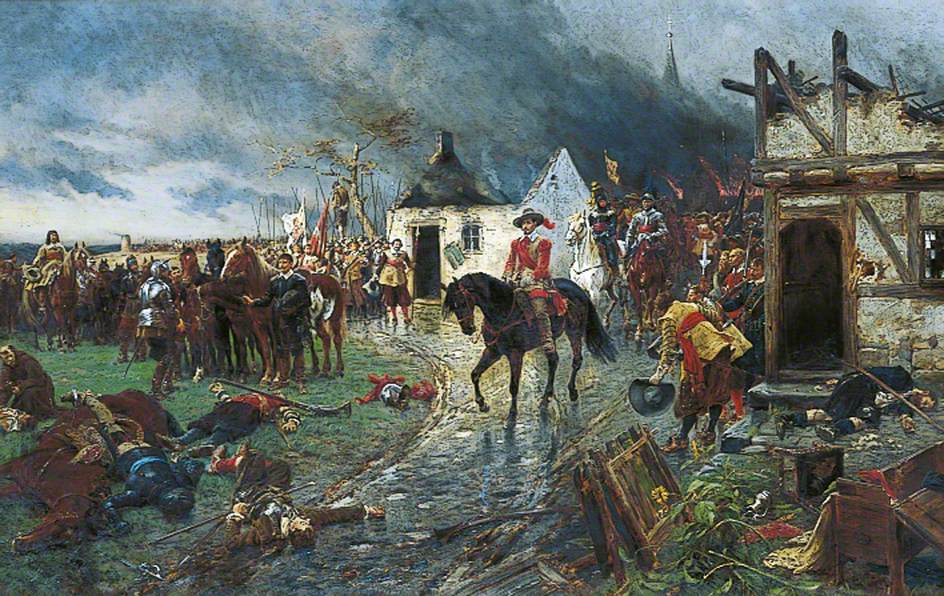


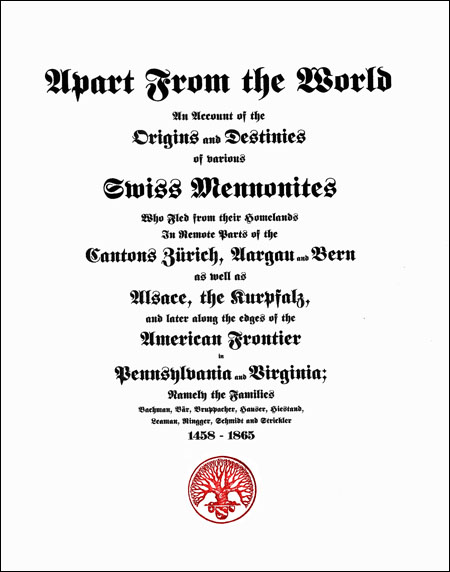


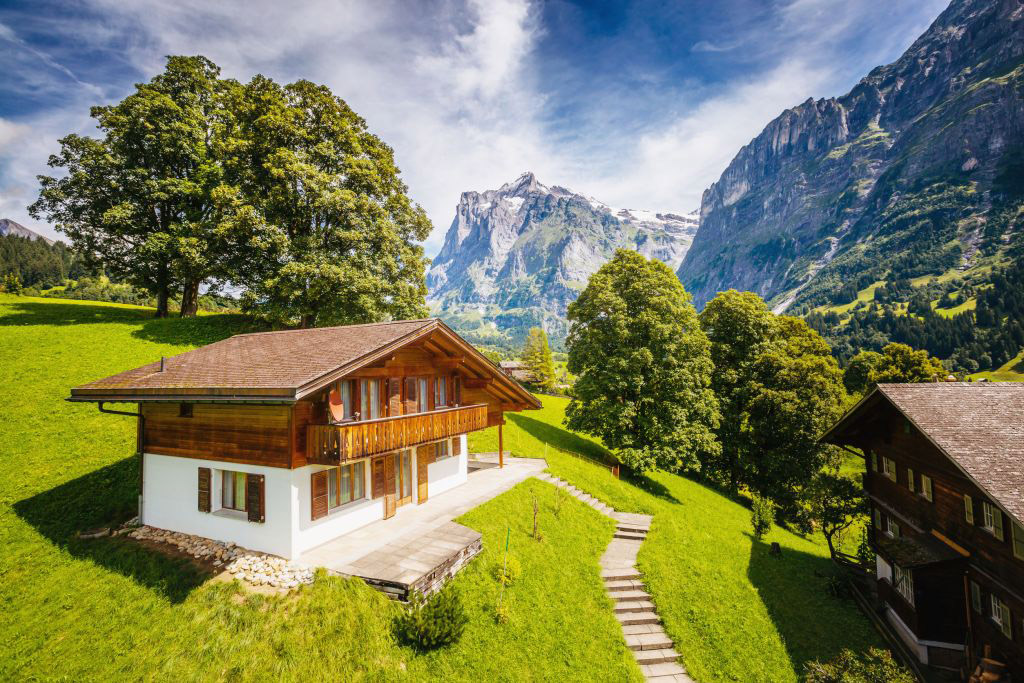





Lorem ipsum dolor sit amet, consectetur adipiscing elit. Ut elit tellus, luctus nec ullamcorper mattis, pulvinar dapibus leo.
If you appreciated this article, please share it with others who might also enjoy it.
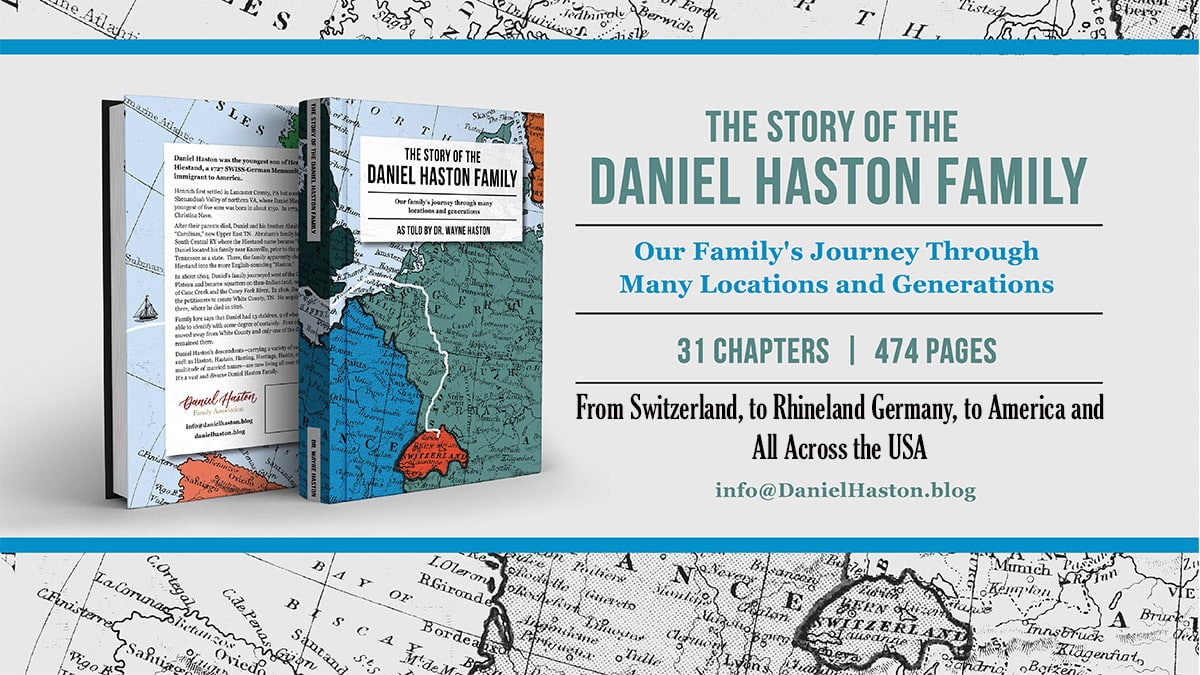
Cowboy Missionary to Chickasaw Indians – Nathan Lorenza Haston
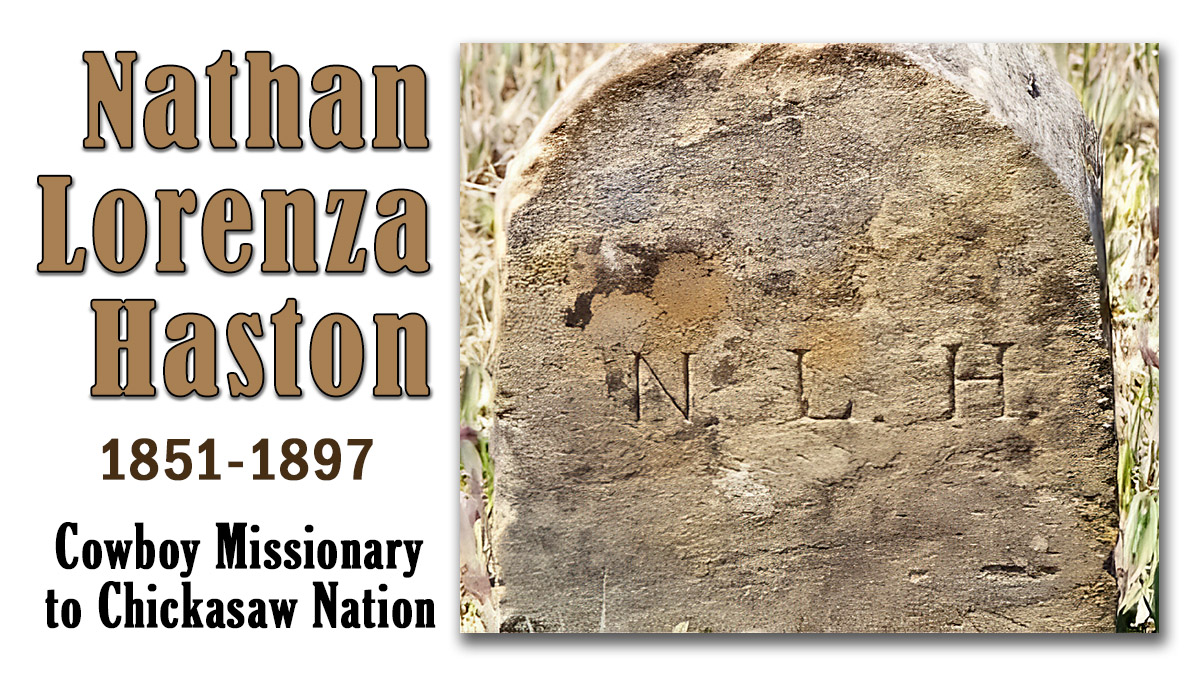
Cowboy Missionaries to Chickasaw Indians
Part 1 - Nathan Lorenza Haston

My first cousin three times removed. -Wayne Haston
Missionary Brothers
Willard Durham Haston’s Link will be activated when his page is published.
Nathan Lorenza Haston was born in Van Buren County, TN in 1849. His parents were Wiley B. and Mary Durham Haston. Nathan Lorenza was a Great Grandson Daniel Haston. His father, Wiley B., was 20 years old when Daniel died so Nathan Lorenza would have heard many stories about the early Haston family.
—
When Nathan Lorenza was about 10 years old, his parents moved the family to Arkansas. Apparently, they stopped in Yell County, AR for a while, where his younger brother, Willard Durham Haston, was born. They moved to the western edge of the state, Sebastian County, AR, where their father died, leaving wife Mary with several children, six of whom were under the age of 15.
—
Mary must have felt overwhelmed–now a widow with a bunch of children, living about 600 miles away from her Durham family and many friends back in Tennessee! By the time of the 1870 census, almost ten years after the death of her husband, Mary was living back in Van Buren County, TN, with her kids. We don’t know how long she was in Arkansas after her husband died, but I’m guessing it wasn’t long before she left Arkansas for home in Tennessee.
—
But some of the kids, Nathan Lorenza, David S., and Willard Durham Haston, had not forgotten their father’s dream of living west of the Mississippi River, Arkansas specifically. At the time of the 1880 census, N.L. and his Arkansas-born wife, Mary Theodosia (George), were living in Yell County, AR, with Nathan Lorenza’a brothers D.S. (age 23) and Wm. D. (age 20) in their household.
—
Unfortunately, there are no (known to me) records of when Nathan Lorenza became a Freewill Baptist preacher. But when the Freewill Baptists launched missionary work among the native American nations in the Oklahoma Territory (see below), Nathan Lorenza and brother Willard Durham Haston joined the Freewill Baptist missionary venture among the Chickasaw and other Indian nations of the Oklahoma Territory in approximately 1890. Perhaps they were influenced by the ministry of J.M. Roberts and R.J. townsend, who were Freewill Baptists ministering in Arkansas until about 1884.
—
Nathan Lorenza’s missionary work was cut short by his death in 1897. But his missionary brother, Willard Durham Haston, continued in ministry among the Chickasaw Indians in Johnston County, OK until about 1905 (or early 1906) when he moved to Cottle County, Texas. More about Elder W.D. Haston in another article.
Nathan Lorenza Haston’s Family Background
Missionary Ministry in Oklahoma Indian Territory
The late territorial and early statehood years also saw the beginnings of Freewill Baptist work in Oklahoma.
Baptists - The Encyclopedia of Oklahoma History and Culture






Nathan Lorenza and Mary Theodosia George HASTON Family


If you appreciated this article, please share it with others who might also enjoy it.

Online Flipbook – The Story of the Daniel Haston Family


Use the full-screen icon (last icon on the right, above) to get a larger view. Then, use the Escape keyboard key to return to this view.
Sample – 74 pages from the 484 pages of The Story of the Daniel Haston Family
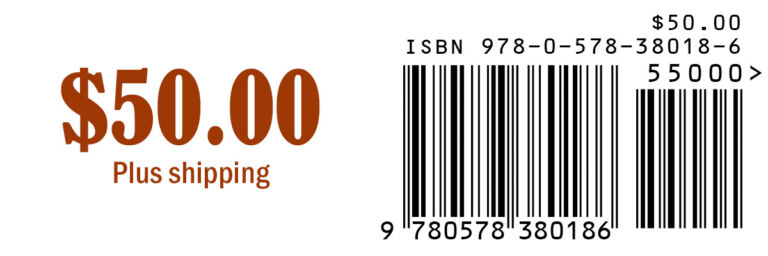
Before you choose a shipping option, be aware that...
Local Pickup option is only for situations where shipping is not required.
Library Rate is only to be used between libraries, etc., and does NOT include shipping to donate a book to a library.
Media Rate may take up to two weeks, or more, and may be handled more roughly than Priority shipping.
Other Payment Options
- Option 1 – Call and give us your credit card information for the payment. That’s how many archives, historical societies, etc. transact credit card payments. Send your phone number in an email and tell me when it’s convenient to call. WayneH37@aol.com
- Option 2 – Mail a check, but contact me before writing the check so we can calculate shipping costs.
WayneH37@aol.com or 717.648.2383 – Mail check to Wayne Haston, 11979 Old Kentucky Road, Walling, TN 38587
Also, please include your email address with your check.
Purchase Through Amazon.com
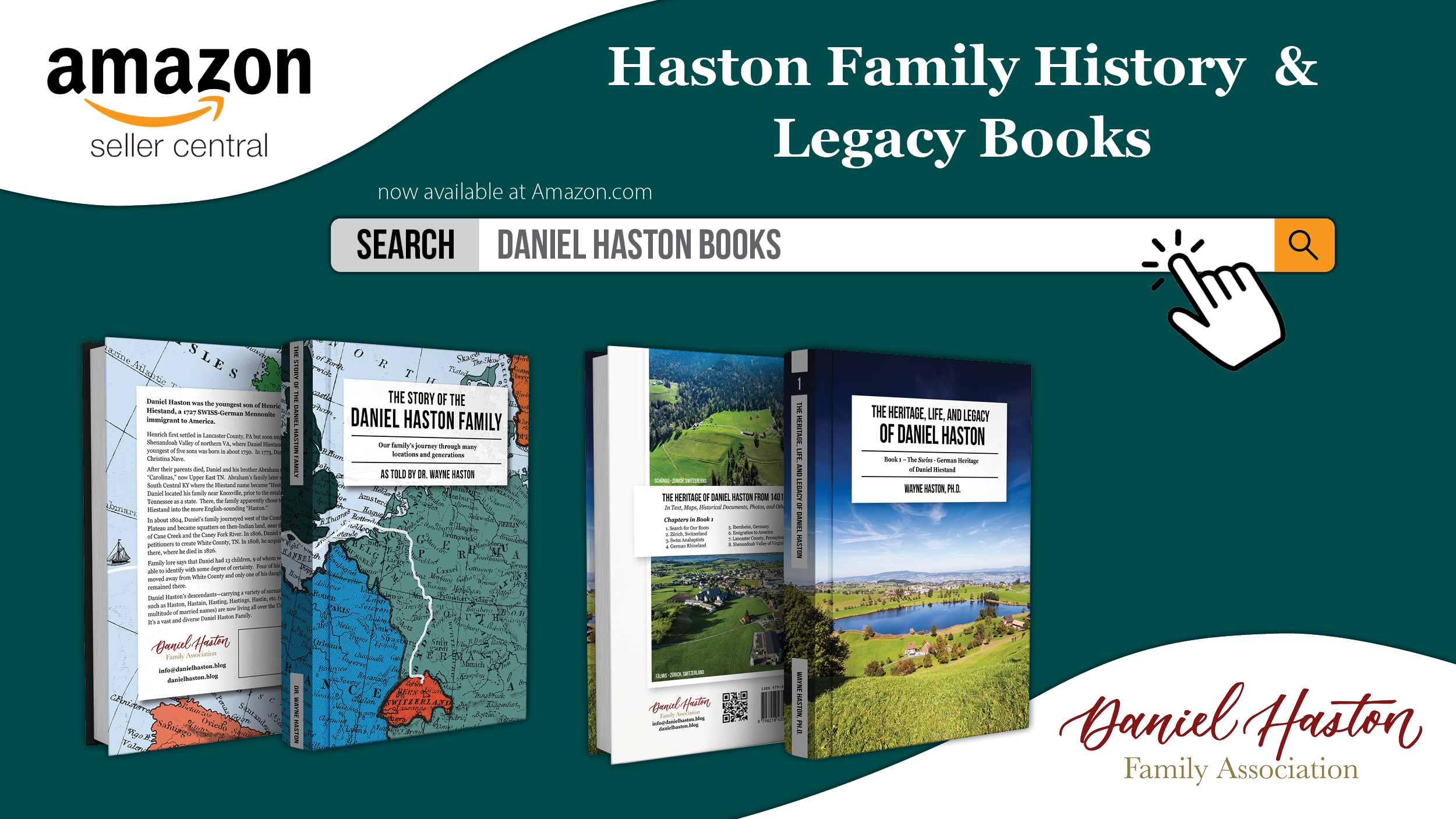
The 31 Chapters in the Book
Section One – Our Haston Family Roots in Europe
Chapter 1 – The Pre-DNA Search for Our Family Roots
Chapter 2 – Switzerland, Our Deepest European Roots
Chapter 3 – Anabaptists in Switzerland
Chapter 4 – Anabaptists Flee to Eastern France and the Rhineland of Germany
Chapter 5 – Ibersheim in the Palatinate of Germany
Chapter 6 – Emigration to America
Section Two – Henrich Hiestand in America
Chapter 7 – Henrich Hiestand in Pennsylvania
Chapter 8 – Henrich Hiestand in Virginia
Section Three – Daniel and Abraham Hiestand
Chapter 9 – Daniel Haston in Virginia
Chapter 10 – Daniel Haston, a Revolutionary War Veteran?
Chapter 11 – Daniel Haston’s Early North Carolina Connections
Chapter 12 – Hiestand Families in Upper East Tennessee
Chapter 13 – Hiestand Families in Early Kentucky
Section Four – Daniel Haston Family in Tennessee
Chapter 14 – Daniel Haston Family in Knox County, Tennessee
Chapter 15 – David Haston’s Young Family
Chapter 16 – Daniel Haston’s Family in White County, Tennessee
Section Five – Children of Daniel Haston
Chapter 17 – David Haston in White County, Tennessee
Chapter 18 – David Haston in Van Buren County, Tennessee
Chapter 19 – Grandson, Montgomery Greenville Haston
Chapter 20 – Joseph Haston
Chapter 21 – Jacob and Lucinda Haston Mitchell
Chapter 22 – John and Catherine Haston Austin
Chapter 23 – Isaac Haston in Tennessee
Chapter 24 – Isaac Haston in Missouri
Chapter 25 – Isaac Haston in California
Chapter 26 – Jesse Haston
Chapter 27 – Jeremiah Haston
Chapter 28 – Daniel Haston, Jr.
Chapter 29 – James and Elizabeth Haston Roddy
Chapter 30 – Mary/Polly and Peggy Hastings?
Addendum
Chapter 31 – Big Fork Baptist Church and Cemetery
If you appreciated this article, please share it with others who might also enjoy it.

Estelle Haston’s Family History Notebook

210 Pages of Haston Family History - Years of Work, Free to You

You will need to be patient in downloading. This is a big book.
Haston Family Research Materials Amassed by David and Estelle Through 20+ Years
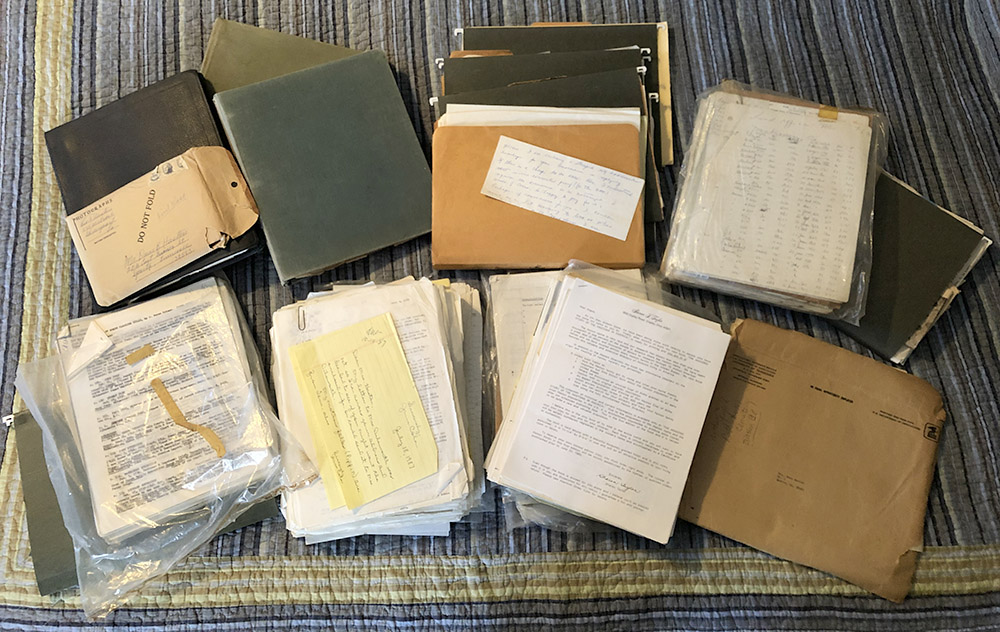
If you appreciated this article, please share it with others who might also enjoy it.

Basic DNA Seminar – 2024 Haston Family Reunion

Answering Basic Questions About DNA Research

Wayne Haston Interviews Darvin Martin, DNA Expert from Pennsylvania
July 2024 – Daniel Haston Family Association Reunion
If you appreciated this article, please share it with others who might also enjoy it.

06 – James Thomas Haston-Hasting & Clan to Yell County, Arkansas
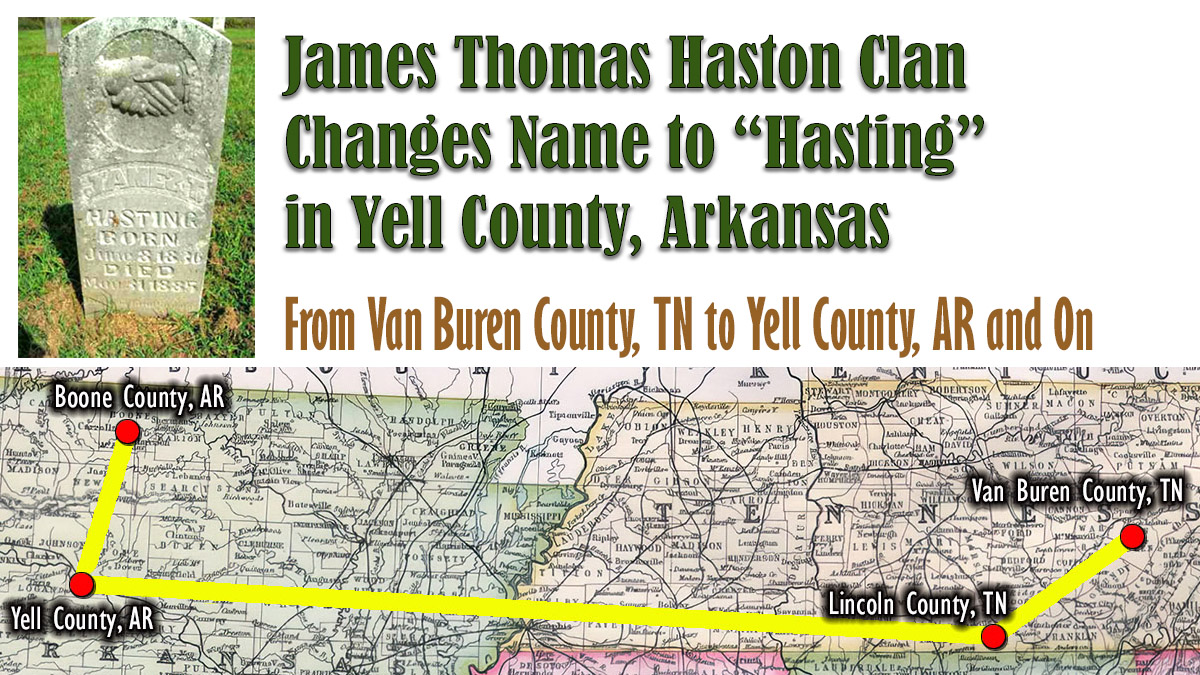
James Thomas Haston/Hasting Clan to Arkansas

Links will be activated when the posts are written and published.
The following story of this branch of the Daniel Haston family was assembled and written by Colonel Howard Hillman Haston, Sr., a member of this family and a West Point graduate.


Murry's Cavalry - Tennessee (Confederate) 4th Cavalry Regiment
James (Thomas) Haston joined Company A of the Tennessee (Confederate) 4th Cavalry Regiment, along with seven of his Haston relatives and some others from Van Buren County, TN. The company was organized on June 14, 1862 in Chattanooga, TN.

I have no reason to believe that James Thomas Haston was at Fort Sumter in South Carolina on April 13, 1861, when the fort was fired on.
Murray’s Cavalry Regiment [also called 4th Regiment] was organized in August, 1862, using Spiller’s Tennessee Cavalry Battalion as its nucleus. The unit was attached to Wharton’s Brigade and fought at Perryville and Murfreesborough. On January 23, 1863, it disbanded.
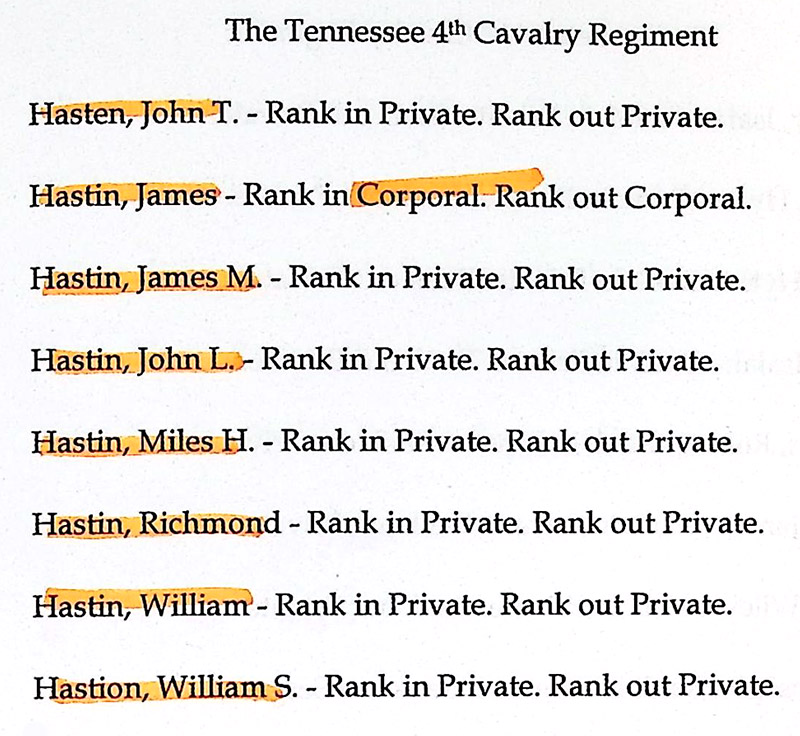

Where did James Thomas Haston get the idea that the Haston name should be Hasting?
I don’t know, but he should have discussed this with his Uncle David or Grandfather Joseph, who knew the truth about the family name. They were consistently spelling it “Haston” before and when they settled in White County, TN.

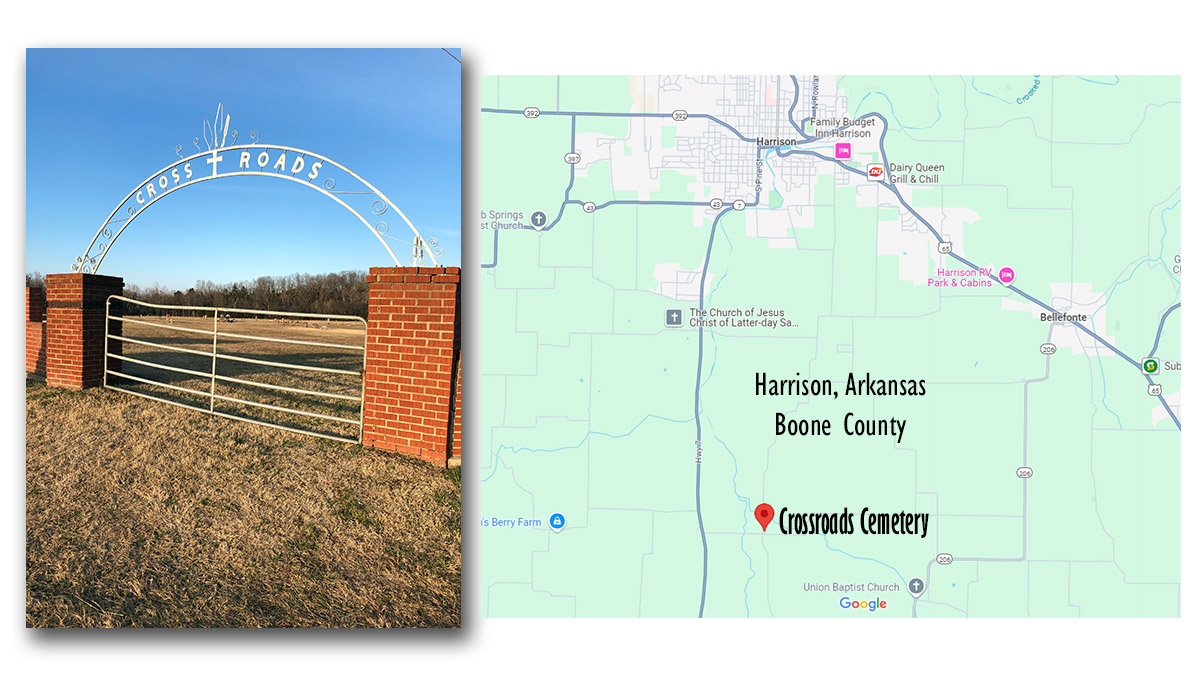


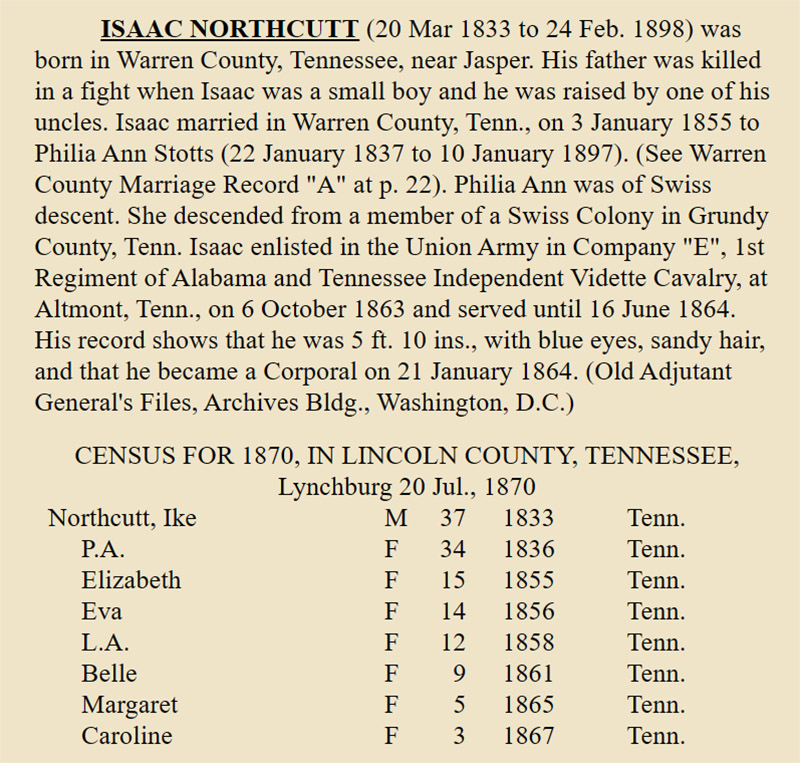



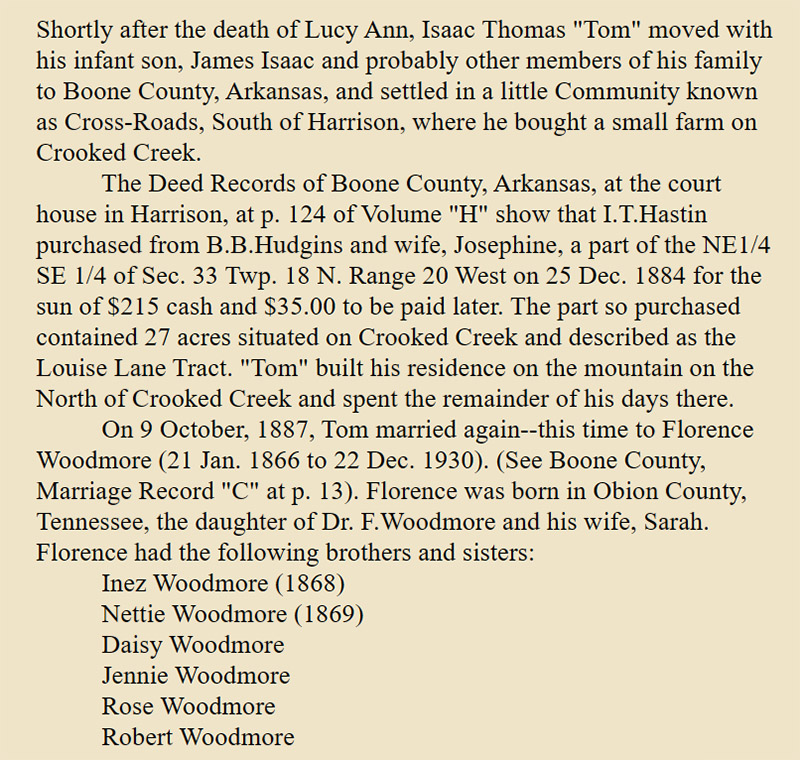
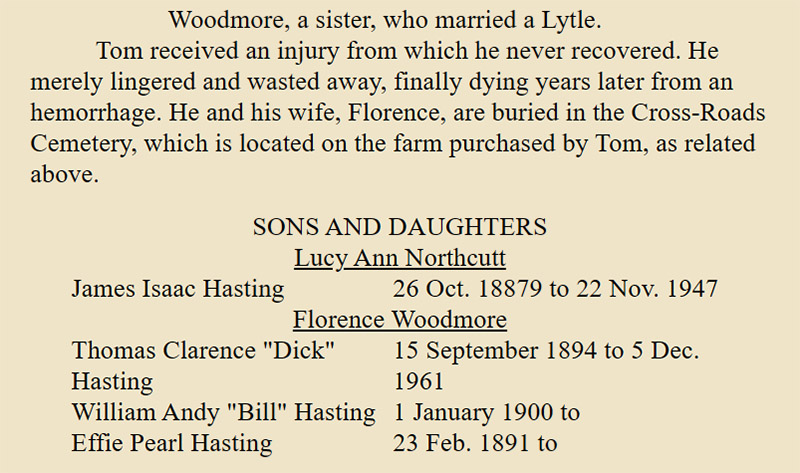




If you appreciated this article, please share it with others who might also enjoy it.

04 – Civil War Widow – Amanda Haston Dale to Yell County, AR
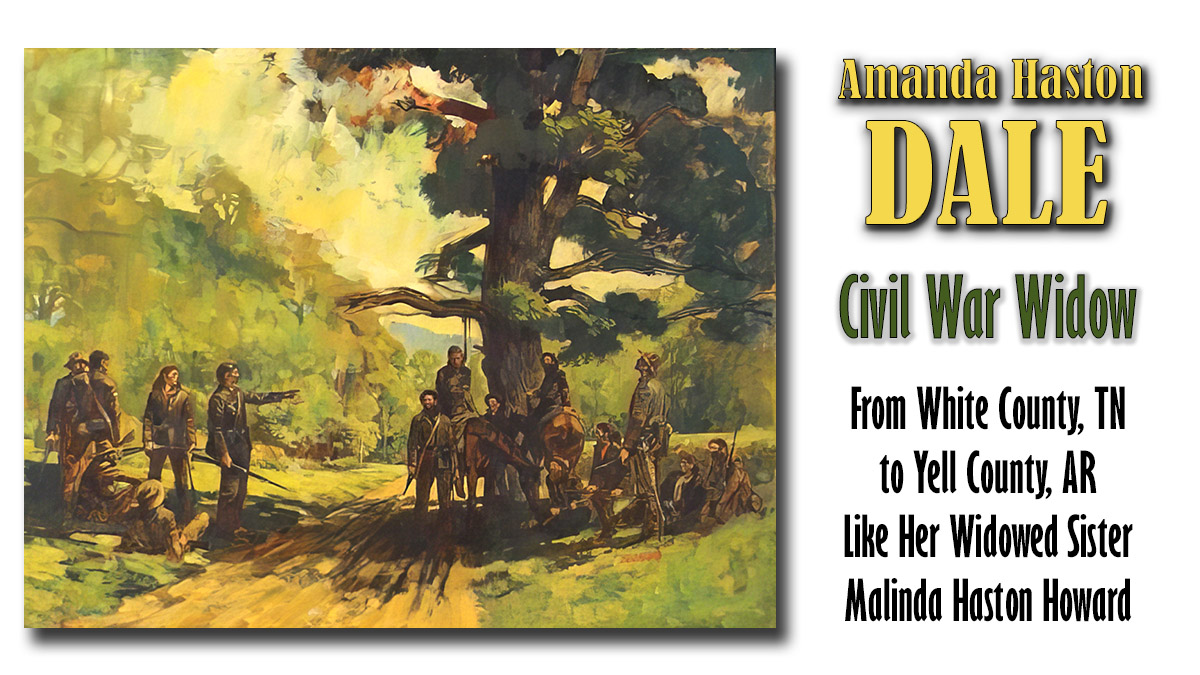
Another Widowed Haston Woman - to Yell County, AR

Links will be activated when the posts are written and published.
Be Aware: Some incorrect information in the Dale Family Book – Amanda was not a granddaughter of David and Peggy Haston. She was a daughter of Joseph and Sarah Creely Haston.
Amanda Creely Haston was the daughter of Joseph and Sarah Creely Haston and the granddaughter of Daniel Haston. She was born in about 1831, probably just a few months after her father died. In 1850, she lived with her mother in the 3rd district of Van Buren County, TN.
She married William Leonard Dale on March 13, 1858, in White County, TN. William Leonard Dale (Sr.) was the son of John H. and Margaret Dale.

John H. Dale, Amanda’s father-in-law, ran a grist mill on Cane Creek near Amanda’s and other Hastons’ homes. He also ran a public ferry on the Caney Fork River, where Cane Creek emptied into the river. No doubt all of the Hastons in that area, Amanda’s widowed mother (Sarah), and David Haston family members, were regular customers on the ferry and probably at the grist mill. John H. Dale was killed by lightning on August 2, 1847. His wife, William Leonard Dale’s mother, died in 1852.
Three of their children, younger siblings of William Leonard Dale, were “bound out” to be raised and apprenticed after the death of their mother in 1852–Thomas Rufus Dale, age 11; Dicey Dale, age 9; Wesley Martin Dale, age 6.
On January 4, 1862, at Sparta, TN, William L. Dale enlisted for 12 months in the 1st Tennessee Infantry Battalion of the Confederate Army, led by Major Stephen H. Colms. He was a private in Captain William M. Simpson’s Company E, along with other men from White County, TN. He joined along with his nephew, William Henderson Haston (grandson of Joseph Haston through Isaac and Emily King Haston).

William L. Dale's Civil War Experiences
William L. Dale’s participation in the Civil War got off to a bad start, five weeks after he enlisted the Confederates surrendered Fort Donelson, near Nashville, TN, and his company was captured. The loss resulted in most of Kentucky and much of Tennessee falling under Union control. The battalion was exchanged at Vicksburg September 10, 1862 and reorganized at the Camp for Exchanged Prisoners at Jackson, Mississippi, on September 20, 1862.
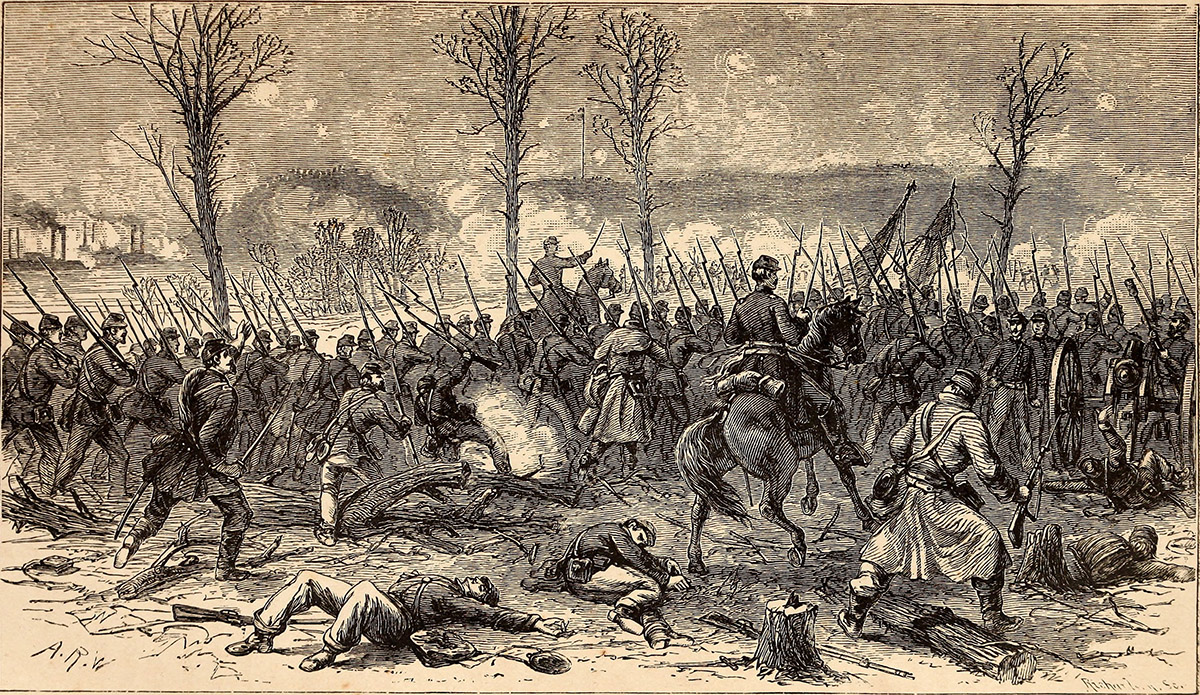
William Dale’s unit fought in the Battle of Chickasaw Bayou (Mississippi), December 26–29, 1862. The Confederates gained a victory in this opening engagement of the Vicksburg Campaign, an encouraging stop in the Union’s attempt to gain control of the Mississippi River.
On May 12, 1863, Amanda Haston Dales’ husband, was engaged at the Battle of Raymond (Mississippi), another attempt to repulse the Union’s advance of Vicksburg, Mississippi. The Confederates disengaged and fell back in the face of superior Union numbers.
Port Hudson is located about 20 miles northwest of Baton Rouge, LA. The May 22–July 9, 1863 battle-siege at Port Hudson was the final engagement in the Union campaign to recapture the Mississippi River in the Civil War. While Union General Grant was besieging Vicksburg upriver, Union General Banks was ordered to capture Port Hudson, a Confederate stronghold downriver. When the Union assault on Port Hudson failed, his massive army settled into a 48-day siege, the longest in US military history to that point. When Vicksburg fell, the Confederates surrendered at Port Hudson.

Poor supply lines, starvation, and disease were to remain the constant problems of the Port Hudson position, and overwhelm efforts to improve conditions for the soldiers of the garrison. Louisiana Private Robert D. Patrick wrote: “…never since I have been in the army have I fared so badly and in truth I have been almost starved.” -Wikipedia
“By July, the siege grew desperate for the Confederates for lack of food, and many soldiers resorted to eating mules and rats.”
750 Rebel soldiers were killed or wounded; 250 died of disease, and 6,340 surrendered. Many of those who surrendered signed the US oath of allegiance and joined the Union Army rather than be incarcerated in a prison camp. William Leonard Dale was one of those who joined the Union Army.

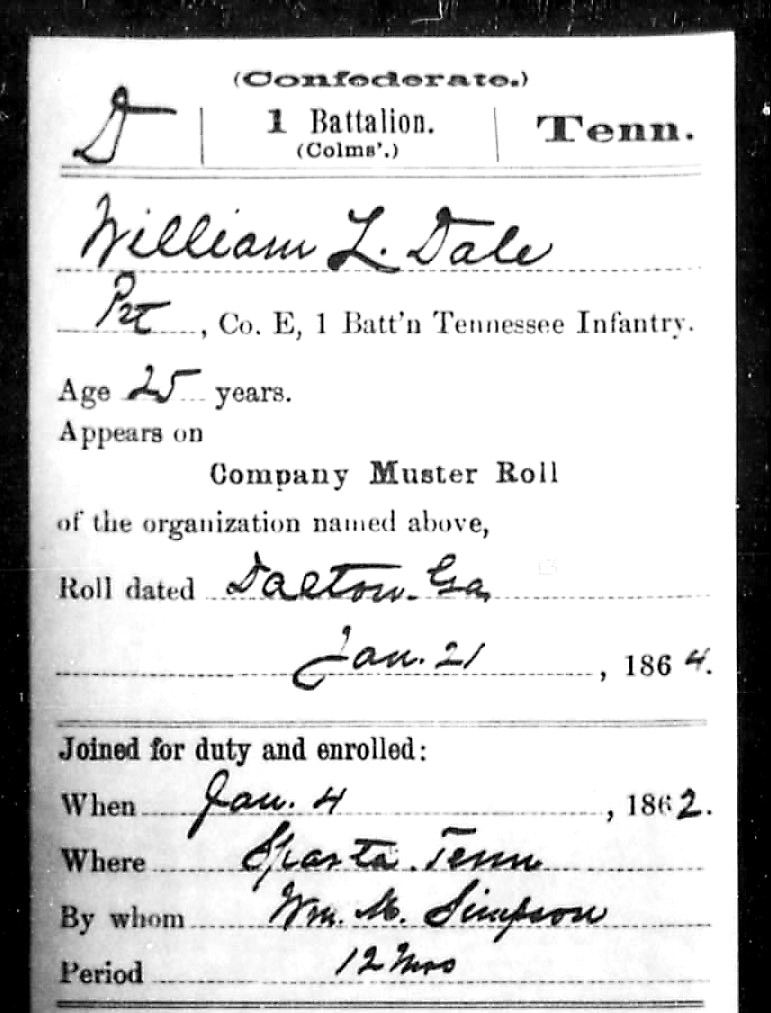
February 1864 - On Furlough Back Home in White County, TN


Amanda Haston Dale
Another Haston Widow Leads Her Family to Yell County, Arkansas
At the time of the 1870 census, Amanda (“Dail”) and her three children were living in District 2 (Hickory Valley) of White County, TN–John H. (11), Sarah M. (9), and William L. (6).
Amanda Haston Dale (born 1831) was a younger sister of Malinda Haston Howard (born in 1819 or earlier). They were both widows – single moms – left to raise their children.
According to the family report of Howard H. Hasting (below) I have always thought that Malinda Haston Howard and Amanda traveled together with their families to Yell County, Arkansas together. However, Amanda’s family appears in the 1870 White County, TN census and Malinda’s family does not.
However, Malinda supposedly lived in Madison County, TN a short while in the 1870s before moving on to Yell County, Arkansas. Maybe Amanda caught up with her older sister Malinda in Madison County, TN, and perhaps they journeyed together from there to Yell County.
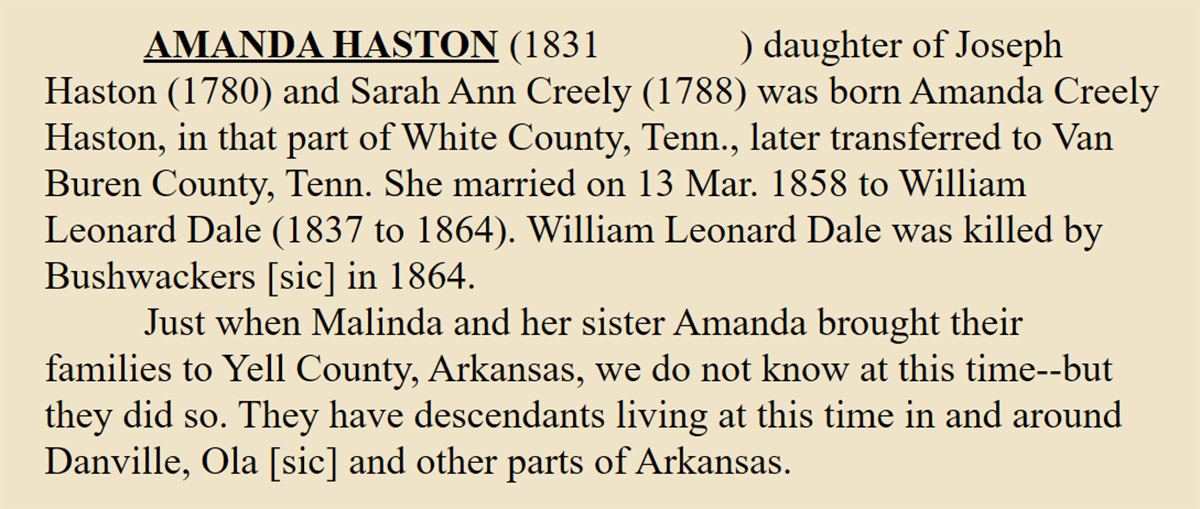

William L. and Amanda’s oldest son, John Henry Dale, who “disappeared while living in Boone County, Arkansas,” moved to Cook County, IL, where he worked as a railroad fireman. He died there on March 3, 1928 and is buried in the Ebenezer Lutheran Cemetery in Oak Forest, IL.
Family records indicate that Amanda Dale died in 1876, a few years after settling in Yell County, Arkansas. I have not discovered where she died and was buried.
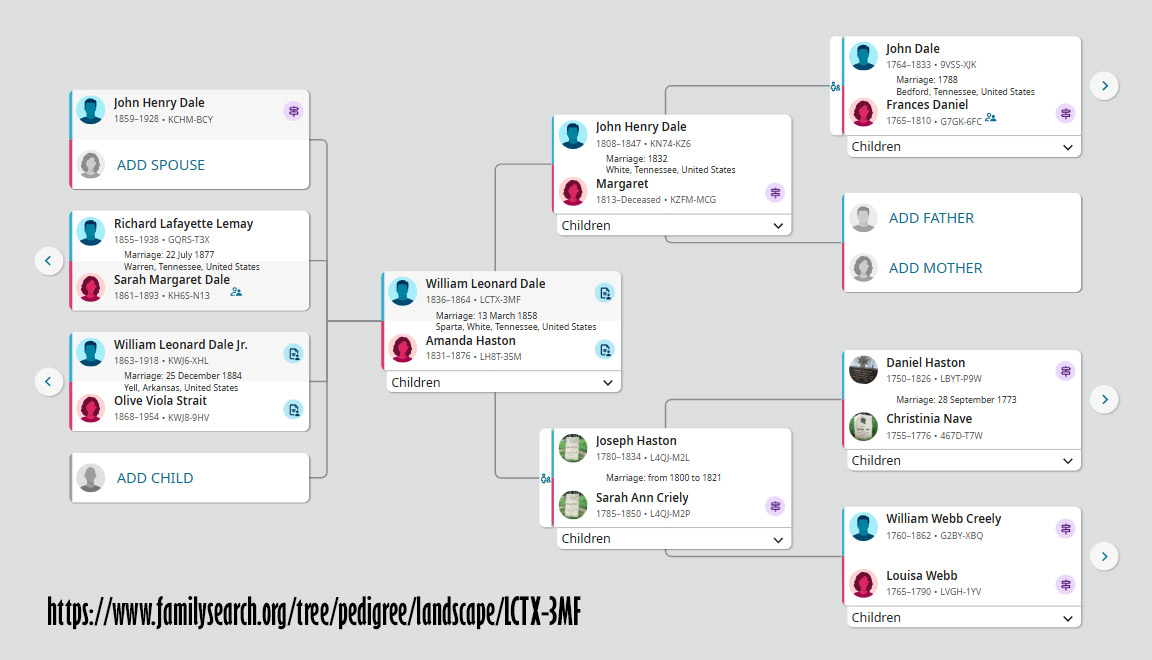
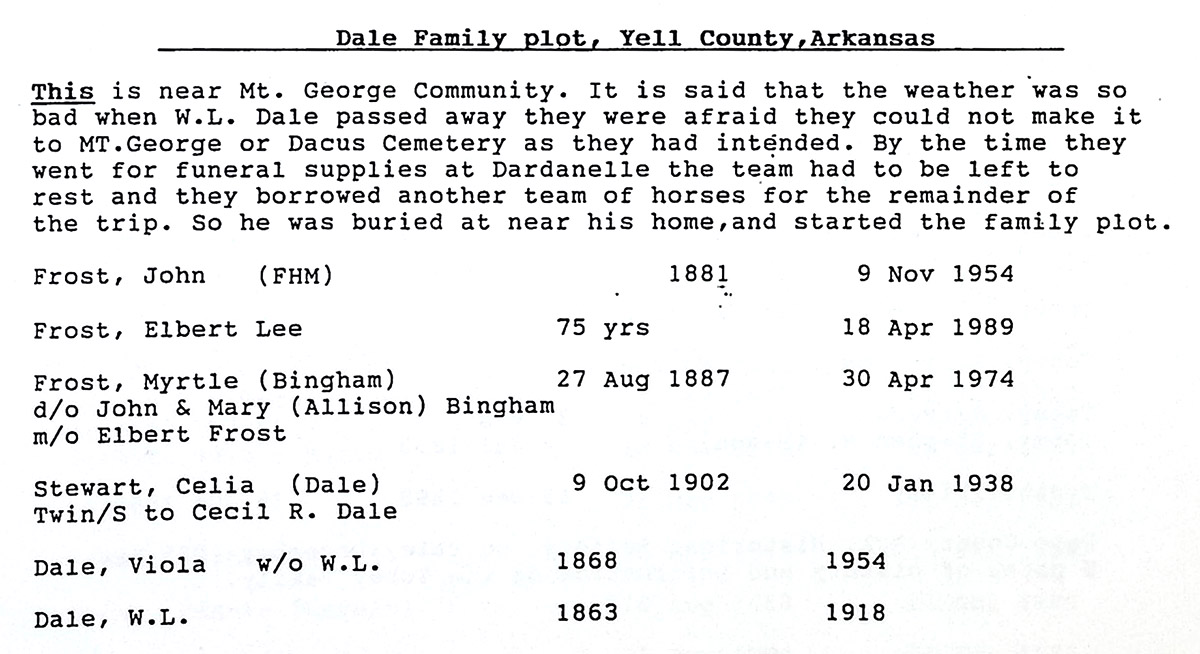
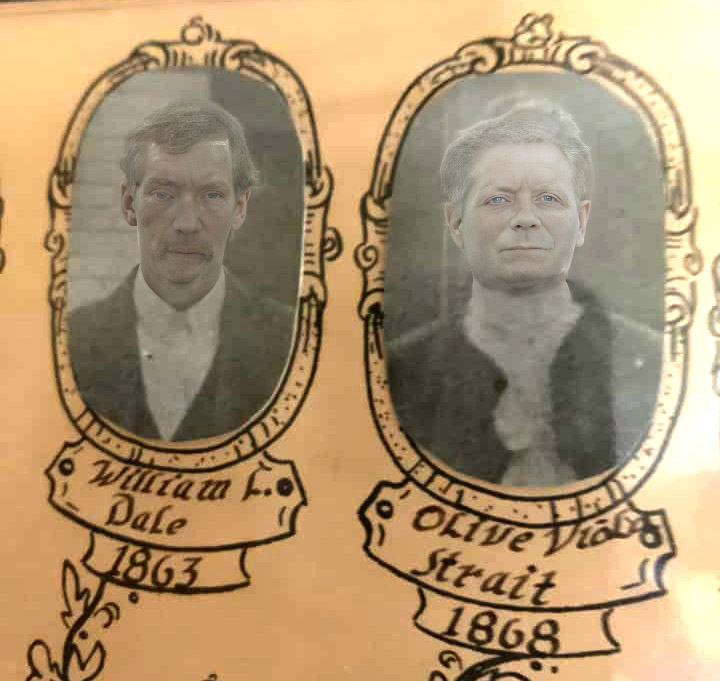

If you appreciated this article, please share it with others who might also enjoy it.

03 – Malinda Haston Howard, Widow of William Howard

Widow Malinda, Moved Her Family to Yell County, Arkansasd

Links will be activated when the posts are written and published.
Malinda Haston (Maragriet Malinda Alzina Haston, as per some sources) was born on December 5, 1815 (some sources say 1819) in what was still White County, TN at that time–later Van Buren County. Colonel Howard Hillman Hasting summarized her life story in the seven lines you see below.

Malinda Haston married William P. Howard in then-White County, TN on September 5, 1839, with John Gillentine, Esquire, officiating their marriage.

But, Was William Howard Killed by Bushwhackers?
Here’s the Official Mortality Record

I choose to believe the official mortality report that he died of Flux. His brother-in-law, William Leonard Dale (husband of Malinda’s sister, Amanda) was killed by bushwhackers in 1864, so I assume the Haston family facts have been confused. You will learn the William Leonard Dale story in the article to follow this one. See the button link above.
Bloody Flux
Dysentery, also known as “camp fever” or “the bloody flux,” was endemic throughout the colonial period and it raged right up through the Civil War. Symptoms of the disease include bloody or mucusy diarrhea, stomach cramps, pain, nausea, vomiting, and fever. Not only was dysentery a bacterial infection, but toxins can also be secreted by another type of Shigella bacteria, which damages blood vessels in the gut, kidneys, and lungs. This can produce hemorrhaging, bloody diarrhea, kidney failure, or even pulmonary edema.
Since the bloody flux was so common, people had no idea of the causes and it raged right up through the Civil War. Now we know it is caused by the Shigella bacteria and spreads rapidly in unsanitary conditions where food and water are contaminated by human waste. Crowded ships and soldier camps, poor personal hygiene, and lack of hand-washing conspired to create ideal breeding grounds for Shigella. This made dysentery a recurring, debilitating, and often fatal disease. Source
According to the 1850 census, William (age 30) and Malinda (age 31) were living in District 3 of Van Buren County, TN, with five children: Eliza J., age 9; Isaac M., age 7; Martha C., age 5; Joseph H., age 3; and James A., age 7 months. They were living next to John and Arenetta Haston. Malinda’s husband, William Howard, was a blacksmith, as was his father, Isaac Howard, according to the 1870 census.
At the time of the June 1, 1860 census, Melinda (age 43) was the head of the Howard household, no doubt grieving the recent death of her husband. All nine children were still living at home, and six of them were in school that year! Imagine a single mom with six children in school and two under school age–ages 2 and 4. Malinda and her 18-year-old daughter, Jane, were seamstresses.
I have not found an 1870 census record for Malinda in Van Buren County or elsewhere. She may have been on her way to Arkansas, but that’s just a “maybe.”
If you research this family, you will see references to William and Malinda Howard, who were on the 1870 census in Jefferson County, TN. This is a DIFFERENT family of Howards. The names of the children do not match the Malinda Haston Howard family and William Howard of Van Buren County, TN had been dead more than 10 years by the time of the July 8, 1870 Jefferson County, TN William Howard.

Malinda Howard appeared on the June 30, 1880 census in Magazine Township of Yell County, Arkansas. Sons William M. (age 26) and Thomas F. (age 19) were living with her.


Joseph H. Howard - Son of William and Malinda
Sheriff of Yell County, Arkansas

Inconsistencies with Other Records
- Date of birth, January 31, 1849 does not match the 1850 census record that says he was three years old.
- “His father was a gunsmith by trade” = possible, but Van Buren census records say he was a blacksmith.
- Dates of his father’s birth and marriage of his parents do not match other records.
- “Here the father died” – if “here” means Yell County, Arkansas, this is definitely wrong. William Howard died in Tennessee.
After what must have been a tough life, Malinda died on January 23, 1892. She was buried in the Shepherd Cemetery. Omega Road, Alpha, Yell County, Arkansas 72833, United States; Coordinates: 35.12860, -93.26440
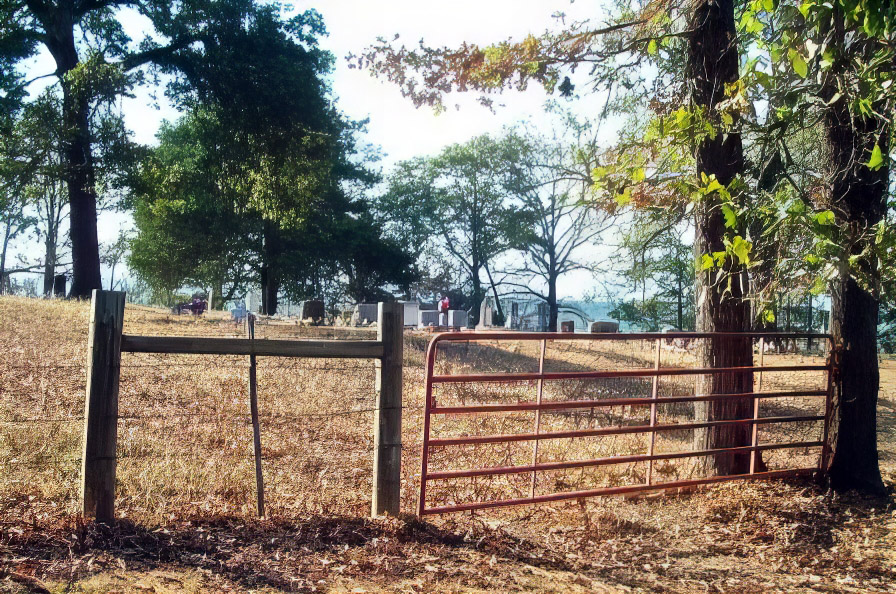

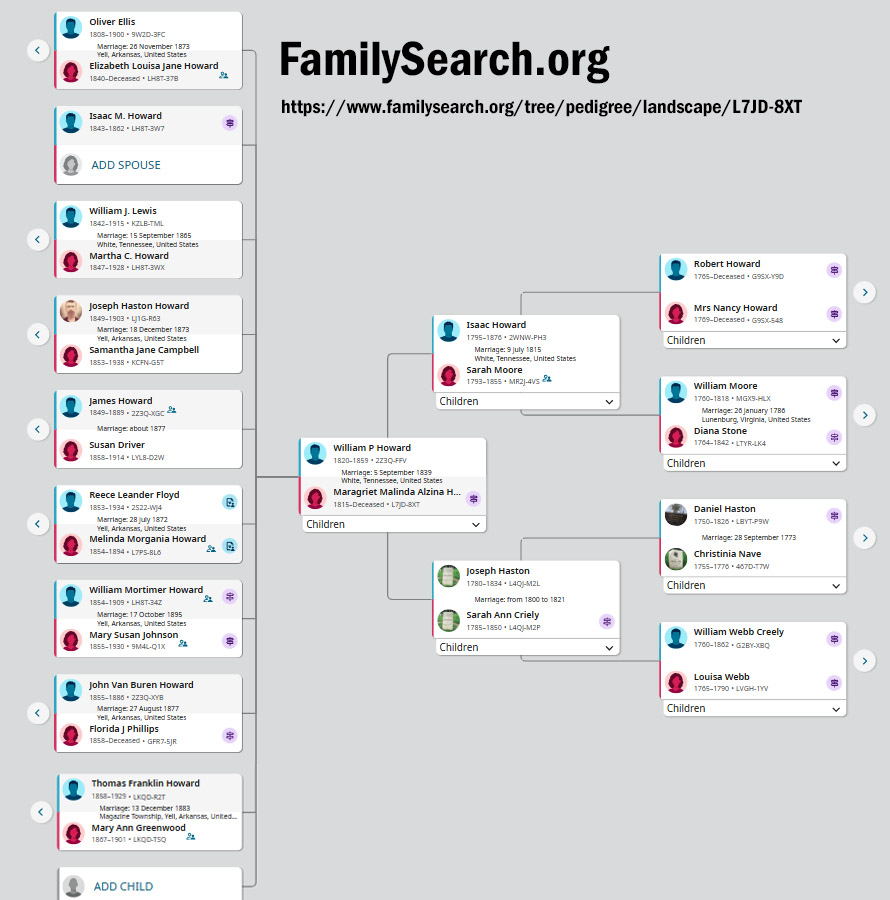
If you appreciated this article, please share it with others who might also enjoy it.

05 – Green Madison “Doc” and Margaret Ann Haston Shepherd

G.M. "Doc" and Margaret Ann Haston Shepherd

Links will be activated when the posts are written and published.
The 1850 Caswell County, NC Federal Census indicates that Green M F A R Shepherd was two years old and living with his family, John and Tempy (Temperance) Shepherd in Caswell County, NC. The record states that he, his parents, and his siblings were all born in the county of Person, NC. Person County was created out of Caswell County in 1792. They were all mulattoes. Sometime between the 1850 and 1860 censuses, this mulatto Shepherd family moved to the southern end of White County, TN.
Note: Mulatto typically refers to a person of mix black and white ancestry. (Source: Britannica)

G.M. “Doc” and Margaret Ann Haston Shepherd were part of a movement of families (Hastons and related families in particular) who moved from Van Buren County and White County, TN to Yell County, AR in the final decades of the 1800s. Precisely why they moved is unknown, but it was probably because “grass was greener” west of Tennessee at that time–good land was available and more affordable than in Middle TN. Sometimes, you may find him referred to “Doc” Shepherd, but he was not a medical doctor. For some reason, “Doc” was his nickname.
According to the 1860 census, G M F A R Shepherd (F = Franklin, A = Alexander, R = Rasby ) was 13 years old (born in 1847) was living with his parents, John and Temperance Shepherd in the area of River Hill in the 2nd District of White County, TN. He was enrolled in school, probably the (Old) Union School of that area, if his mulatto status would have allowed him to do so at that time.
That same year, Margaret (Ann) Haston was nine years old, living with her parents, William Carroll and Jane Denney Haston, south of Cane Creek and the Caney Fork River in Van Buren County, TN. She and her two brothers, Charles Thomas Haston and Van Haston, attended school that year–possibly across (north of) the river into White County at the (Old) Union School. Even though they were in different counties, the Shepherds and Hastons were not far apart.
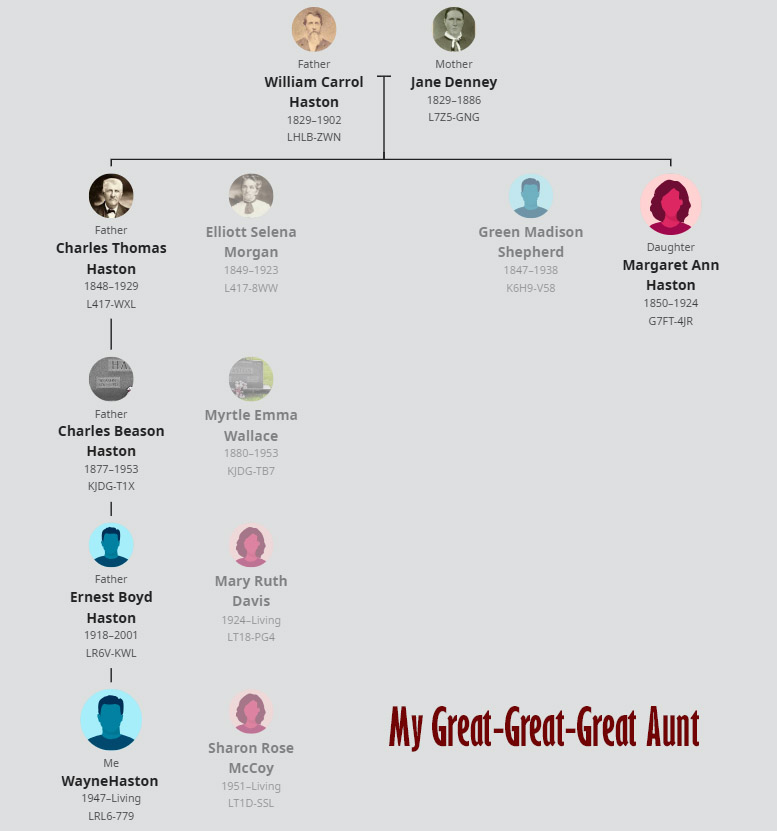
Before the next census, they were married on January 16, 1869, in Van Buren County, TN. So, as young people, they grew up living in the turbulent Civil War years.

On July 26, 1870 (Federal Census record), D. (probably D = “Doc”) and Margaret Shepherd–he age 23, she age 19–were living in District 3 of Van Buren County, TN with no children. They were living near some Hasting (Haston) families.
They were still living in the 3rd District of Van Buren County, TN at the time of the 1880 census. That was near where Margaret grew up. Margaret’s brother, David L. “Van” Haston, lived two houses away. Four children were in their household: Martha, age 9; Jennie, age 7; Dalton, age 3; and Fannie, age 1. Martha and Jennie were both attending school.
Hugh J. Brady and wife Cherokee D. were one more, a third, house from them. Hugh Brady was a colonel in the Federal Army during the Civil War. He was a U.S. storekeeper and gauger at the time of the census. Note: Gauger in the 1800s =a government official responsible for measuring the contents of barrels or casks, particularly those containing liquids like alcohol, to ensure accurate taxation based on volume.
According to the Centerville Township, Yell County, AR 1900 census, three children were living at home with them: Cleveland [John Cleveland], age 15 (born December 1884); Carrel [William Carroll] (son) age 12 (born April 1888), and Ellen (daughter) age 8 (born February 1892). All of them were born in Arkansas, so we know that GM and Margaret moved to Arkansas before the mid-1880s.
A man named G.M. Shepherd was tried for selling liquor to Chocktaw Indians on their reservation in Tuskahoma, Oklahoma. It was a Federal offense. On its western border, Arkansas was adjacent to Oklahoma’s Indian territory. Tuskahoma was about 175 miles from Dardanelle, AR. Was this the husband of Margaret Ann Haston? There were a few other Shepherds that were also charged with that crime, a George Shepherd for one. But the other names do not seem to fit the G.M. and Margaret Haston Shepherd. Was this “G.M. Shepherd” Margaret’s husband?
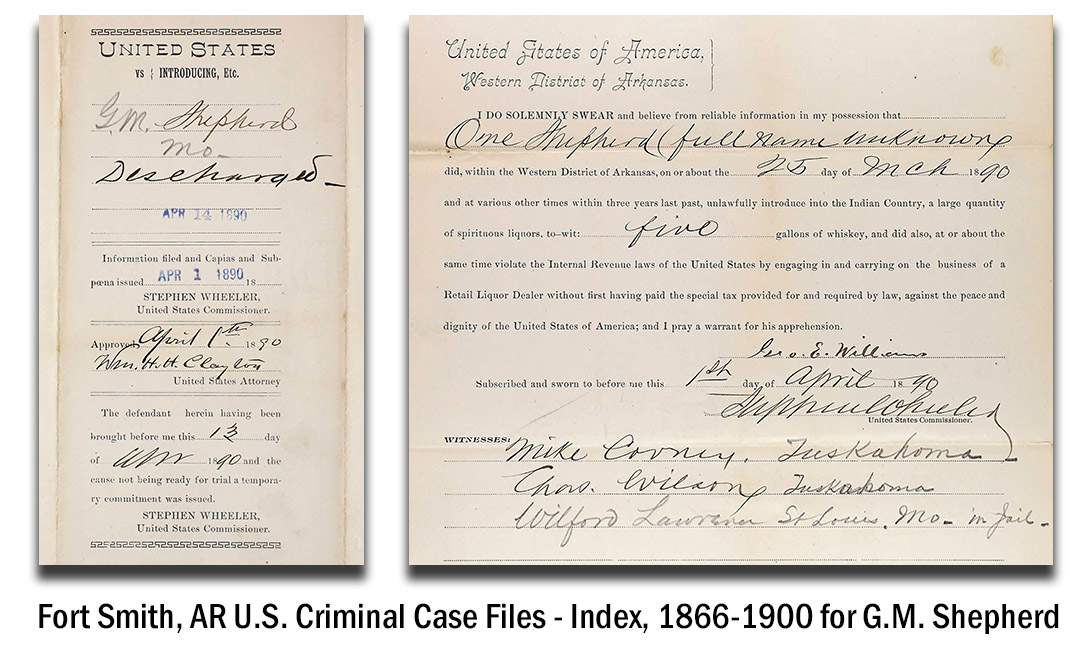
In 1910, they were living in the Dardanelle Township of Yell County, AR. Cleveland (son, age 25 and divorced) and [William Carrol] Carol (son, age 22) were living with them and both were bakers, apparently co-owners of a bakery shop. Green and Margaret Ann had been married for 38 years. Margaret had borne seven children, but only four were still living.

At the time of the 1920 census, Green M. and Margaret A. were stilling living in the same township of Dardanelle County, AR. Son [John Cleveland] John C. (age 36, born in Arkansas) was with them. Green, at age 72, was a “Cat [cattle?] Seed Buyer,” a wage earner for a company.
Margaret died January 11, 1924, and was buried in the Brearley Cemetery in Dardanelle, Yell County, AR.
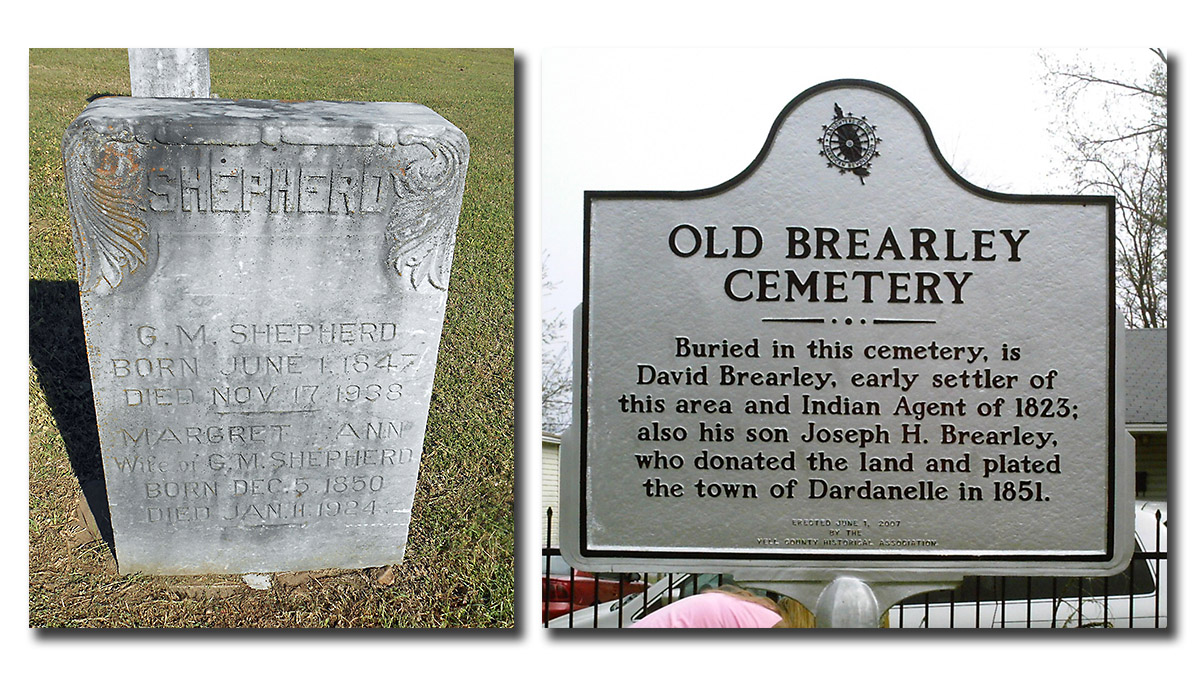
The obituary for Green Madison Shepherd says that he moved to the Gould Township of Lincoln County, Arkansas, to live with his son about 10 years before he died.
Green Madison Shepherd died on November 17, 1938 at the age of 91. Apparently, he was living with his son, William Carrol Shepherd (I assume), in Gould of Lincoln County, AR at the time of his death. He was buried on November 18 beside his wife Margaret in the Brearley Cemetery back in Dardanelle, AR. Son, W.C. Shepherd provided the information for his death certificate.
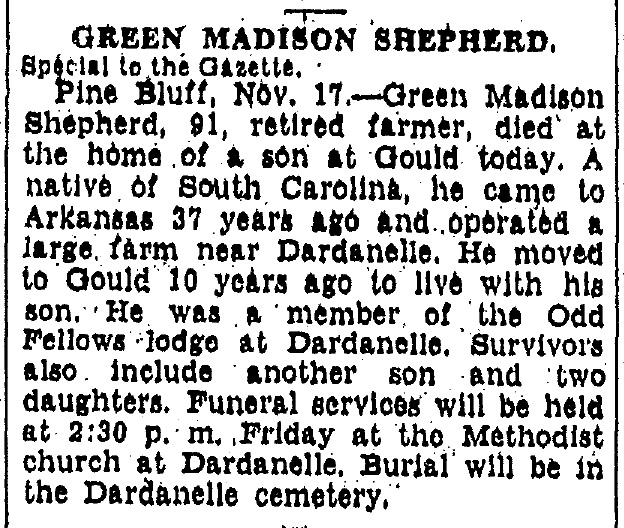



If you appreciated this article, please share it with others who might also enjoy it.

Sparta, TN – One Vote Shy of Becoming the State Capital?

Did Sparta, TN Almost Become the Capital of Tennessee?

All of us old-timers who grew up in White County, Tennessee, have heard the story about Sparta coming one vote short of becoming the capital of Tennessee. The story usually goes on to say that the needed vote was “sold” for a drink of whiskey. Well, here’s the LEGEND and the FACTS that can be known and documented about that story.
The Legend
Some years after the settlement of Sparta, there was an election held in the state legislature to select a permanent capital for the state. Many of the towns in East and Middle Tennessee were voted on. When it cam to the vote between Nashville and Sparta, that vote failed to be put on the House Journal. The legend goes that Sparta lacked only one vote of receiving enough to make it a capital, and that vote was sold for a drink of whiskey. Sam Turney at that time represented White County as senator and he worked for Sparta. The representative from White County was John Dearing, who, in the election, voted for Nashville. It is uncertain what influenced him to vote thus as it would be reasonable to expect one in that position to vote according to the wishes of his people and also for his home town. He has ever since been criticized for his action then.
Coral Williams - Legends and Stories of White County, TN
The Facts
# 1 – The “new” 1834 Tennessee Constitution required a permanent capital site be chosen. In 1840, the issue of which Tennessee town or city would become the state capital did come to a vote.
# 2 – John W. Dearing was the representative for White County (Sparta) in the TN State House of Representatives. Sam Turney was the senator for White County (Sparta).

# 3 – On January 28, 1840, the Tennessee State Senate passed a resolution that the capital of Tennessee be moved from Nashville to Murfreesboro. The Senate attached the condition that the Governor and other officers be allowed to remain in Nashville until the meeting of the next (September, 1841) Legislature .
# 4 – The day after the Senate’s resolution was passed down to the House of Representatives, the House rejected the resolution specifically because of the attached condition.
# 5 – During these expressions of opposition, an amendment was offered to strike out Murfreesboro and insert Sparta as the new site for the State capital.
# 6 – When the vote was taken for this amended resolution, the representatives were evenly divided, which caused the Senate’s resolution to fail. One vote would have swung the resolution in favor of Sparta. This action was not the FINAL decision concerning the permanent site of the capital. Legislative maneuvering continued for a few days, which made the House’s action on January 29, 1840, meaningless. So, (as you will soon see) if Sparta had been favored in the resolution, it is very unlikely that Sparta would ended up being the state capital.
# 7 – The Speaker of the House quickly signed the Senate’s proposal and the presiding officers of the Senate followed with their final approval, which appeared at the time to make Murfreesboro the permanent state capital. Largely because of it’s proximity to the geographic center of Tennessee. The geographic center of Tennessee is located on Old Lascassas Pike, a half-mile from the campus of Middle Tennessee State University in Murfreesboro, TN.

Note: Sparta’s “first objective” was to be in the resolution from the House of Representatives. The next and final objective would have been for the Senate to accept the House’s resolution. However, the “Sparta resolution” never got out of the House, much less to the Senate.
# 8 – As it turns out, this January 29, 1840, action was negated by congressional maneuvering in the days to follow. On Friday, January 31, a resolution was introduced into the House, rescinding the resolution to Murfreesboro and fixing the seat of Government again at Nashville. Dearing, the Sparta-White County representative, opposed the resolution, but he was in the minority. The resolution was carried over to the Senate where the Sparta-White County senator, Sam Turney, was initially NOT in favor of it. After some more maneuvering, the resolution passed with Turney voting FOR the resolution, which made Nashville the state’s permanent capital.
The final vote in the Senate was 12 “yeas” (for Nashville) and 11 “nays” (against Nashville). According to the February 5, 1840 (Nashville) Republican Banner article: “This result was effected by Mr. Turney’s [Sparta-White County’s senator] changing his vote in favor of Nashville.”
Summary
Yes, the vote that eventually made Nashville the permanent capital of Tennessee came down to one vote and that vote was cast by Sparta-White County’s State senator, Sam Turney. However, at that point Sparta was NOT in the consideration, so it was not a Nashville vs. Sparta vote. Sparta-White County’s representative John Dearing, in the House, opposed Nashville. It was not Dearing’s vote that gave Nashville the win.
Regarding the influence of a “drink of alcohol,” that accusation is doubtful. Sam Turney was an eccentric character and often made controversial choices. He was a popular attorney and no doubt wealthy enough to purchase alcohol if and when he wanted.
The editor of the Nashville Republican Banner made this comment regarding Turney:
With this gentleman we have no affinities, personal or political; but it is due to him to say, that he only did at once and without hesitation, what others would have eventually done, had it been necessary. We know from undoubted information, that another Van Buren [the Democratic President, not the Tennessee County] Senator, whose personal and political integrity is above suspicion, was prepared to vote for Nashville, rather than compel the Governor and other Officers of State to trudge away to Murfreesborough.
The Republican Banner - Article After the Final Decision
The article from the “contemporary newspaper” mentioned above.
To View a Higher Resolution Version, Right-Click on “Download” and Open the Image in a New Window
Then Use the Cursor’s + Option to Enlarge It

Hon. Sam Turney was an unique character. He was one of the most successful lawyers ever at the Sparta Bar. He was original but very eccentric. He used to sit at a hotel and cut his own hair. When remonstrated with, he replied, ”I guess I know the shape of my own head.” There were no records of warrants and indictments kept in those days, Turney would eat the warrants, thus freeing his client. Once a counterfeiter was up for trial, Turney was his lawyer. Turney asked to see the five dollar bill presented in evidence. Talking and wrapping the bill around his finger he found a chance to put the bill into his mouth and at the same time took a good bill out of his vest pocket and substituted it for the counterfeit. Then he requested the Judge to send three men to the bank to see if it would pass. It did and his client went free. He won national fame for planning the escapade which prevented our State from having a United States Senator for two years. He and the actors with him became known as The Immortal Thirteen. Toward the end of his life he was baptized and became a Christian preacher. Great crowds came to the services whenever it was announced that he would preach. He was a soldier in the War of 1812 and when he died in Sparta in 1862, he was buried by a Convoy of Federal soldiers. Page 95 of The History of White County by Monroe Seals.
If you appreciated this article, please share it with others who might also enjoy it.

Share Your Best Haston-Related Family Story

Every Family Has Stories - Share One of Yours With Us

What Kinds of Stories?
- Meritorious Military service
- Outstanding achievements
- Unusual events
- Victims of major crime
- Historical backgrounds
- Humorous happenings
- Incidents of significant bravery
- Mysterious event
- Unique family lore passed down in your family
- Genealogical questions that have perplexed your family
- Other type of story that will be of interest to members of our Daniel Haston FAMILY
Submit Your Proposed Family Story Idea
If you appreciated this article, please share it with others who might also enjoy it.

Hannah Brooke Haston – University of Tennessee

Hanna Has the Haston Leadership-DNA

Hannah Haston, daughter of David and Laura Haston of Dandridge, TN, is a Junior at the University of Tennessee studying Business Management on a Marketing Track with a collateral in Leadership and Organizational Effectiveness. In addition to this, she is pursuing a minor in Political Science with the intention of potentially attending law school upon graduation. During her tenure thus far, Hannah has maintained a perfect 4.0 GPA, placing her on the Dean’s List with Summa Cum Laude honors for 5 consecutive semesters and among the top of her class in the Haslam College of Business. She is on track to graduate in May of 2026.
Hannah is on a full-tuition merit scholarship from the University of Tennessee based on Academic Achievement. Because of her test scores, she is a Volunteer Scholarship recipient, rewarding students who scored above the 95th percentile on the ACT exam in addition to having over a 3.8 cumulative high school GPA. Furthermore, she is a Hope with Merit Scholarship recipient, placing her in the highest academic tier for Tennessee statewide awards.
On top of being a full-time, high-excelling student, Hannah is heavily involved in extracurricular activities on campus and in her greater community. Following a string of executive positions, Hannah was just elected and installed as the 2025 Chapter President of Kappa Delta Sorority – Alpha Epsilon Chapter, in which she acts as the head of command of one of Kappa Delta’s largest collegiate organizations, sitting just under 500 members. With this opportunity, she serves as the liaison between the university, her chapter, and KD’s national headquarters, ensuring that Alpha Epsilon is following all regulations, effectively managing its chapter budget of over $1.45 million, and exceeding all expectations. Prior to this, she served in numerous appointed officer, executive board, and governing council positions, most notably her term as Vice President of Events and Programming for the organization which concluded in November of 2024. During this position, Hannah facilitated and planned all social events, philanthropic events, community service initiatives, Parents Weekend celebrations, and alumnae involvement endeavors, amounting to over 65 events planned during her term altogether. During the spring semester alone, Hannah and her team led the chapter to raising well over $100,000 for the first time in chapter history, and upon completion of her term, Kappa Delta has raised over $140,000 in 2024, more than double what had ever been raised before by the organization in support of Prevent Child Abuse America and Child Help-Knoxville. This solidified Kappa Delta as one of Child Help’s largest contributors, funding the entire salary of multiple members of their part time staff. In addition to this, Hannah planned events of all types and sizes, including an inaugural Parents Weekend philanthropy event that hosted over 1000 people and raised nearly $20,000 in a single night.
Outside of her sorority, Hannah is a member of Order of Omega, a Greek honor society acknowledging the top 5% of student campus leaders. Within this organization, she participates in community service initiatives, professional development opportunities, and is required to maintain prestigious leadership involvement on top of an elite GPA. Also, she is a new initiate of Kappa Alpha Pi – Pre Law and Government Professional Fraternity on campus. She was initiated in November following a rigorous recruitment and interview selection process and upon the completion of an educational new member program designed to introduce her to the greater Law professional landscape in Knoxville and to connect her to a group of peers with similar interests and goals. Here, she acts as the Brotherhood Coordinator, planning and executing events designed to improve the community within the fraternity by providing opportunity for the formation of genuine connections throughout. She is also a member of Women of Haslam, a departmental group dedicated to providing resources to and educating young female business students on professional skills and pathways. She is also an active member in Eighteen Twenty Bible Study, a group of well over 100 Greek women who meet weekly to pray for each other and the campus while growing in their faith.
Hannah’s Haston Lineage
Daniel Haston > David Haston > Polly Haston > Montgomery Greenville Haston > Isom Haston > R.C. Haston > Marlin Haston* > David Haston > Hannah Haston
*Hannah enrolled at the University of Tennessee precisely 75 years after her grandfather, Marlin Haston, enrolled there.
If you appreciated this article, please share it with others who might also enjoy it.

Emma Shackleford at Union School – Grandmother of Minnie Pearl

Minnie Pearl's Grandmother Taught at the (Old) Union School
In Southern White County, TN Where Hastons & Related Family Members Attended School

The only name we have of those who taught in that old house [original log building used by Union School in Hickory Valley of southern White County, TN] is that of Miss Emma [Emily] Shackleford and that was about 1848.
"Uncle Billie" Young - Sparta (TN) News, April 25, 1929
“Minnie Pearl” (Stage Name) Was Sarah Ophelia Colley (Cannon)

If you appreciated this article, please share it with others who might also enjoy it.

02 – Wiley B. and Mary Durham Haston

First-Known Hastons to Arkansas

Links will be activated when the posts are written and published.
Don’t Confuse These Two Men With the Same Names
Wiley B. Haston, born 1806
Wiley B. Haston, born 1836
Son of David Haston, Grandson of Daniel Haston
Died in the 1860s in Arkansas
Son of James Alford Haston, Grandson of Joseph Haston, Great Grandson of Daniel Haston
First 44 Years in the Life of Willie/Wiley B. Haston
- Born July 11, 1806, in Knox County, TN, northwest of Knoxville (on his parents’ farm on Grassy Creek). His parents were David (oldest son of Daniel) and Peggy Roddy Haston.
- Often spelled “Willie” but pronounced “Wi-ley”
- “B” = “Blount” (probably named for Willie Blount of Knoxville, who later became a three-term [1809-1815] Governor of TN), including the War of 1812 Era. His father (David, son of Daniel) may have been a friend of the future TN governor while living in the Knoxville area.
- Married 1st – Tamar (Tamsey) Austin (before 1825); Tamsey was a daughter of John & Rachel Denny Austin, thus a step-daughter of Wiley’s Aunt Catherine Haston, who married John Austin after Rachel died. Wiley and Tamsey had eight children together, according to a family record. Tamsey died before mid-1845.
- 1828 – “Blount Hasting” – first appearance on the White County, TN (area that later became Van Buren County) tax list in the same district as his father and Uncle Joseph. “William B. Haston” on the 1832 tax list with 50 acres of land, plus 150 acres of “school land.” Later, the name “Willie B.” appears. 225 acres in 1840 in the 4th district along Cane Creek.
- January 25, 1839 – Signed the petition to create Van Buren County, TN.
- 1850 Van Buren County, TN Census for District 4

Second Wife Years in Tennessee
- Married 2nd – Mary Durham (July 13, 1845) in Van Buren County, TN. Mary was the daughter of Nathan Durham, a neighbor of W.B. Haston on Cane Creek in the 4th District of Van Buren County, TN.
- 1852 – Commissioned as Justice of the Peace in Van Buren County, TN.
- 1853 – Voted in the affirmative for the incorporation of Spencer, TN.
- May 7, 1860 – Was in Van Buren County, TN court where his and Tansey’s daughter, Nancy, was placed in the guardianship of William B. Cummings. Refers to Tamsey as W.B.’s former wife and deceased. Nancy would have been about 20 years old, but still a minor until 21.
- By the time he left Tennessee, he owned 935 acres but mostly cheap land on Cane Creek in District 4.
Note: According to 1870-1871 Chancery Court records, this land was given to W.B. & Mary by Mary’s father, Nathan Durham, but was the deed was not registered, which resulted in a court challenge regarding the ownership of the land. See end of this article. - Next court entry for the same day (May 7, 1860) states that David Haston (father of W.B. Haston) had “departed this life.” This was probably the event that “freed” W.B. to leave Tennessee and venture west.
Sebastian County, Arkansas

Sixty-six days after the Van Buren County, TN (May 7, 1860) court session in which Wiley B.’s daughter, Nancy Haston, was placed into guardianship and his father’s death was mentioned, W.B. and Mary’s family was on the 1860 Federal Census in Cole Township (James Fork Post Office) of Sebastian County, Arkansas.
July 11, 1860 – W.B. Haston, age 54, was on the 1860 census for Sebastian County, AR, with a four-year-old son (David Haston) who was born in Arkansas, but all the others in the family were indicated to have been born in Tennessee, even a one-month-old “William” (who was “Willard” in other official sources). The census taker must have gotten the places of birth for David and William/Willard confused, because later census records indicate that it was William/Willard who was born in Arkansas, not his older brother David.
Some sources say that William/Dillard Durham (W.D.) Haston was born in Yell County, Arkansas. Since he was only one month old at the time of the 1860 census, he was probably born there during a brief stop in Yell County before the family moved on to Sebastian County, two counties to the west of Yell.
1860 Cole Township of Sebastian County, Arkansas Census

Shadrack and Margaret Haston Mooneyham
Shadrack Mooneyham (born 1826) and Margaret Haston (born about 1828) were married by David Haston, Justice of the Peace, on August 14, 1845. Margaret was the daughter of Wiley B. and Tamsey Austin Haston and granddaughter of David Haston, who performed their marriage. Shadrack and Margaret apparently moved to Arkansas with her father and step-mother. At the time of the 1860 census, they (he, age 33; she, age 31) were also living in Cole Township of Sebastian County, Arkansas, with seven children (five oldest born in TN, two youngest born in AR). Margaret’s youngest child was born in April 1865 and Shadrack married a second wife on February 1870. According to the obituary of Margaret’s son, Wiley Bluntford Mooneyham (born in Arkansas in 1860), apparently the family remained in Arkansas after her father died there.
Back to Van Buren County, Tennessee
Wiley B. Haston did not live long after moving to Sebastian County, AR. He died sometime after the 1860 census and I have not been able to learn anything about his life or death in Arkansas. By the time of the 1870 census, his widow, Mary Durham Haston, was living back in Van Buren County with four children.

Since William D. (born 1860 in Arkansas) was the youngest child in Mary’s family, it is likely that her husband (Wiley B.) died within a year or two (or so) of their arrival in Sebastian County, Arkansas.
Van Buren County, TN Chancery Court – 1870 & 1871 (Book A, pages 27, 34, 40, 69)
Mary Hasting, widow of Wiley B. Hastin, Sr. vs. Wiley B. Hasting, Jr., James Hasting, et. al.
Mary (Durham) Haston, widow of Wiley B. Haston, Sr., was involved in a Van Buren County Chancery Court case. Apparently, the case was related to Wiley B.’s estate settlement, particularly the 935 acres in Turkey Cock Cove that Mary’s father, Nathan Durham, had gifted to Wiley B. and Mary on September 12, 1859 (eight months or so before they left for Arkansas). It appears that more than two dozen descendants were trying to get part of the 935 acres.
The court concluded that the deed assigned to Wiley B. Haston had been destroyed before it was registered and was thus void. The court “ordered and decreed … that the title to the above [land] be divested out of the defendants [the family members trying to get some of the land] and vested in complainant [Mary Durham Haston] … and that the deed so made to complainant by the said Nathan Durham be set up.”
In other words, Mary ended up being the legal owner of the land and the defendants [the people trying to get what they deemed to be their share of the land] got nothing.
If you appreciated this article, please share it with others who might also enjoy it.

01 – Yell County, Arkansas – Hastons

Yell County, Arkansas - A "Haston Place"

Yell County is Arkansas’s 42nd county, formed on December 5, 1840, from portions of Scott and Pope counties.
Why Yell County, Arkansas?
Why did so many descendants of Daniel Haston from the Tennessee Haston Homeland move to Yell County, Arkansas, between 1850 and 1880? Frankly, I don’t know for sure. There was no major booming industry there to attract them with lucrative jobs. It probably had something to do with cheap land, some of which was very fertile. But, for “whatever” reason there were several Van Buren County, TN Haston families that moved there within those thirty years–1850 to 1880.

Van Buren County, TN Hastons to Yell County, AR
In future weeks, but not necessarily consecutive weeks, I will share what I know about the following Van Buren County, TN Hastons, who settled, temporarily or for the long term, in Yell County, Arkansas.
Links will be activated when the posts are written and published.
If you appreciated this article, please share it with others who might also enjoy it.

Deuteronomy 32:7 – We Tend to Waith Until They are Gone

"Consider the Years of Many Generations; Ask...Your Elders"

In the Bible, the nation of Israel repeatedly lapsed into immorality and social chaos. Why? It was largely because the people lost contact with the past. They became so focused on the “now” that they neglected to learn about the past. They failed to ASK their parents and other elders about the history that had brought them to the “now” and would help inform them on how to face the “future.”
How Many Times Have You Wished You Had Asked Your Parents or Other Older Relatives More Questions About Your Family's History?
My mother had a remarkable memory of her past. Even before I became deeply interested in family history, I loved to hear her tell stories about her growing-up years. And she knew a lot about other families among whom she lived. Her mind just seemed to naturally absorb history. Dad probably knew a lot more about his Haston family than he ever talked about. He passed away in 2001, and now I wish I could sit down with him and ask him to tell me about his early years–the places where his family lived, his most memorable stories from his childhood and teen years, his life as the youngest of eight children, his experience in the Civil Conservation Corps, and many more stories.
Mom lived alone for several years after Dad passed away. She lived on a very restricted budget and was disappointed when she realized she could no longer buy Christmas presents for her three children, grandchildren, and several great-grandchildren. Instead of purchasing gifts for us, we asked her to write a journal filled with many of her memories. She wrote about 50 pages and distributed copies to each of us. These are priceless–and the value increases with every year that passes!

Old People Are Repositories of Family History, Tap Into Them While You Can
Two Admonitions, From Me to You
One: Wait no longer. Set a time now to get together with your parents, aunts and uncles, grandparents, and other family members who are repositories of your family’s history. Record their stories in a way that can be preserved for future generations. It’s a gift that will keep on giving well past your lifetime!
Two: Don’t wait until your children and grandchildren come to pick your historical brain. Start writing your own stories now.
A few years ago, one of our daughters gave us a subscription to Storyworth, an online place to record stories from your life that you would like to pass on to your children and generations of grandchildren. These books can be printed and bound by Storyworth. They make beautiful books. I plan to keep writing as long as I can and let my daughters print out the books when I am gone.
Storyworth is a wonderful Christmas gift to give to yourself and others.

If you appreciated this article, please share it with others who might also enjoy it.

The Haston Penny That Came Home from the Civil War Battle of Perryville, KY

The Wiley B. Haston Penney





Article 15
I closed last week while in the hottest of the battle of Perryville. I will now give you the names of my company who were killed and mortally wounded. Wiley Haston, a brother of John Haston was mortally wounded and died next day. Peter Shockley, an uncle of George Haston’s wife was a son of Saml. Shockley and lived where Sam Haston now lives was killed dead. Levy Johnson was a son of Andy Johnson and cousin of Wesley Johnson was killed dead. Wm. Jones only son of Davis (and Bersheba )Jones was mortally wounded and died that night. James Moore uncle to Tom Clark and Sallie Smith of McMinnville was killed dead. He had three brothers in the war, one of whom was killed at Murfreesboro and the others wounded in battle. Sam Parker whose people lived in White County was killed dead. John Steakley was killed dead and his brother James mortally wounded and died that night. George Sparkman was severely wounded and took refuge behind a tree but a grape shot from a cannon killed him. I think his father’s name was William and lived on Laurel Creek near where Henry Cotton lives. William Wood was a son of Hamlet Wood and lived near Goodbar was mortally wounded and died that night. John E. York a brother to Mrs. E. T. Passons died, was killed dead. John Smalden a boy reared by John M. Billingsley on Cane Creek joined us on our way to Ky. and killed dead making twelve. Others were seriously and slightly wounded. The enemy finally retreated and we followed on. They loaded as they fell back but would whirl and shoot back. So we passed the little cabin on the hill. I was severely wounded through my right side above my hip. We then had them on the run. James Martin was the only living man near me and offered to assist me off the battlefield, but I told him I could make it, and for him to go on and kill all of them. On my way back I passed the boys lying dead, and oh, my! Col. Savage was with us in the thickest of the fight, and was shot through his leg, and his horse (George) was killed. The moaning and sighing of the wounded and dying that night were heart-rending and enough to make any man oppose war. Lieut. Denney Cummings a cousin to Jo Denney Cummings was shot in the mouth breaking his jaw and carrying away about 14 or 15 teeth and we thought would die, but he got over it and rejoined our company and was in the battle of Chickamauga! I would have voted for the war to close then, but oh, shucks! The loss in our Regt. was 199 killed and severely wounded. Genl. Buell of the Yankee Army re-inforced Genl. Rosecrans with 40,000 fresh troops that night, and Genl. Bragg had to evacuate Ky. and hurriedly got matters in shape to move out. The severely wounded could not be carried away, but left in the hands of the enemy. I was very sorry that I had to be left back. The day after the battle, all the wounded who could be moved, were carried up to Harrodsburg, 10 miles from Perryville. I was carried up there and put in the court house, with good many wounded. The army was on the march, by Crab Orchard and on to East Tennessee. The cavalry took up the rear, and I yet remember seeing John T. [Taylor] Haston in line, and he gave me some rations. John is yet living, and has his wings up, has never sold out for a mess of pottage and never will. If I go to war again, I want John with me. Nine of the wounded in the hospital with me died that night. I was fearful that the Yanks would mistreat us Rebs in the hospital, but, I was mistaken. How many old Van Buren boys are living now, who were in the battle of Perryville near 49 years ago!
C. H. C.
John Taylor Haston (1844-1923) gave the penny to his son, Casto Haston (1887-1960). Casto passed it on to his oldest son, John Thomas Haston (1912-1992). It has remained in the family of John Thomas Haston.


If you appreciated this article, please share it with others who might also enjoy it.

Mini-Reunion – Let Us Help

We Can Help You Have a Memorable Haston Family Reunion

Would you like to have a Haston Family Reunion in your area–
a reunion for your branch of the Haston and Haston-related families?
- Wayne will come and give some presentations on Haston family history. You will be able to ask your questions about our family’s history.
- We will help you promote the event.
- Some of our experienced reunion organizers will help you with ideas of what works in creating a successful Haston family reunion.
- Some leading Daniel Haston Family Association members will join you to tell you more about the association.
- Free to you.
Contact Us
If you appreciated this article, please share it with others who might also enjoy it.

Can You Join the DAR or SAR
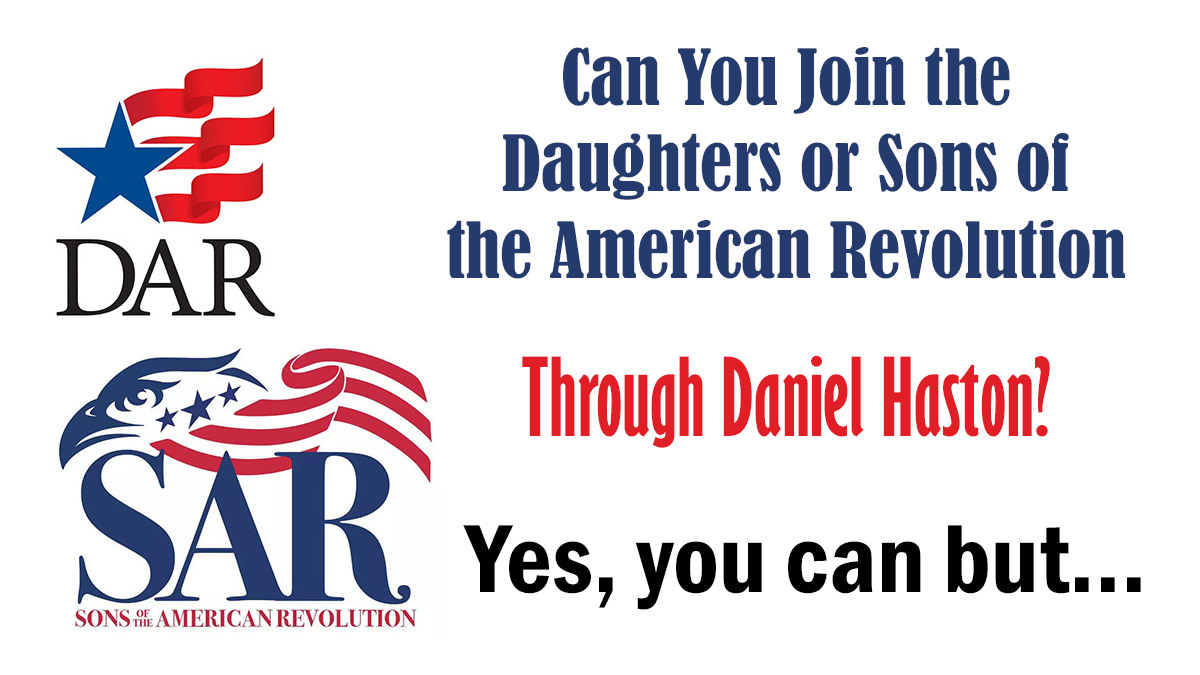
How You Can Become a Member of the DAR or SAR

You must join as “Daniel Haston – a Patriot,” not as “Daniel Haston – a Veteran.”
What’s the difference? Read on.
Sons of the American Revolution
Since 1889, the Sons of the American Revolution (SAR) has honored our Revolutionary War patriot ancestors by promoting patriotism, serving our communities and educating and inspiring future generations about the founding principles of our Country. Members (over 37,000) of the Sons of the American Revolution can trace their genealogy to a patriot who served in or supported the cause of the American War for Independence.
As of 2022, four men had joined the Sons of the American Revolution, one in 1960, one in 1974, and two in 2022. These men joined based on the claim that Daniel Haston was a Revolutionary War veteran based on a Revolutionary War land grant that has since been revealed to probably be fraudulent and invalid.
Consequently, the requirements to prove that Daniel Haston was a veteran in the War for American Independence have become much more stringent since 2022, requiring any applicant to prove that (1) our Daniel Haston truly fought in the Revolution and (2) that the applicant can provide documented proof of a lineal connection back to Daniel Hiestand/Haston.
The SAR no longer assumes that the evidence submitted by the existing four members is valid proof that Daniel Hiestand/Haston was a veteran of the American Revolution. New applicants will now be required to provide more convincing evidence based on unquestioned valid documentation. Based on what is now known about Daniel Hiestand/Haston, it is unlikely that anyone will ever be admitted to the SAR again through Daniel as a veteran.
However, if you can prove your direct ancestral lineage back to Daniel Hiestand/Haston, you can join the Sons of the American Revolution through Daniel as a patriot, who paid taxes that were used to support the Revolution. In 1782 and 1783, Daniel Hiestand paid Personal Property taxes to Shenandoah County, VA. These taxes were used to support the American patriot cause in the war. Look (below) at the Law of Virginia that was passed in the May 1782 Session of the State’s General Assembly.




Daniel Hiestand/Haston paid the 1782 Personal Property Tax mentioned in this Act of the VA General Assembly, as well as the similar 1783 tax.
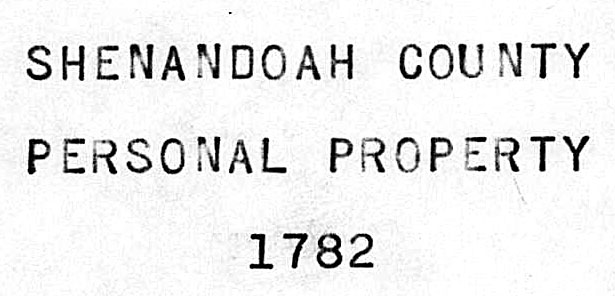

Shenandoah County, VA Personal Property Tax List, Series 07770, Reel No. 89. (Richmond, VA: Virginia State Library and Archives), image 422, page 11. https://www.familysearch.org/ark:/61903/3:1:3Q9M-CS79-2QL3-W?i=421&cat=695422
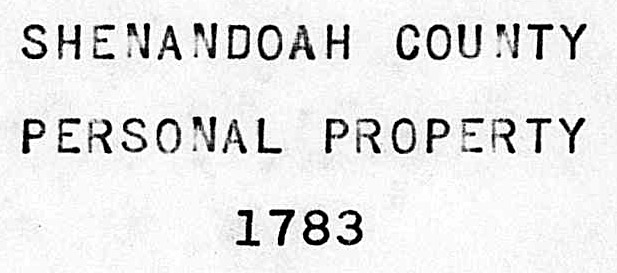

Shenandoah County, VA Personal Property Tax List, Series 07770, Reel No. 89. (Richmond, VA: Virginia State Library and Archives), image 442, page 16.
https://www.familysearch.org/ark:/61903/3:1:3Q9M-CS79-2QL9-4?i=441&cat=695422
Daughters of the American Revolution
The Daughters of the American Revolution (DAR), founded in 1890, is a “non-profit, non-political volunteer women’s service organization dedicated to promoting patriotism, preserving American history, and securing America’s future through better education for children. Any woman 18 years or older-regardless of race, religion, or ethnic background-who can prove lineal descent from a patriot of the American Revolution, is eligible for membership. The DAR boasts 190,000 members.”

Presumably, the same documentation as above (for the SAR) would suffice for membership into the DAR, through Daniel’s Patriotic Service demonstrated by paying the 1782 and 1783 taxes in Shenandoah County, VA.
If you appreciated this article, please share it with others who might also enjoy it.


